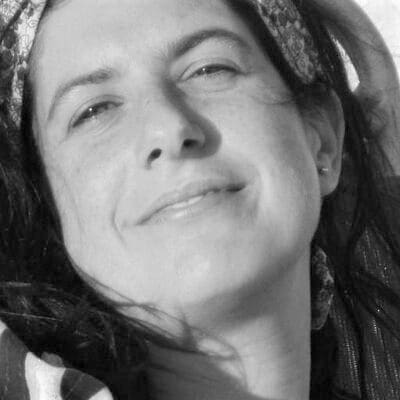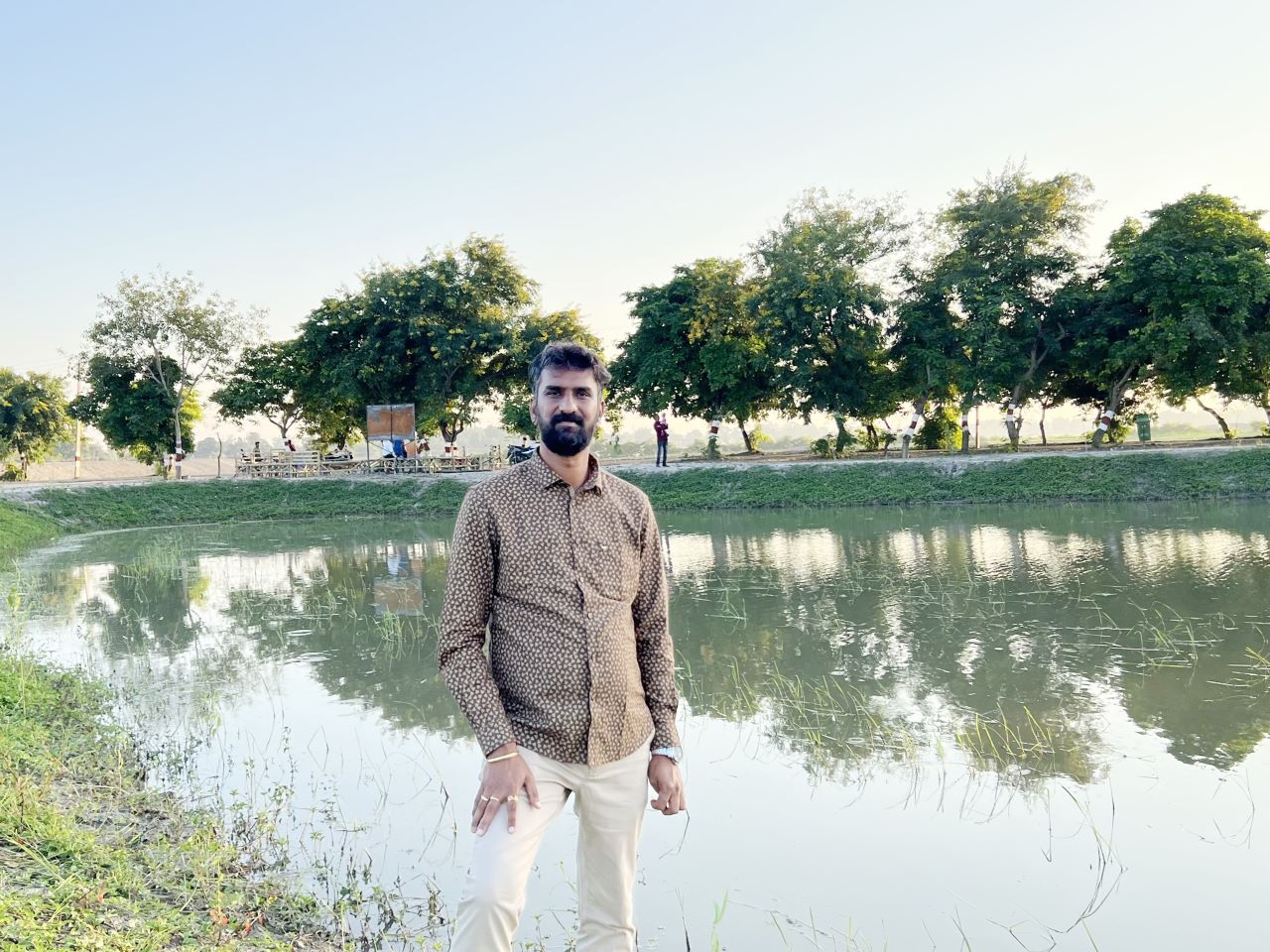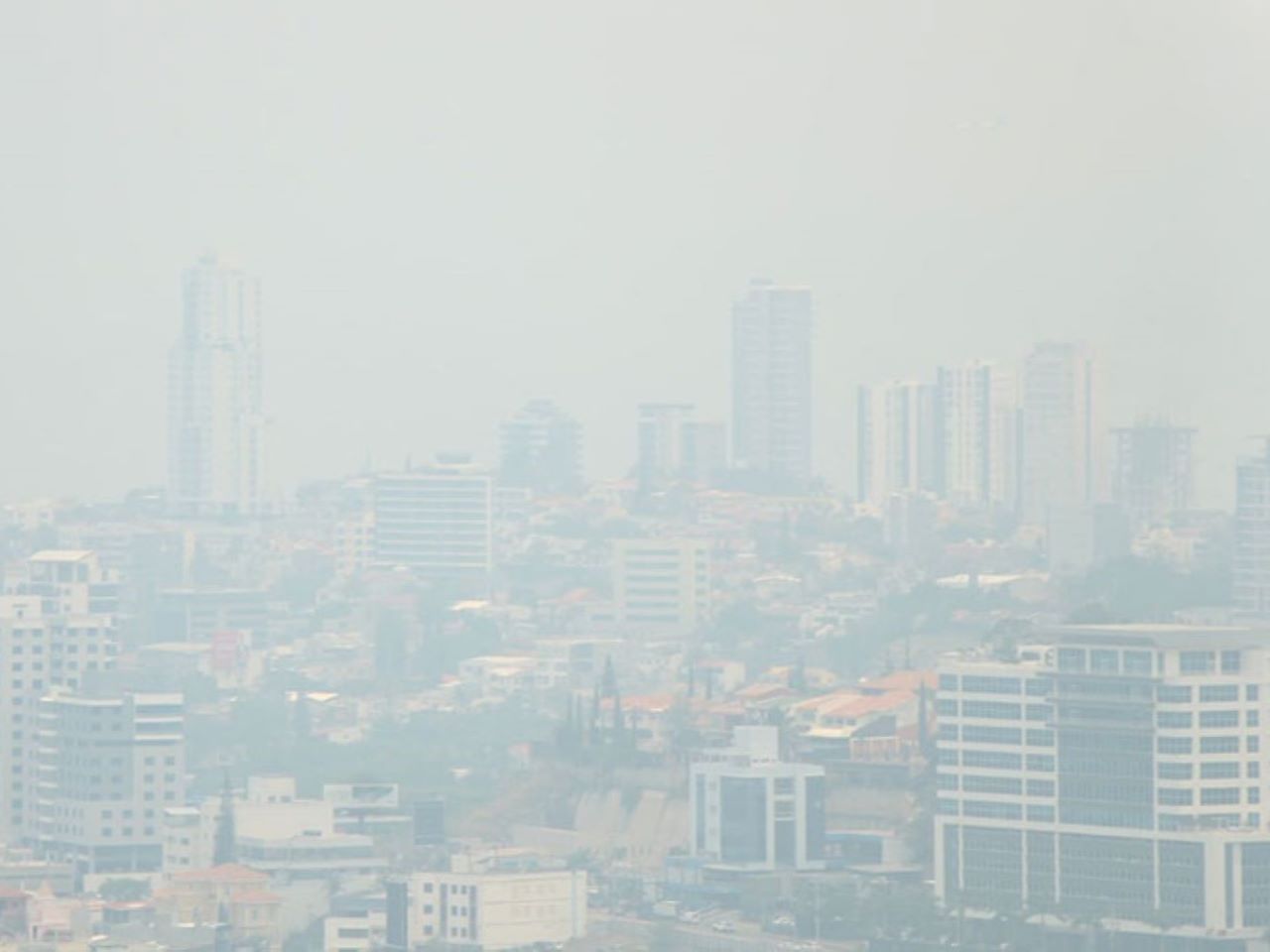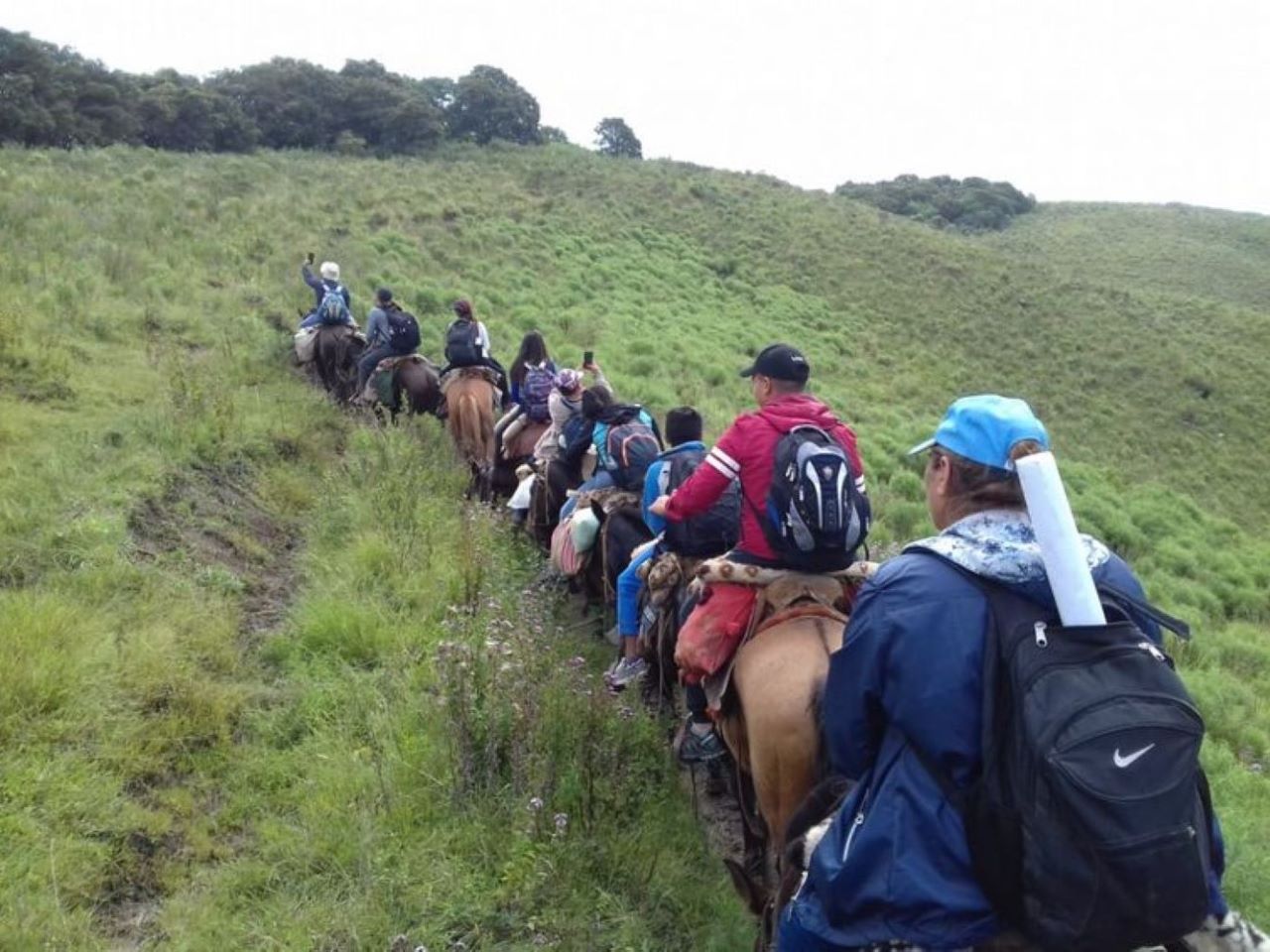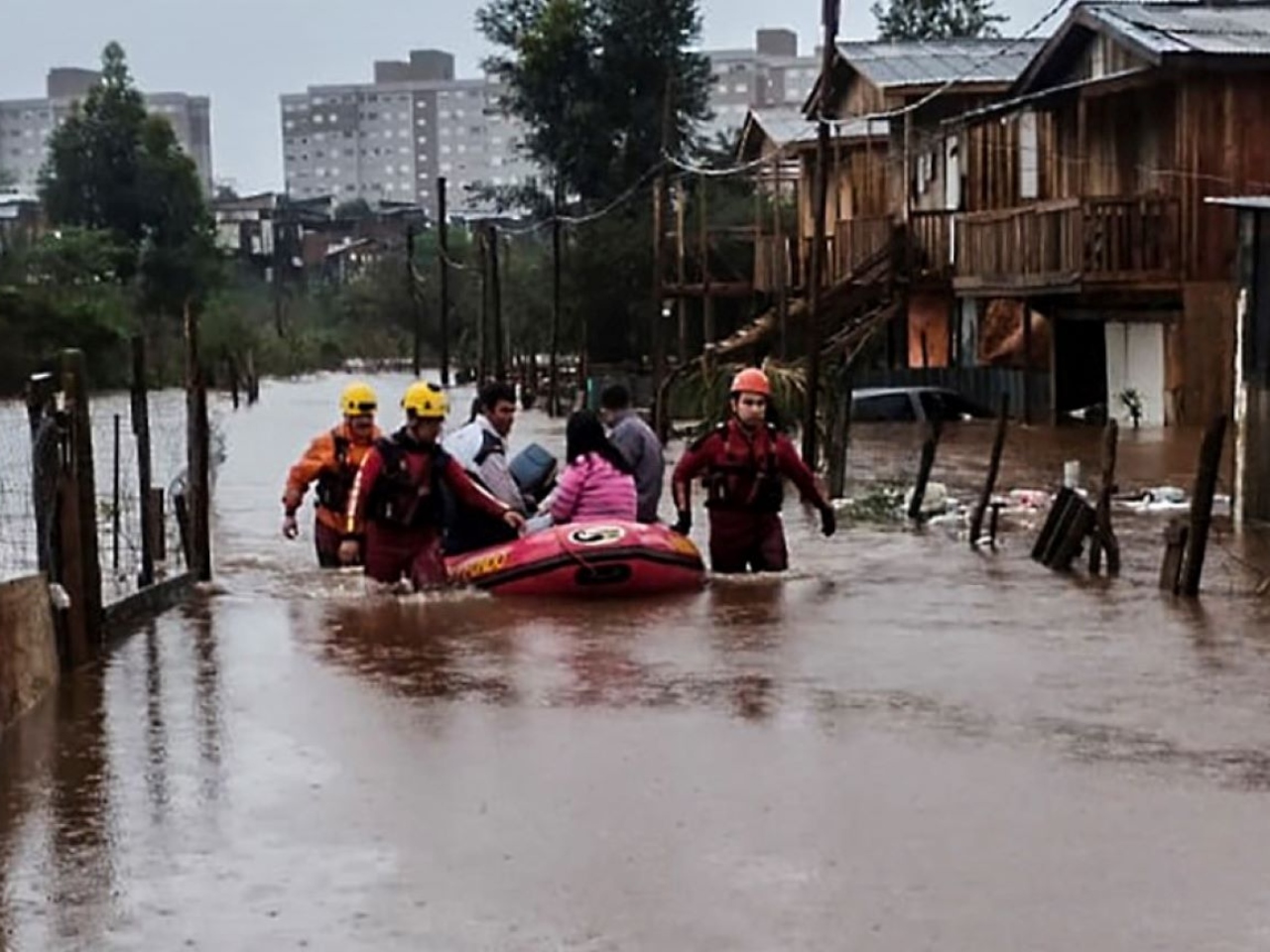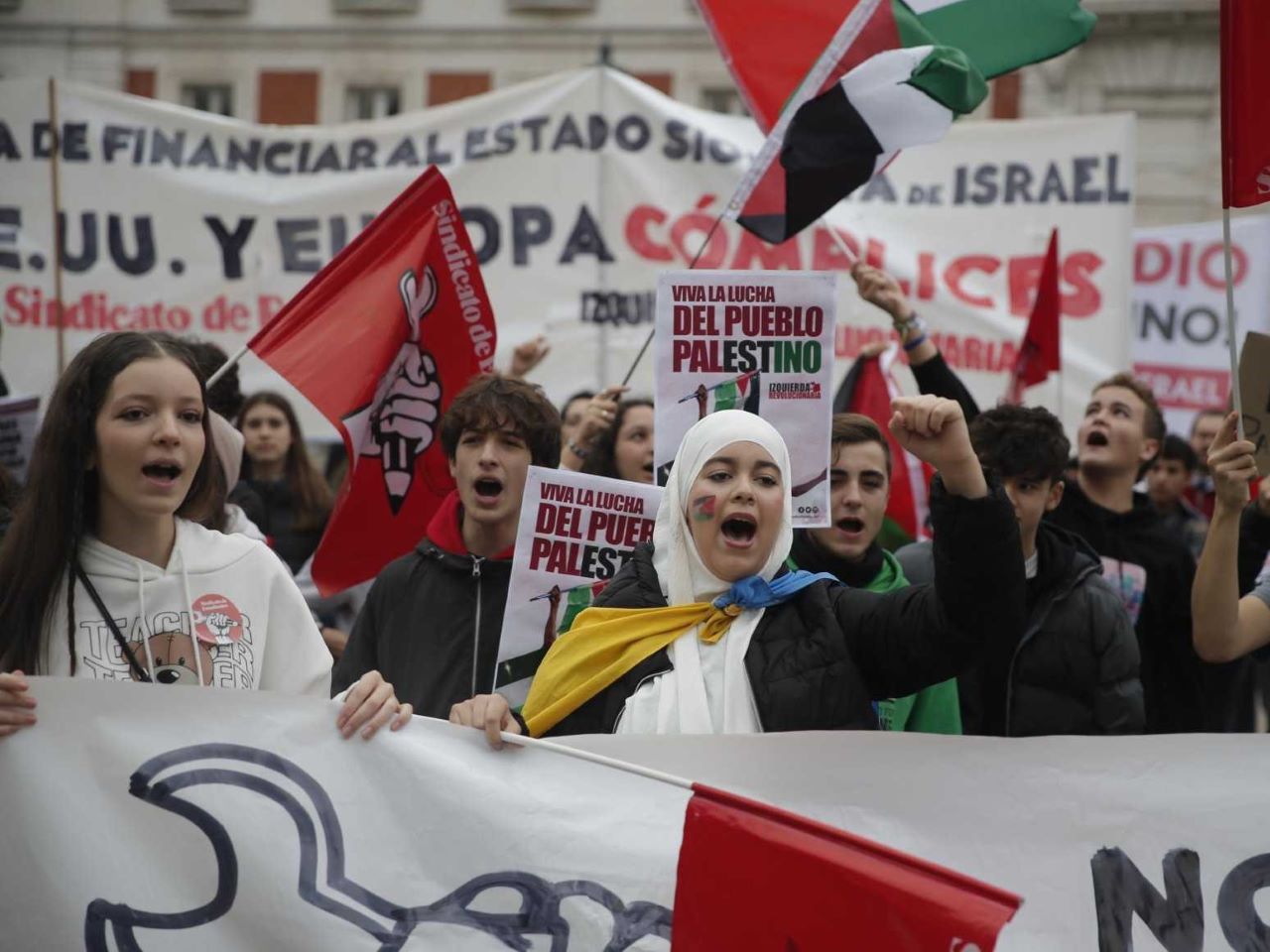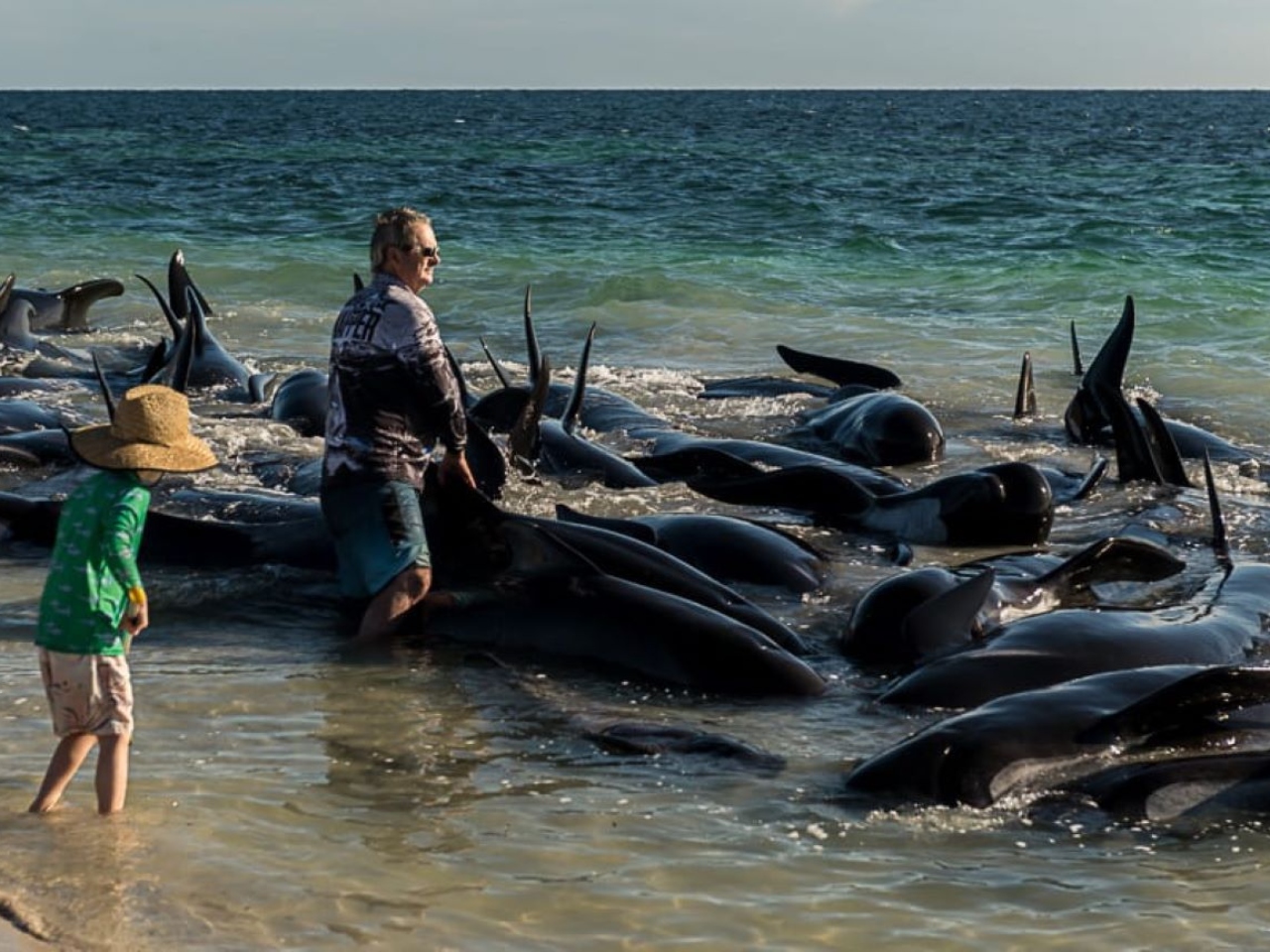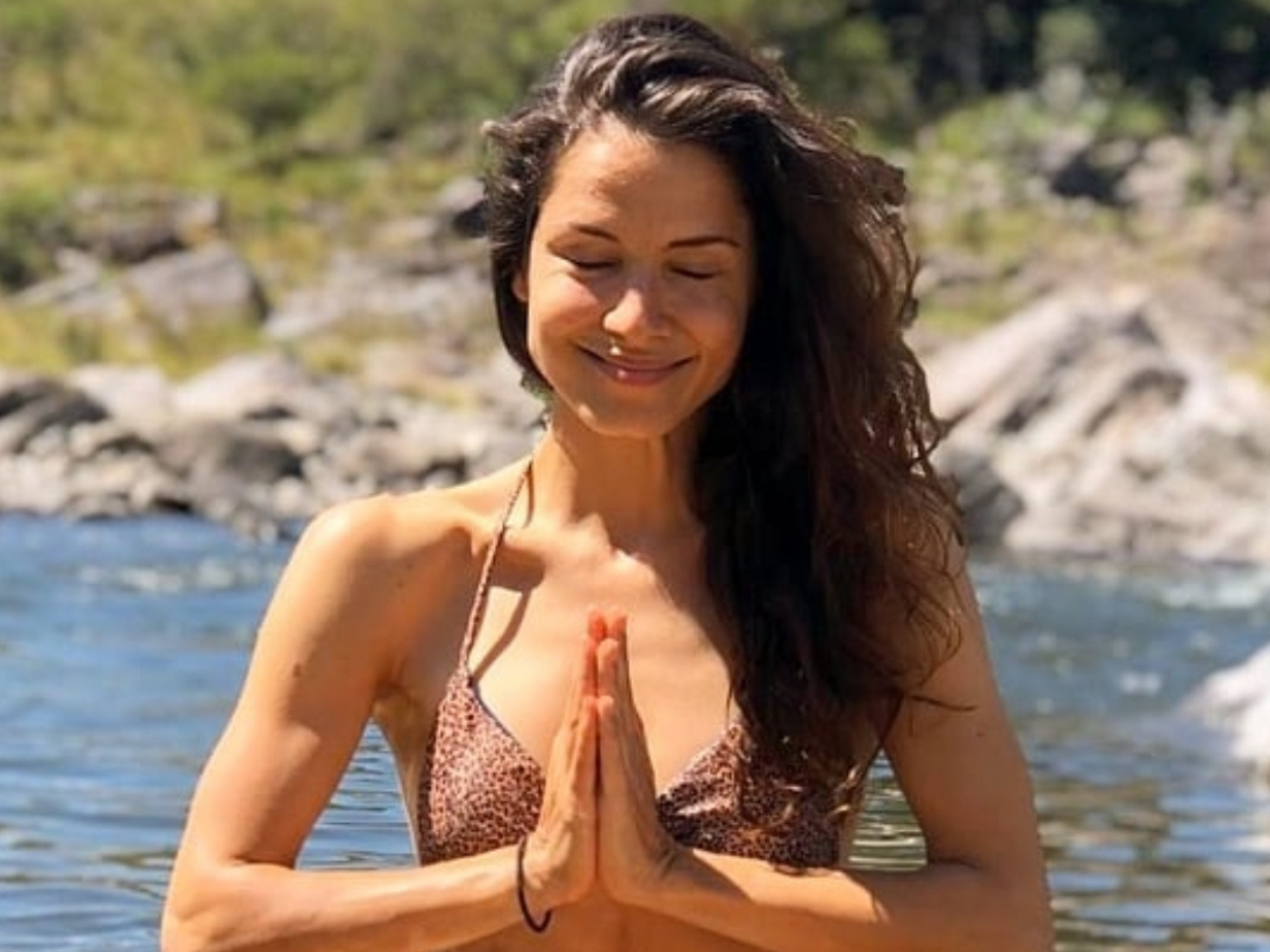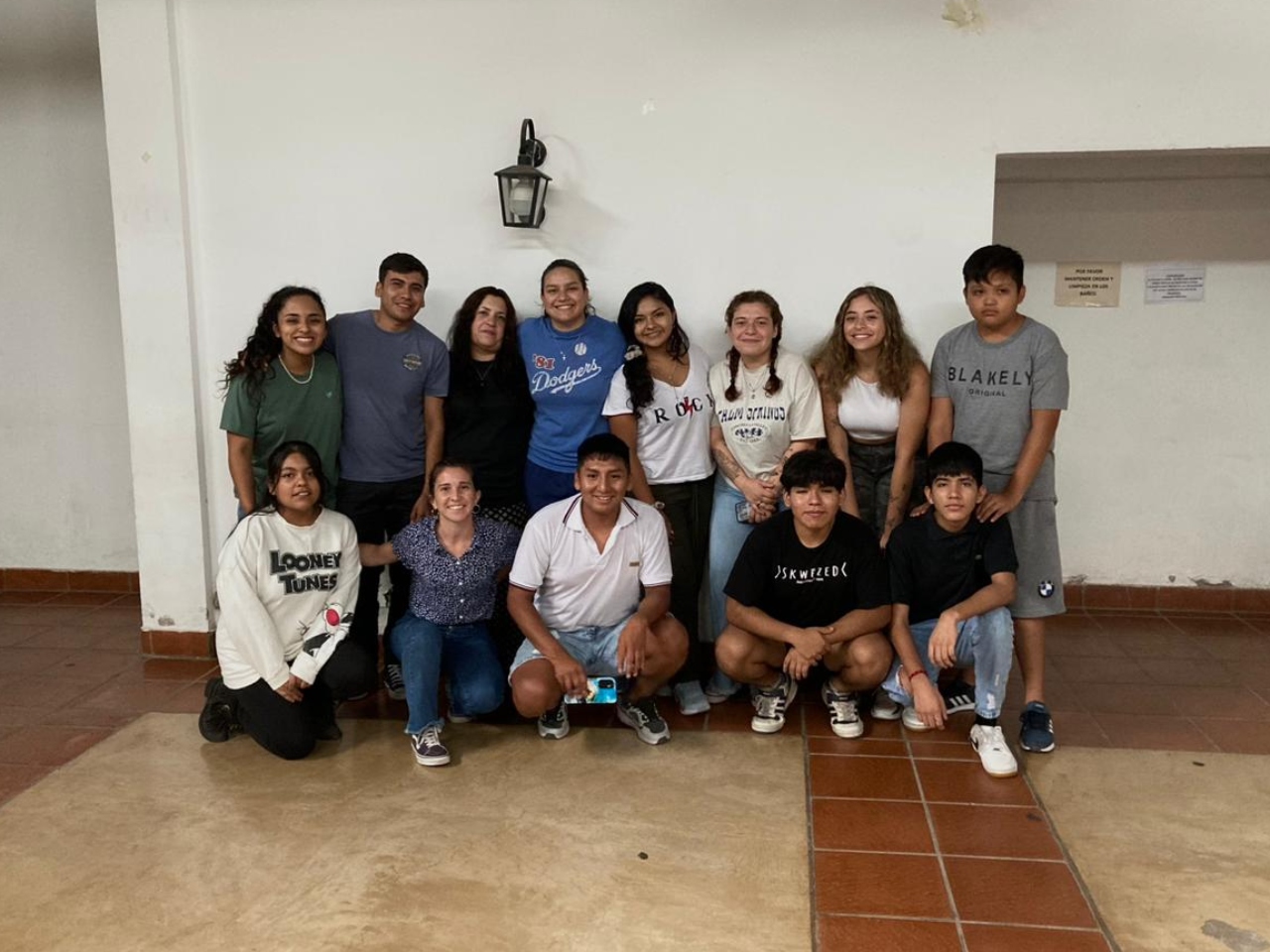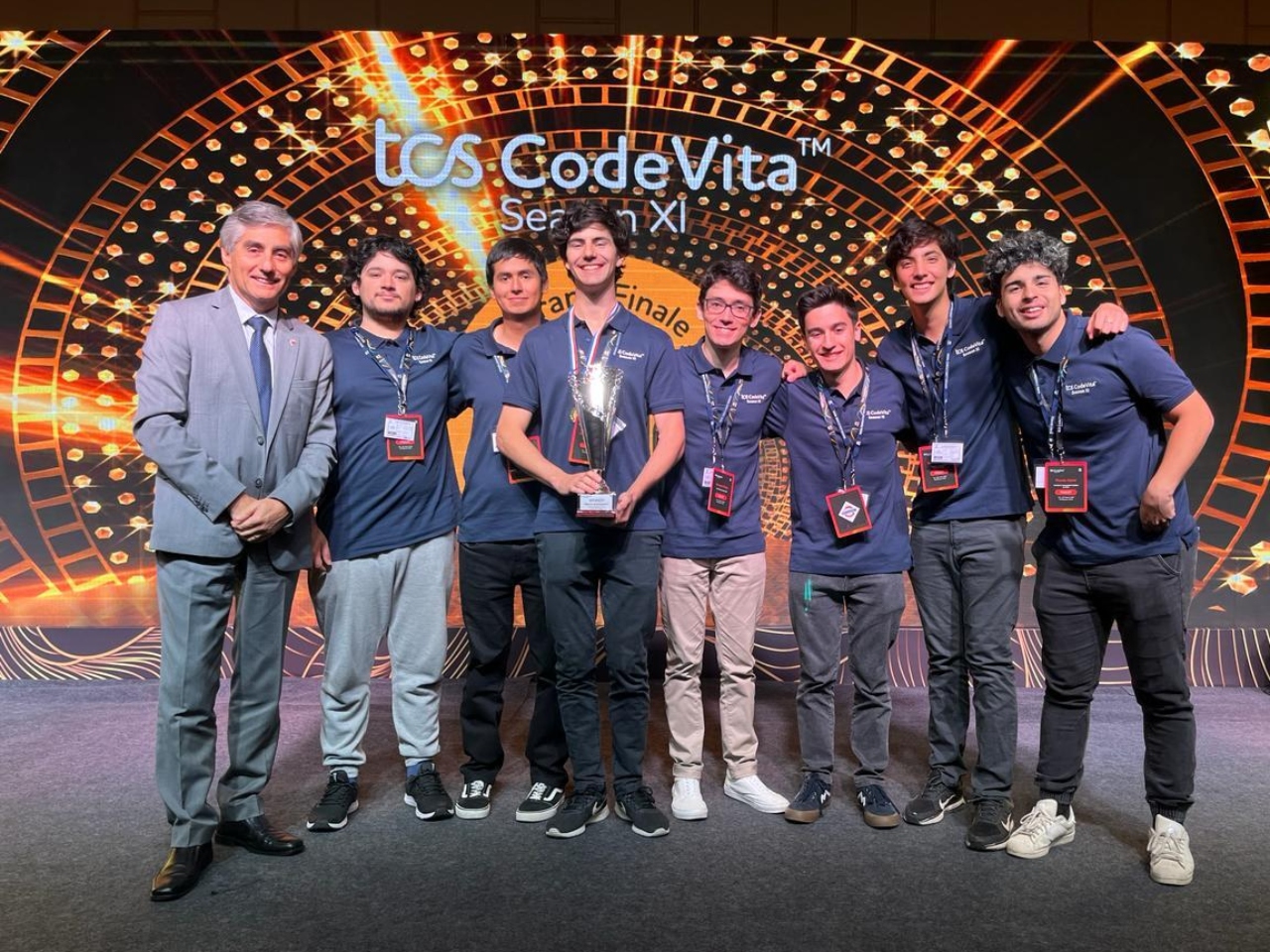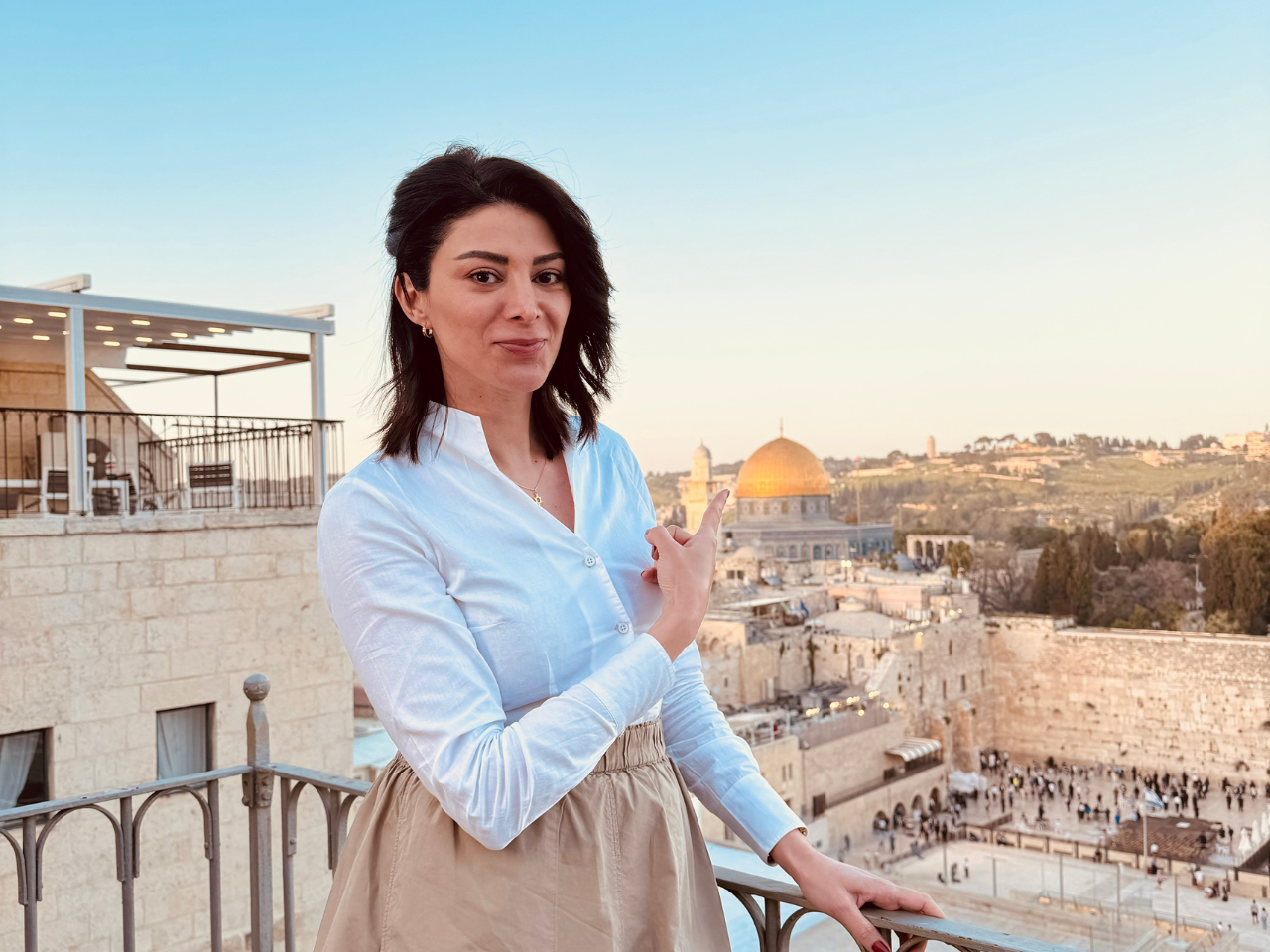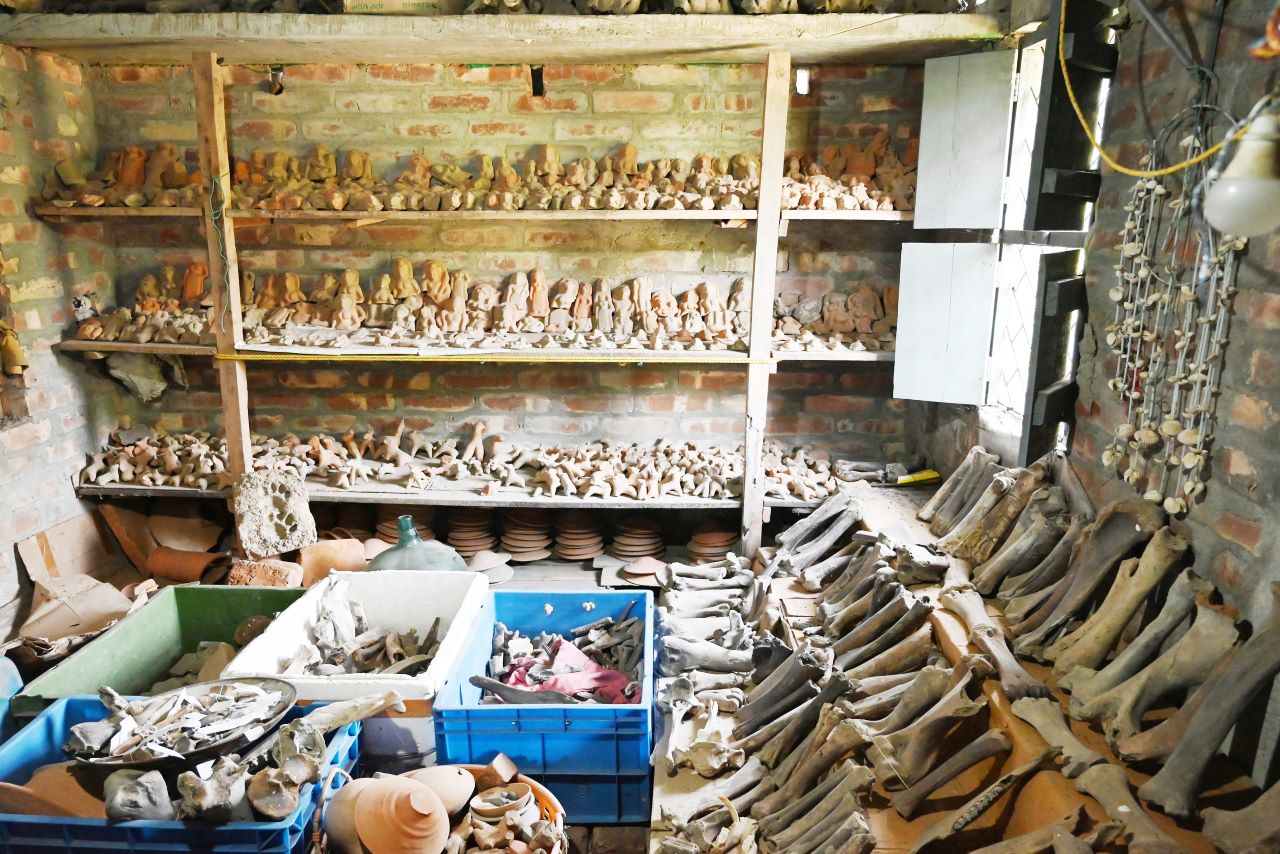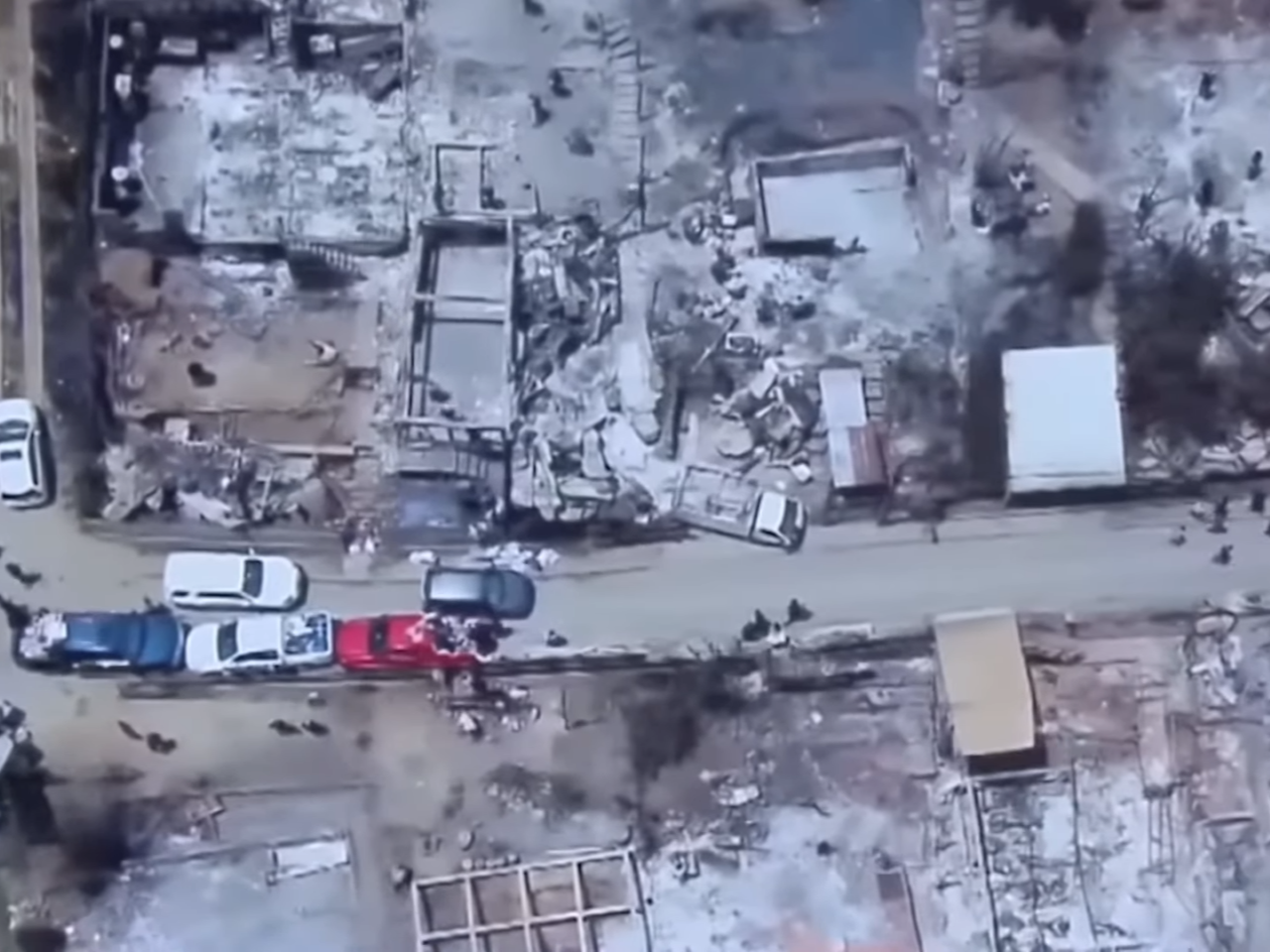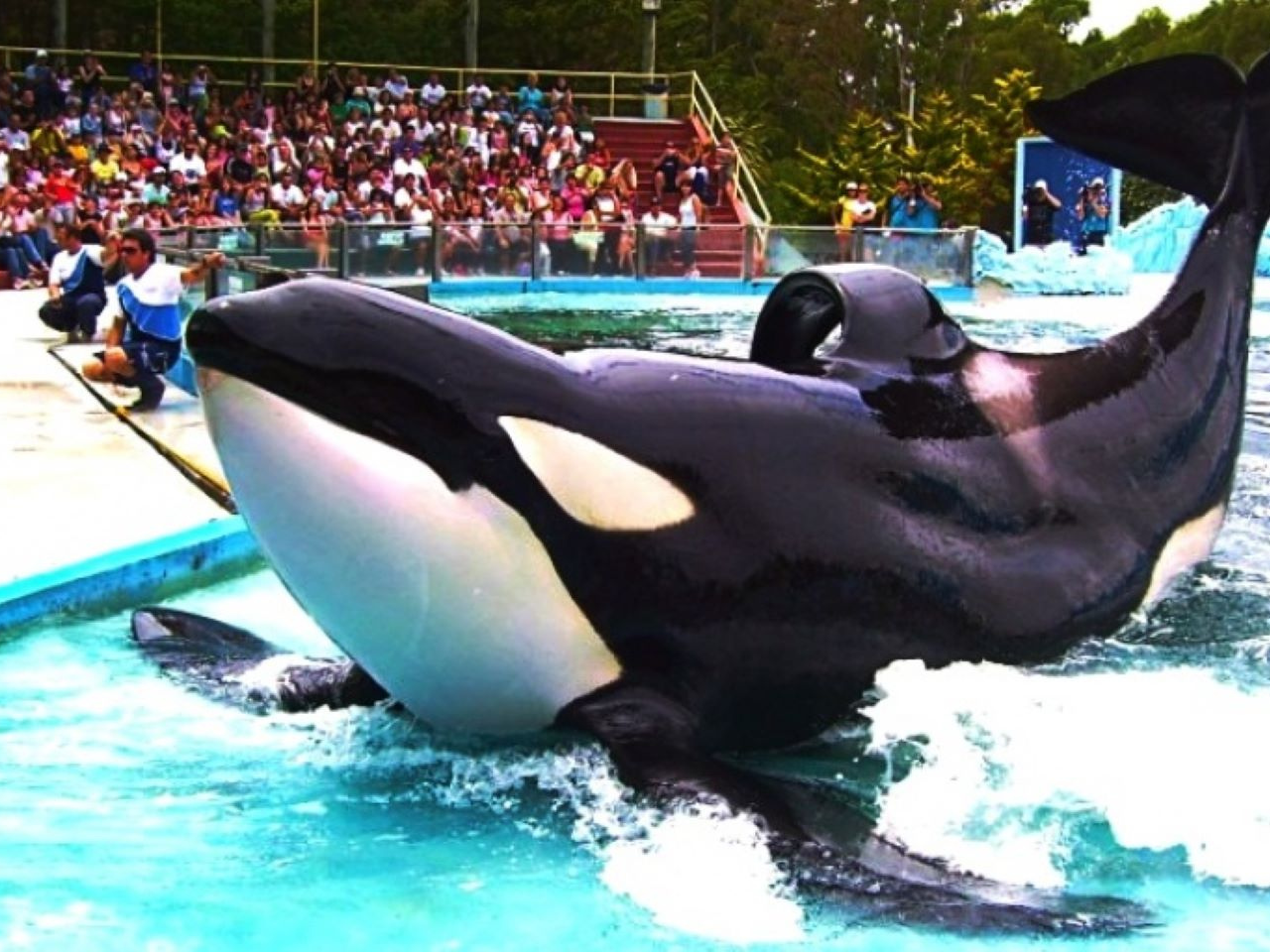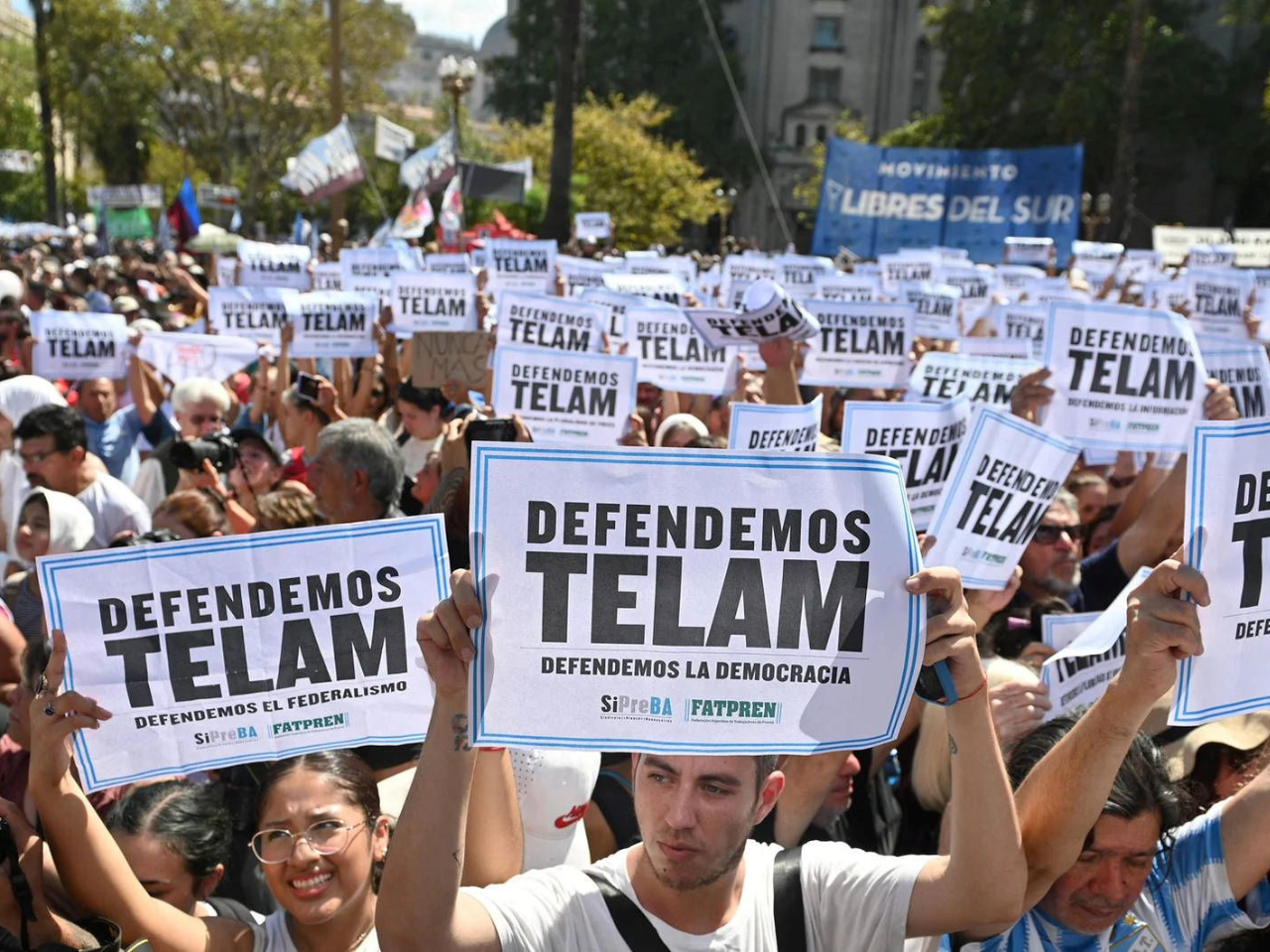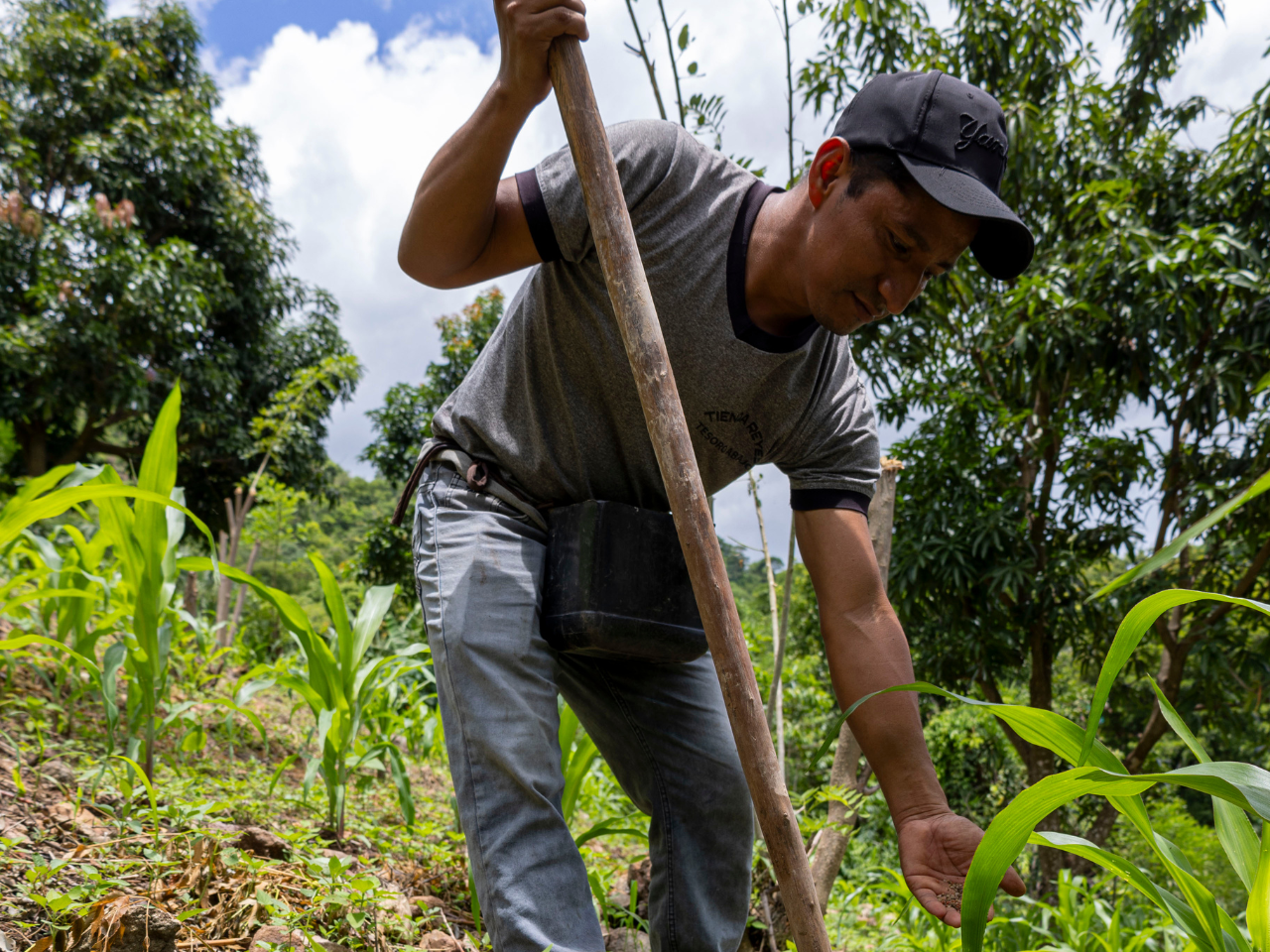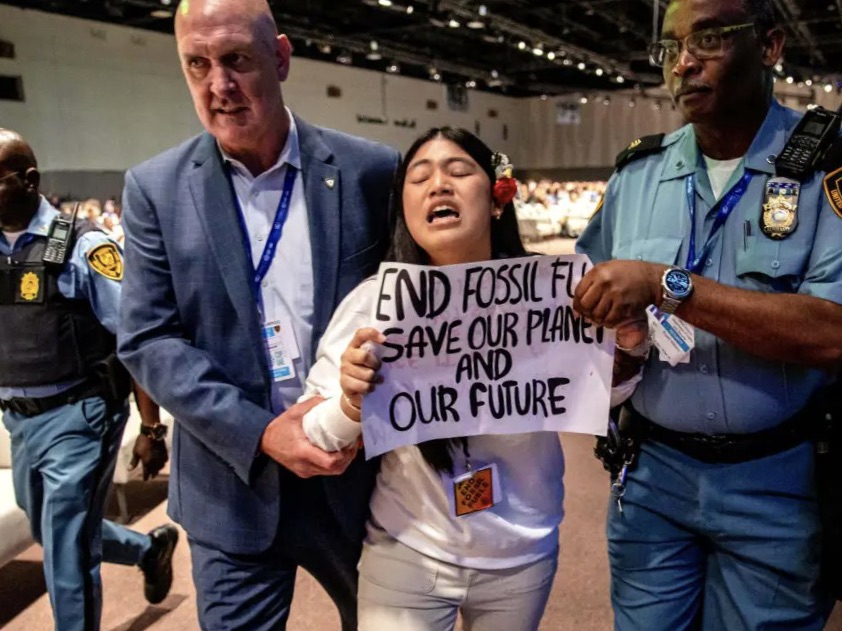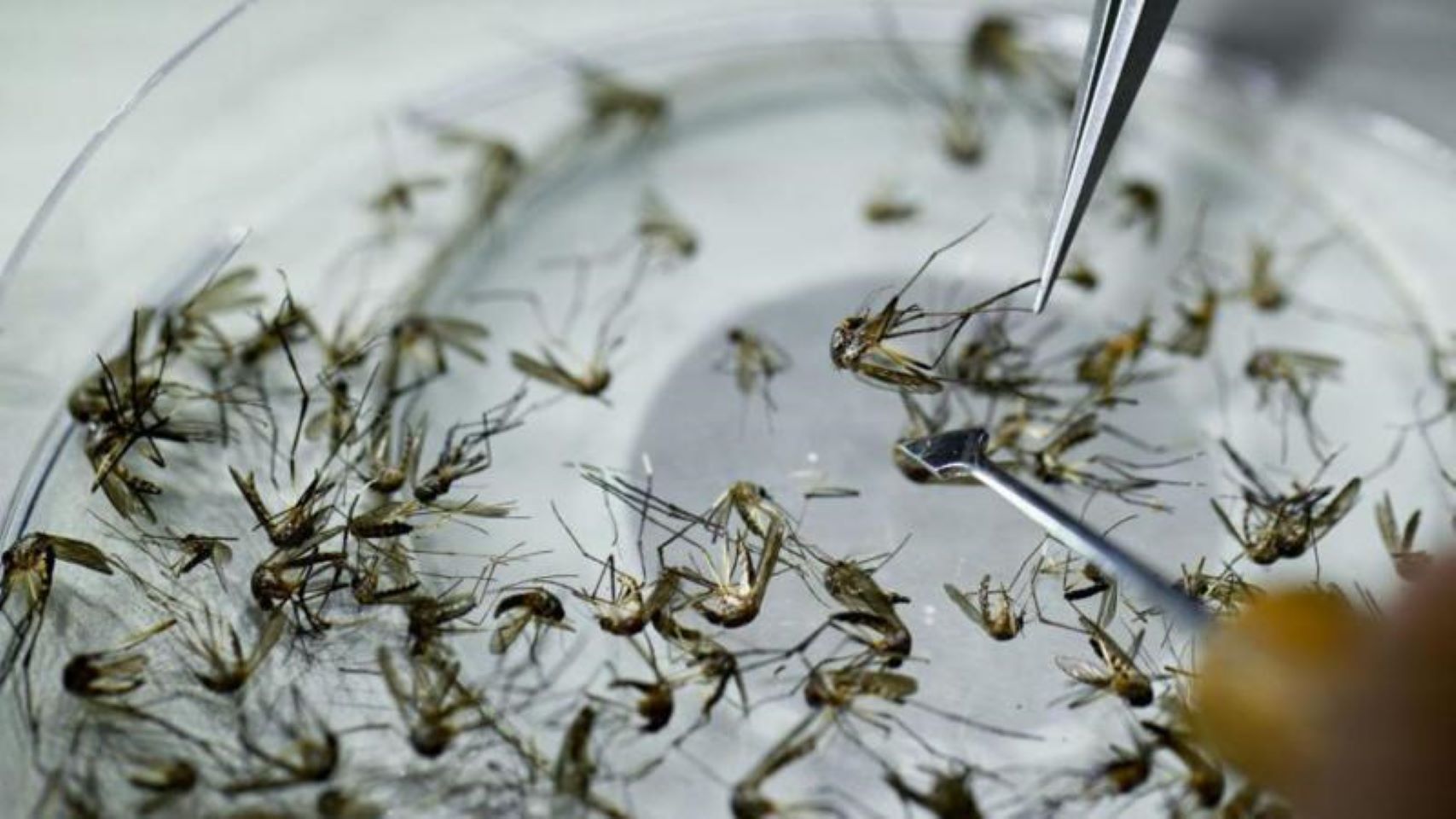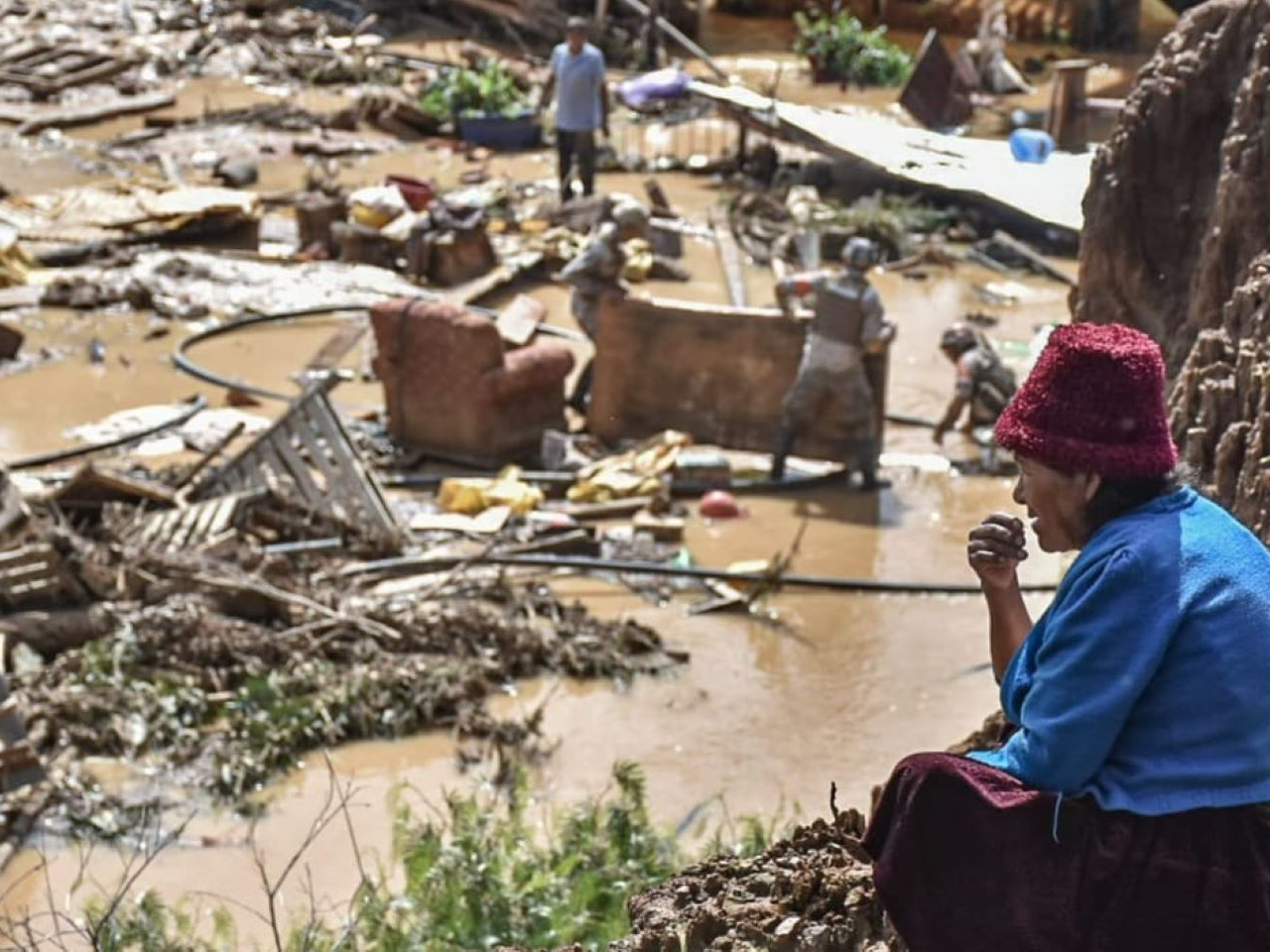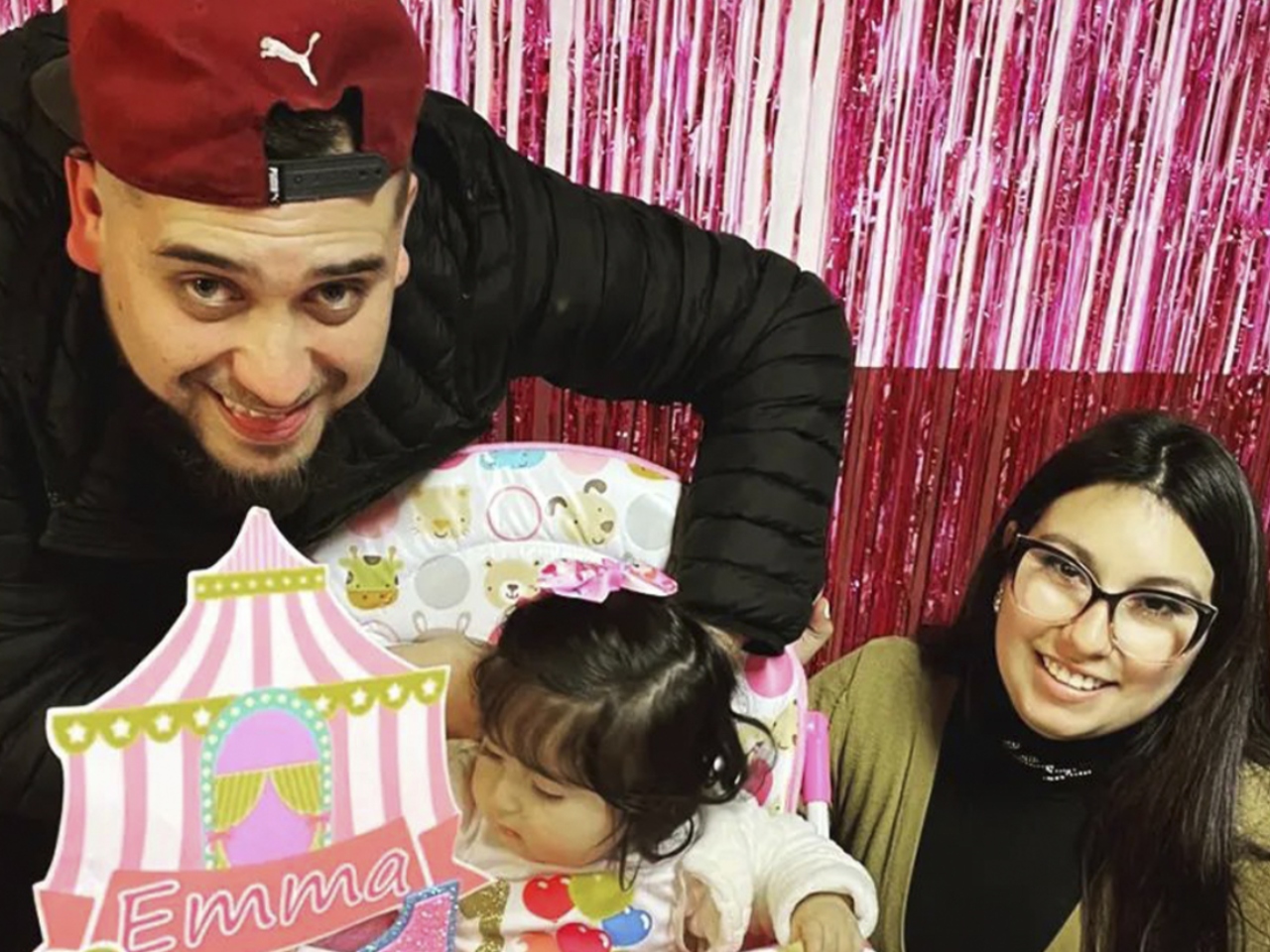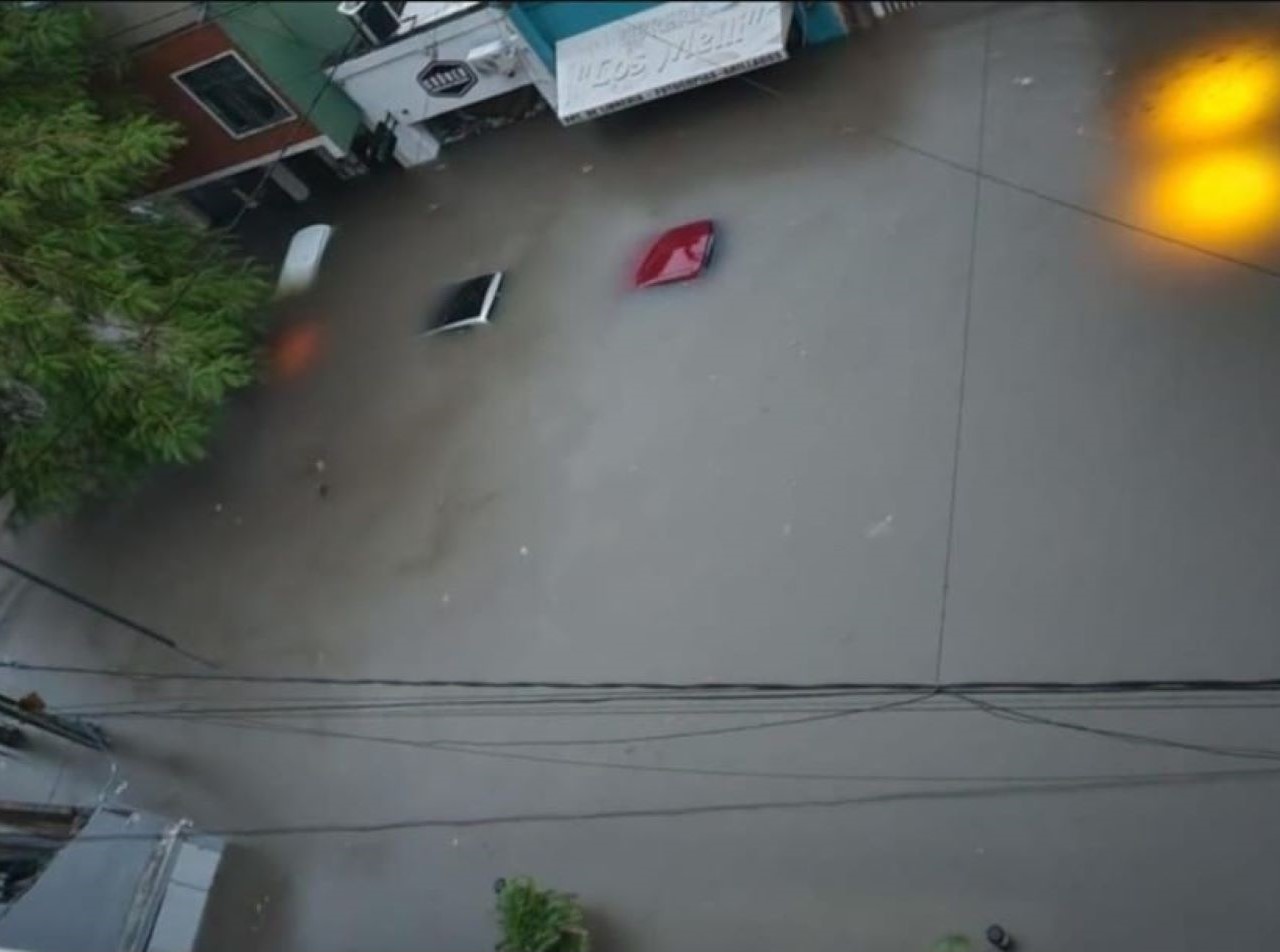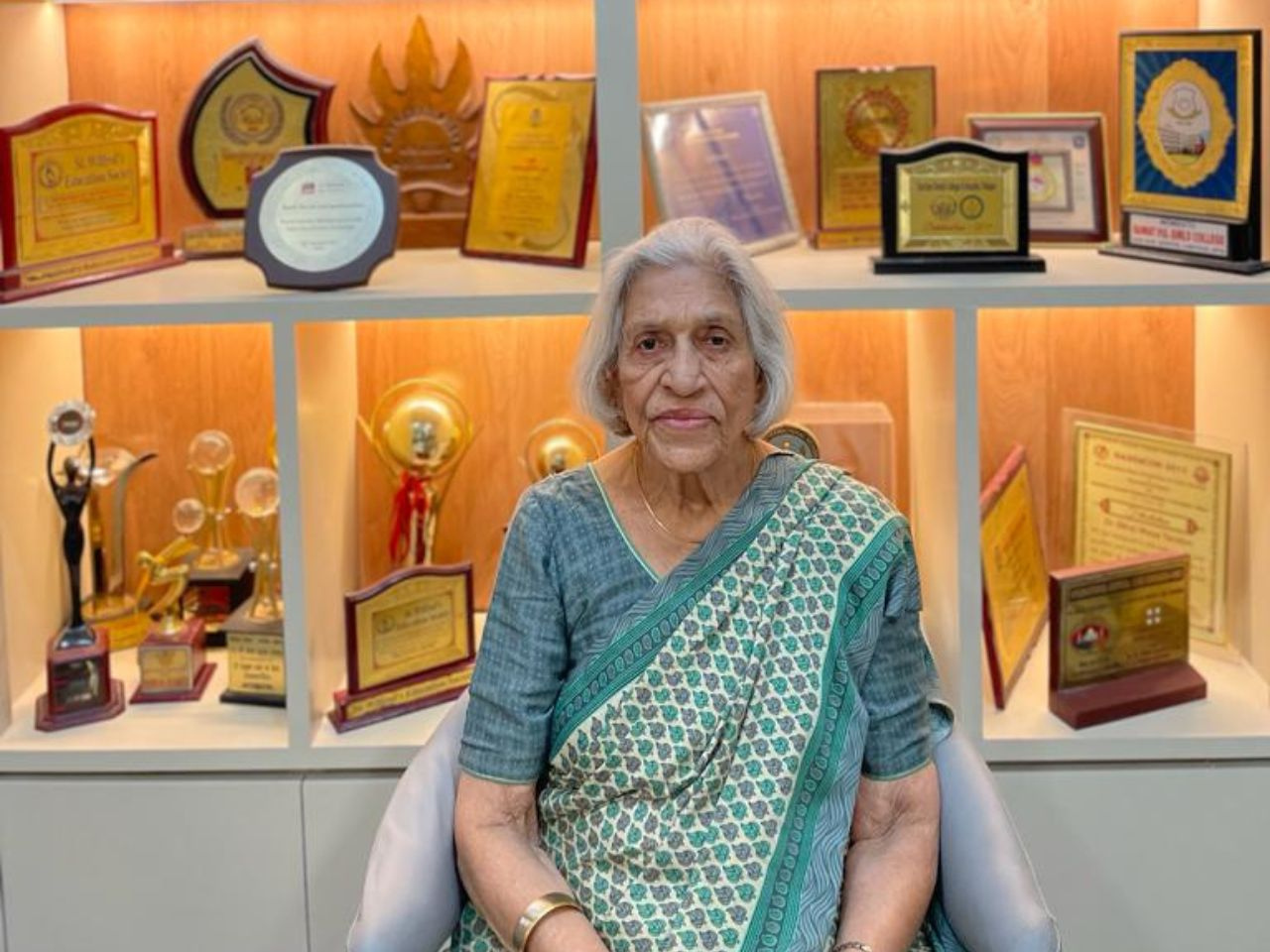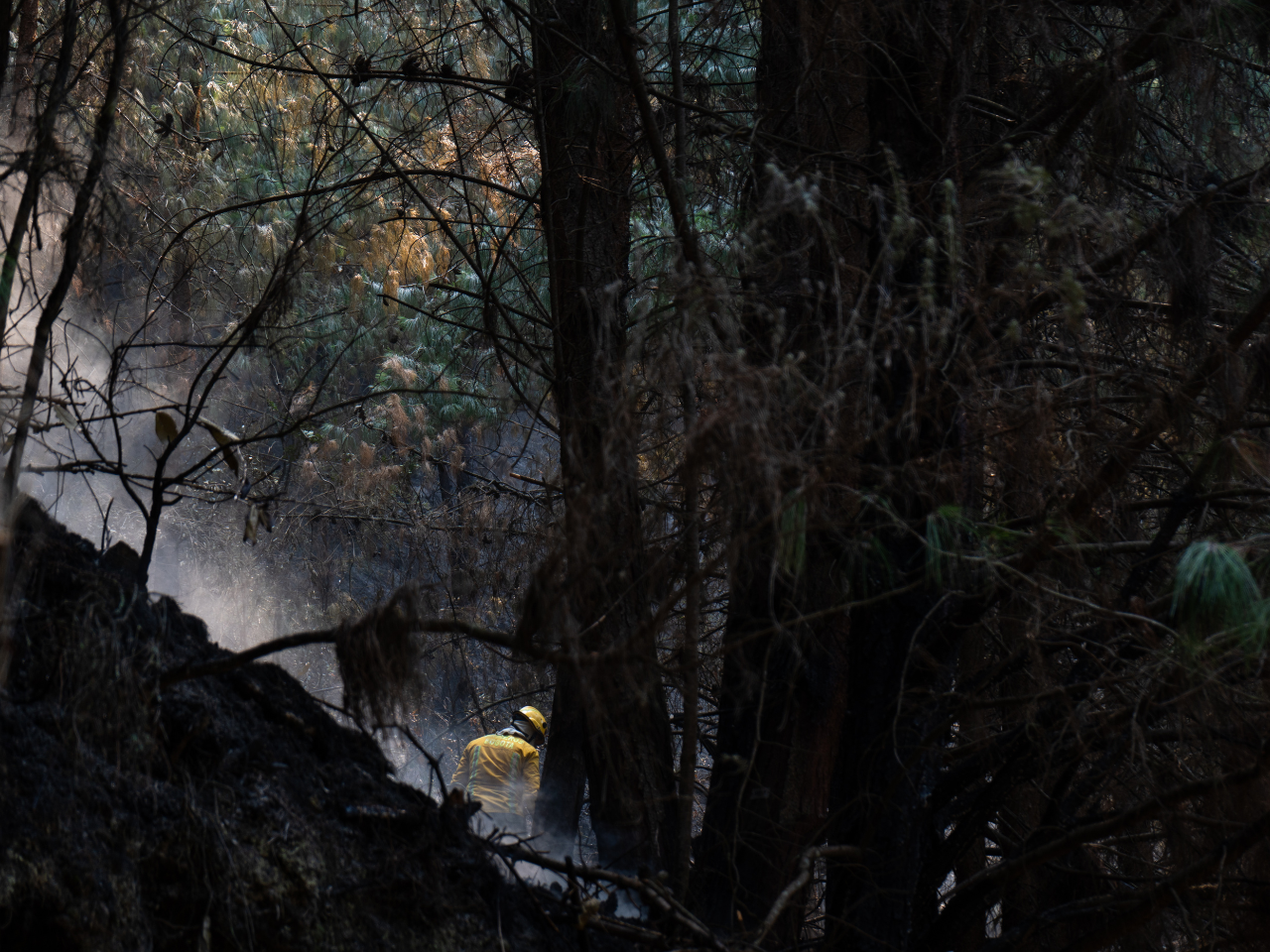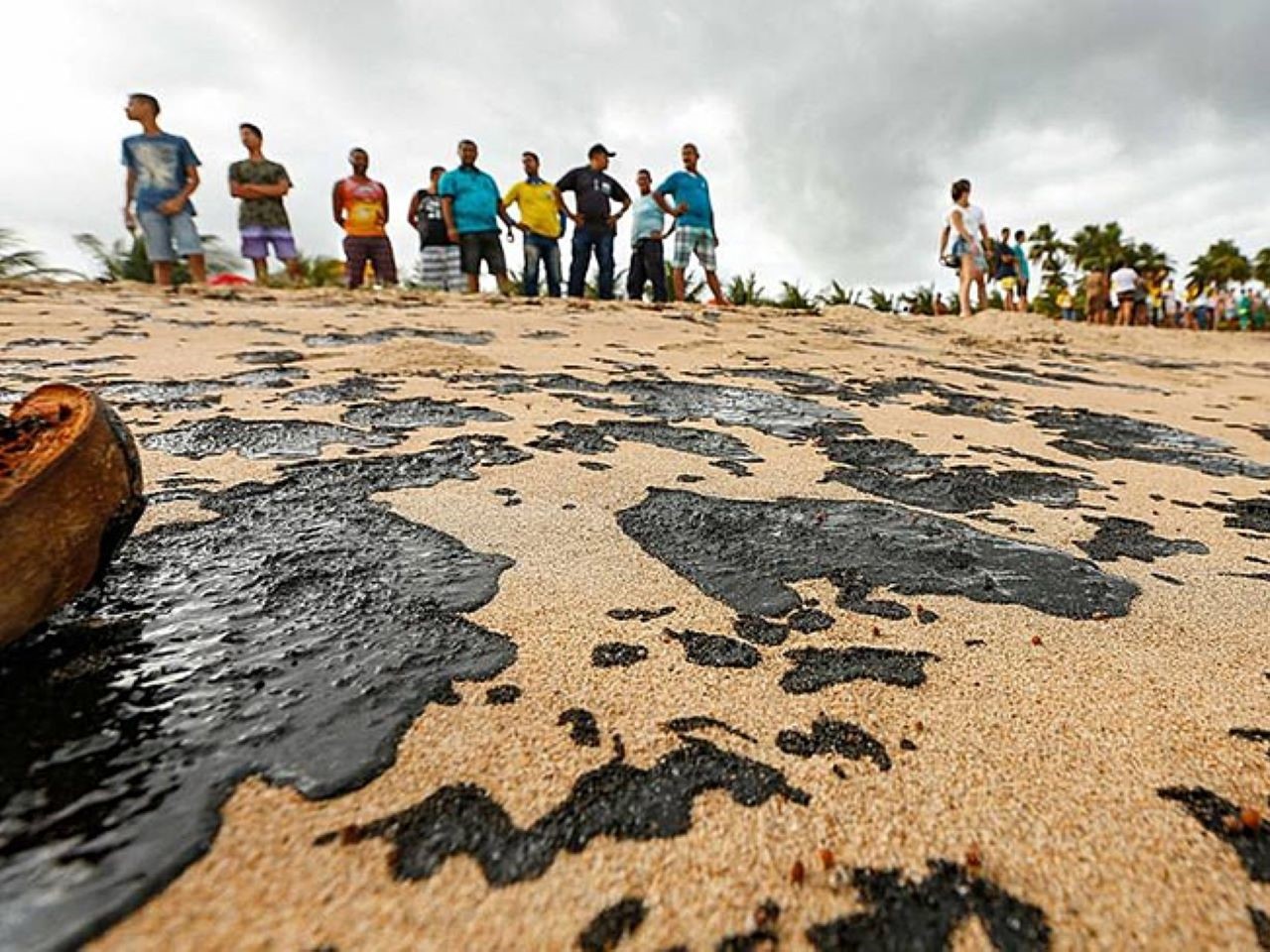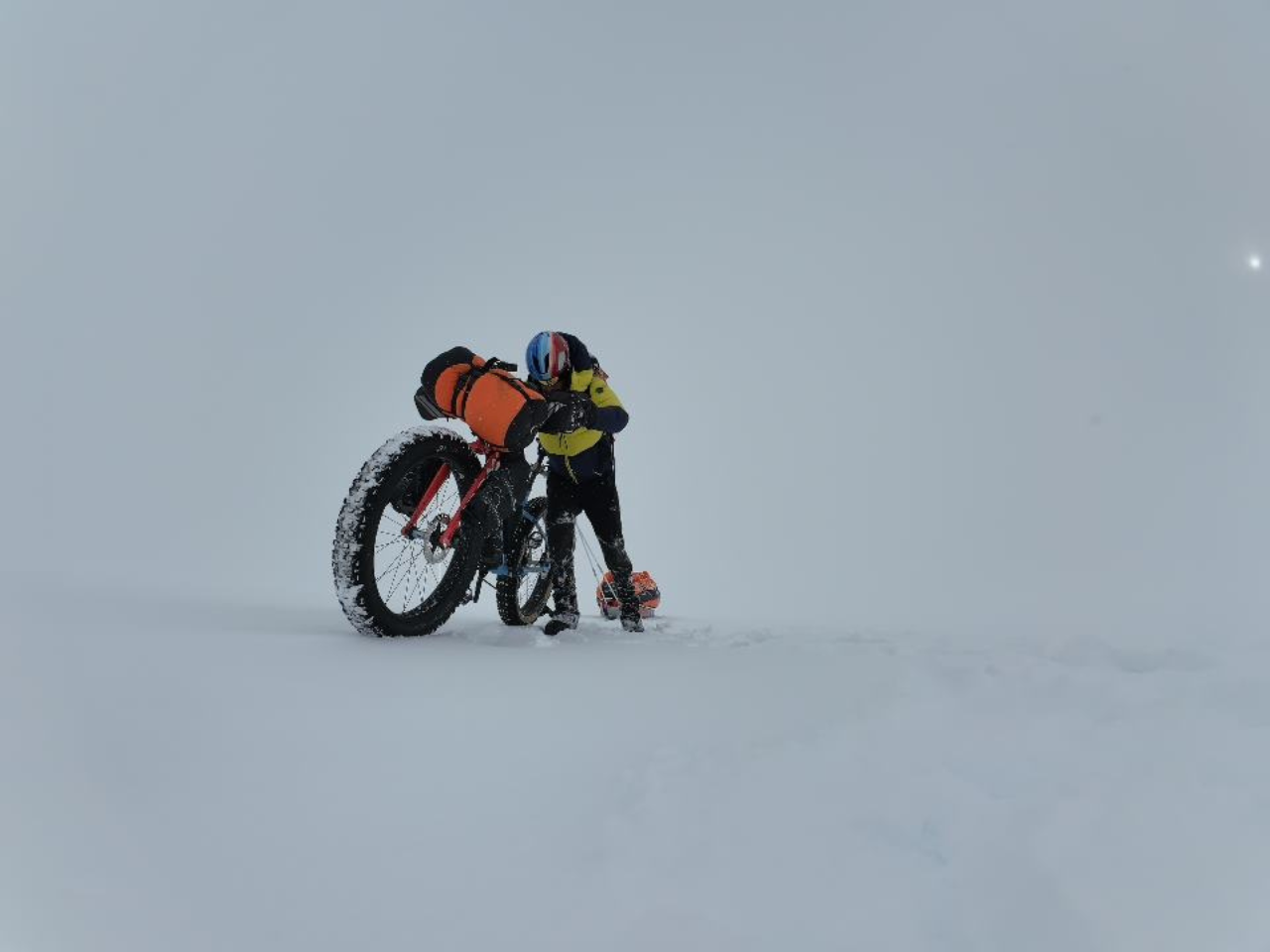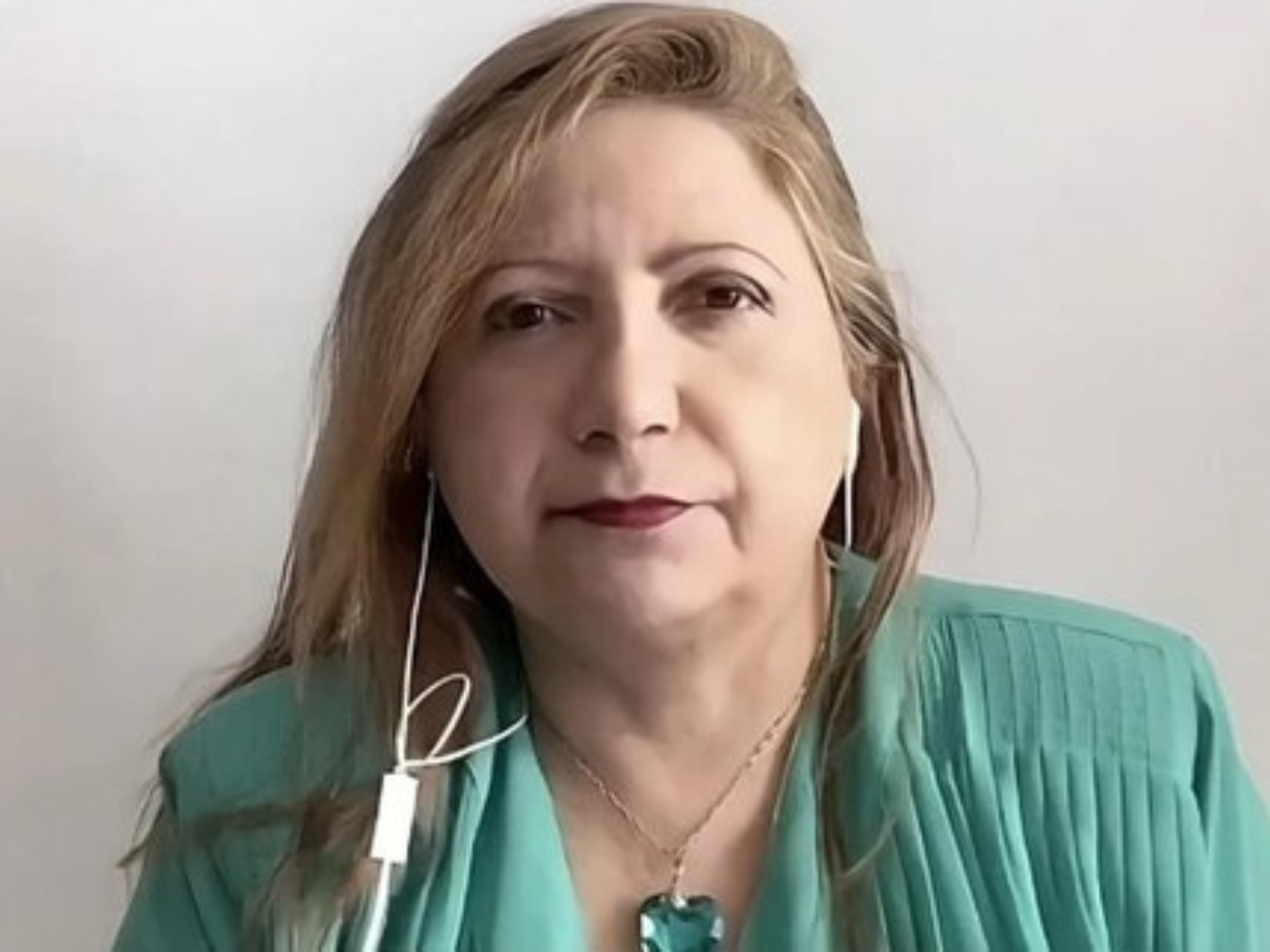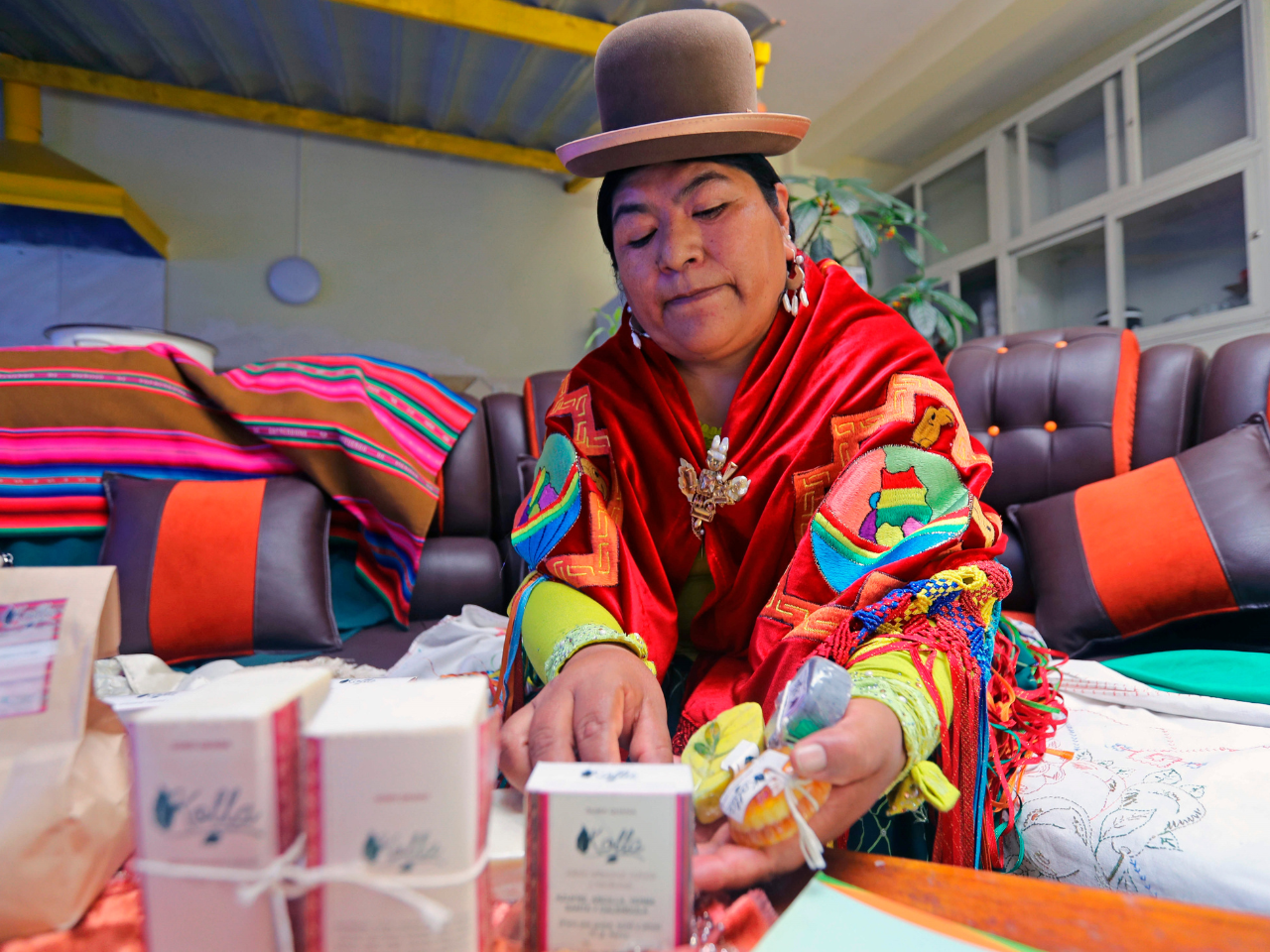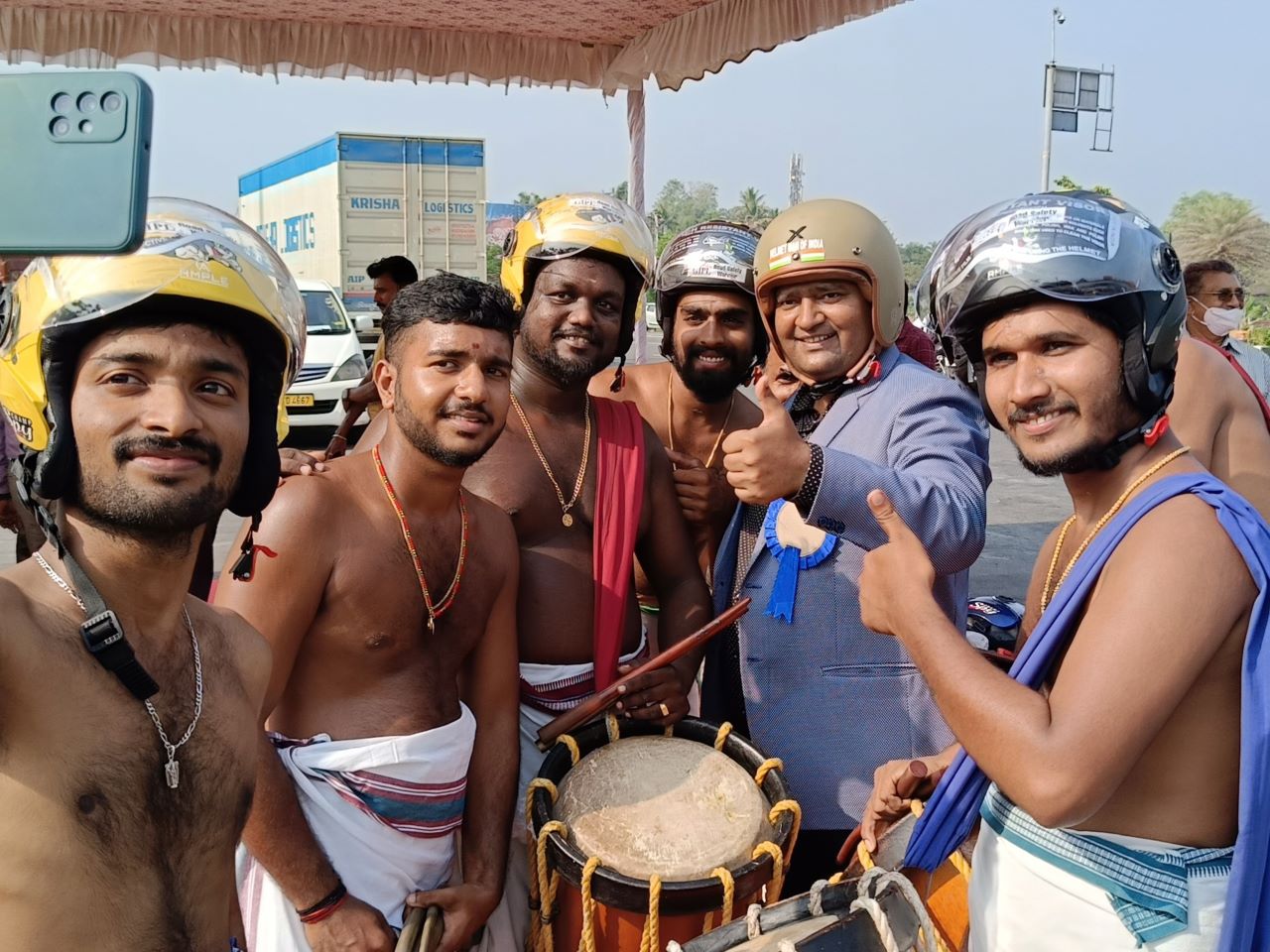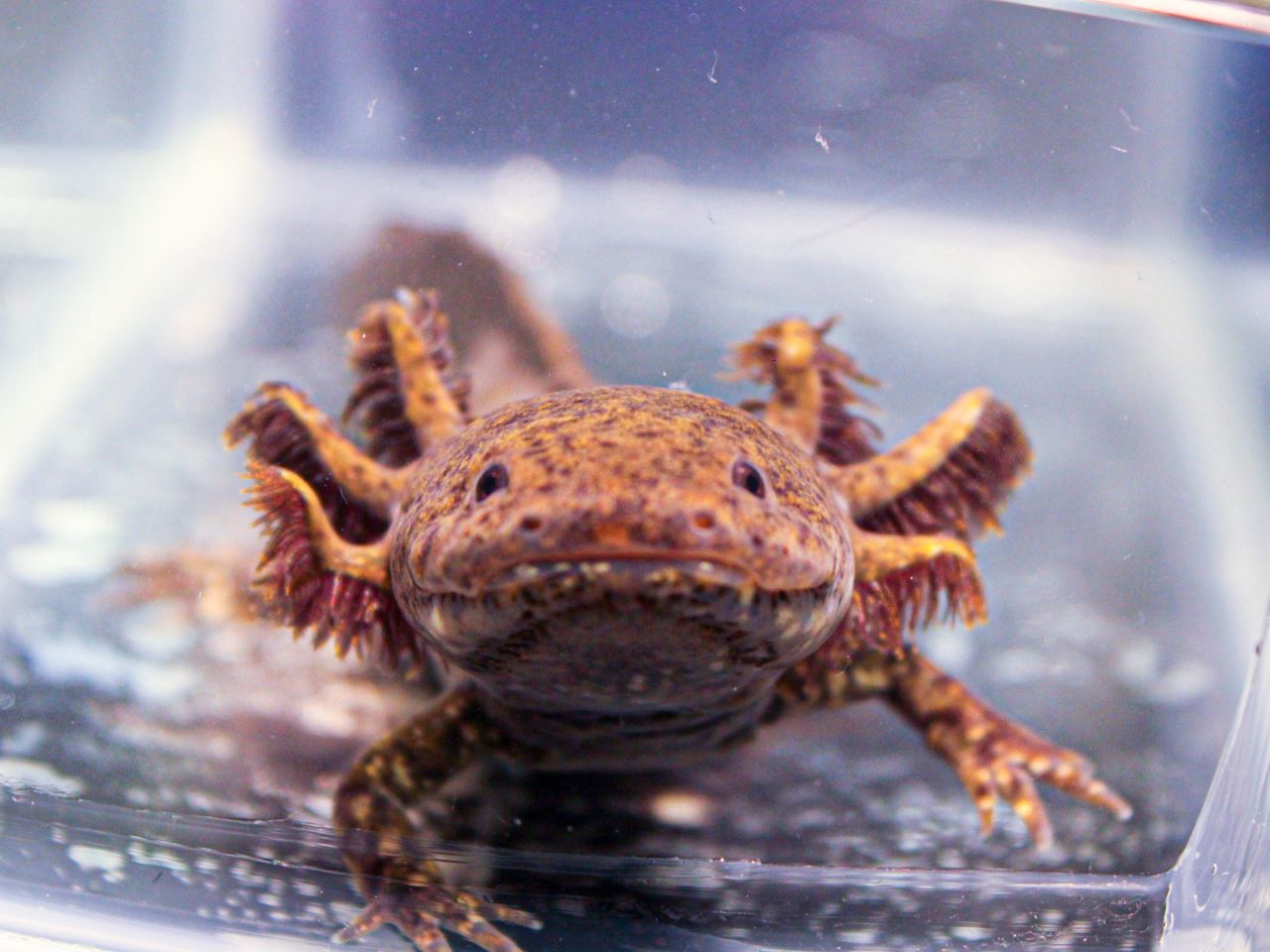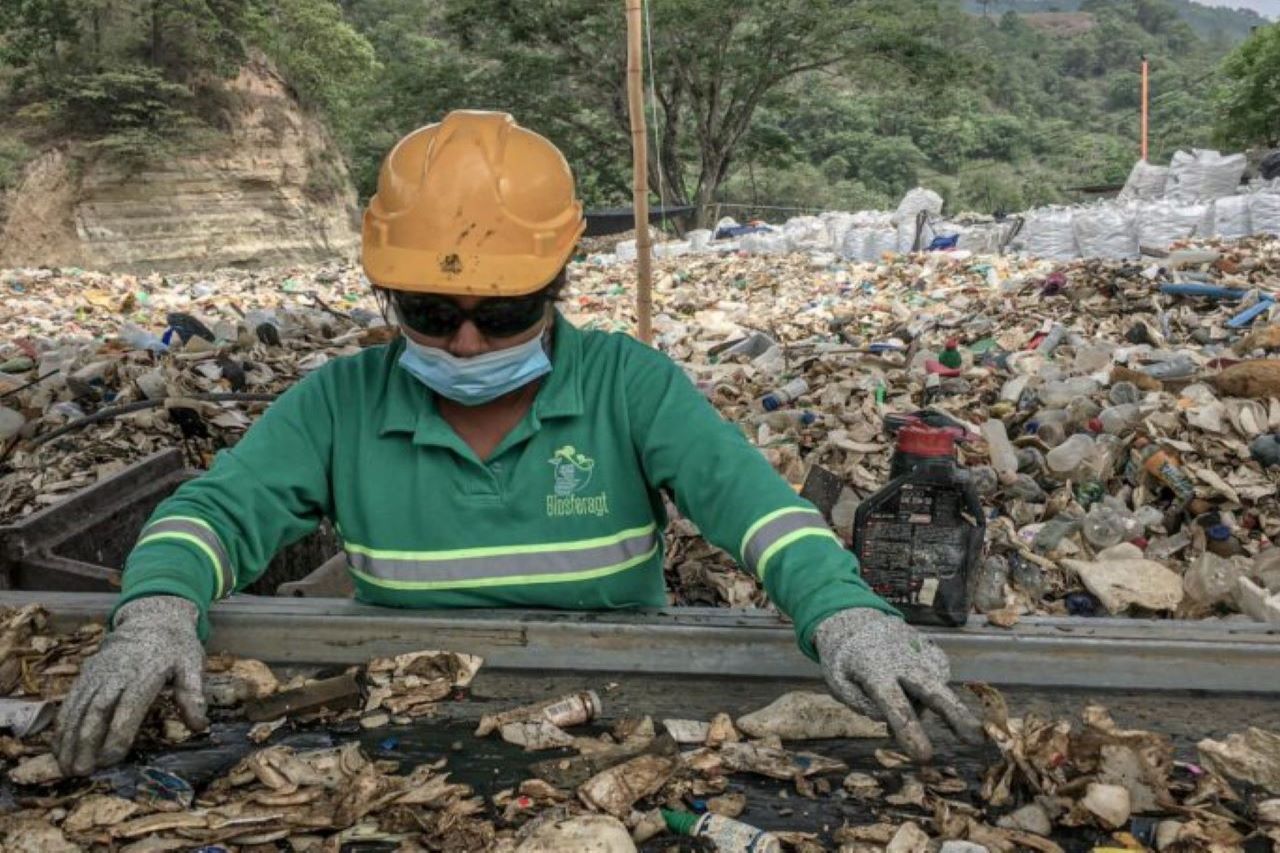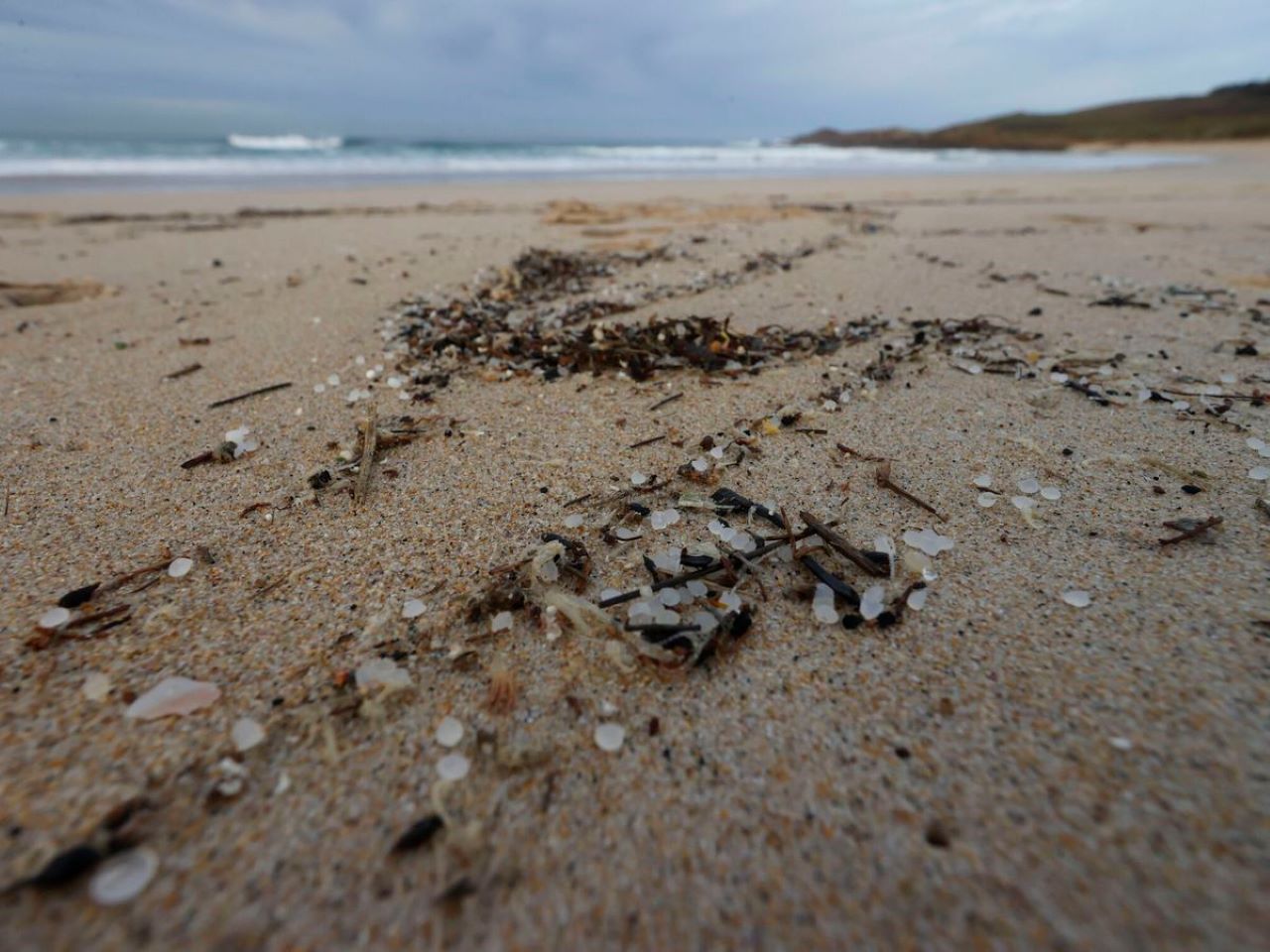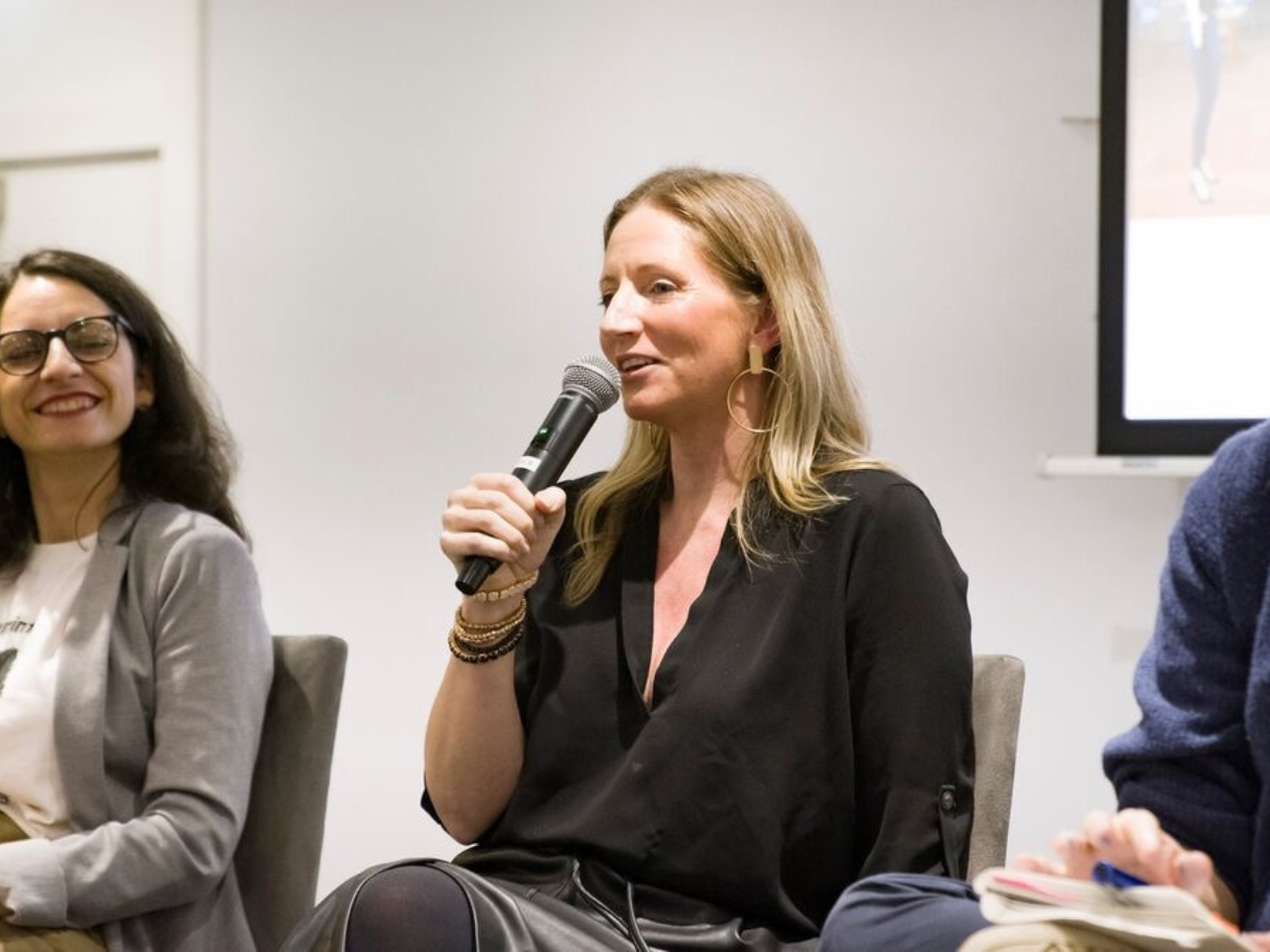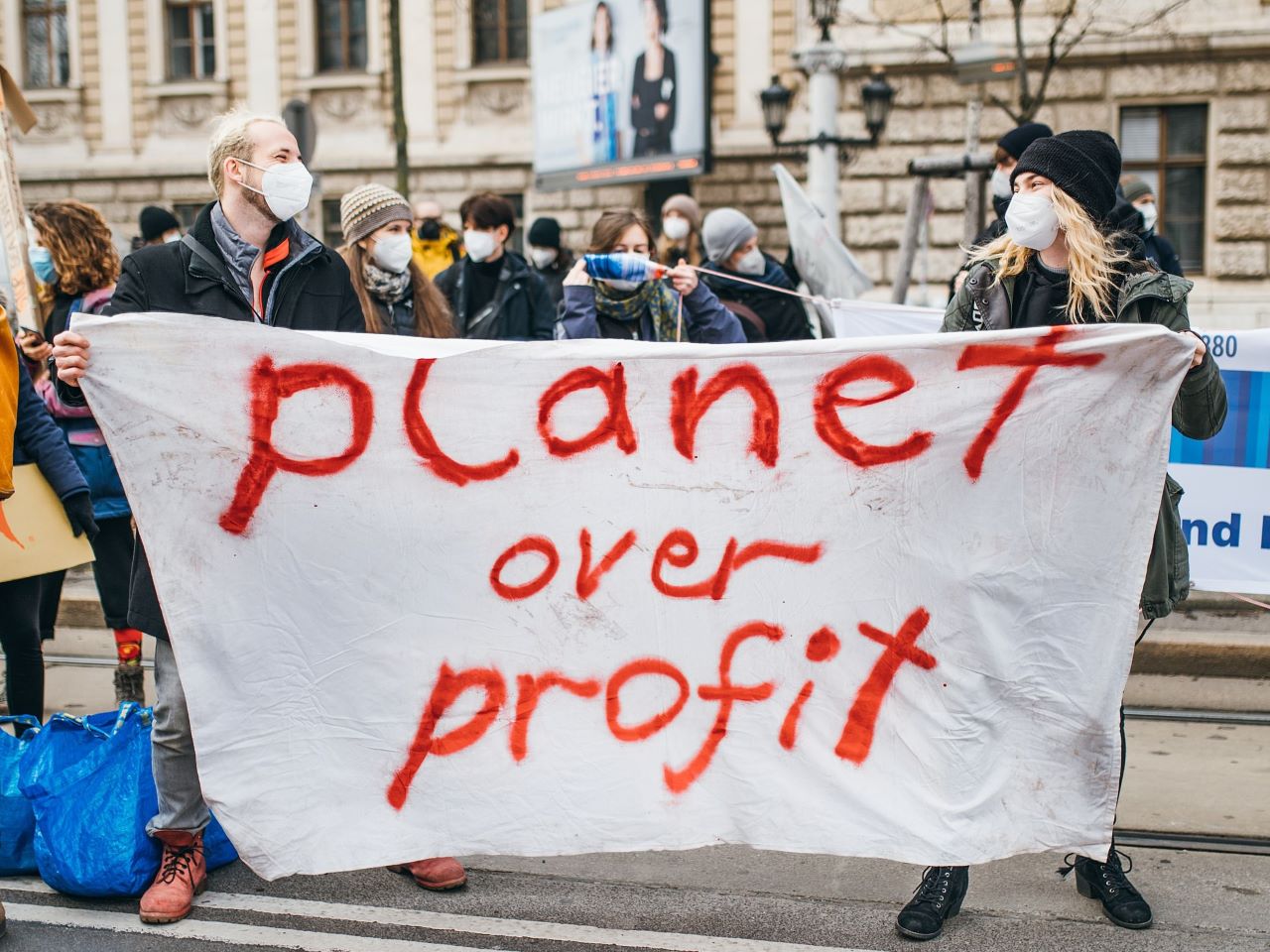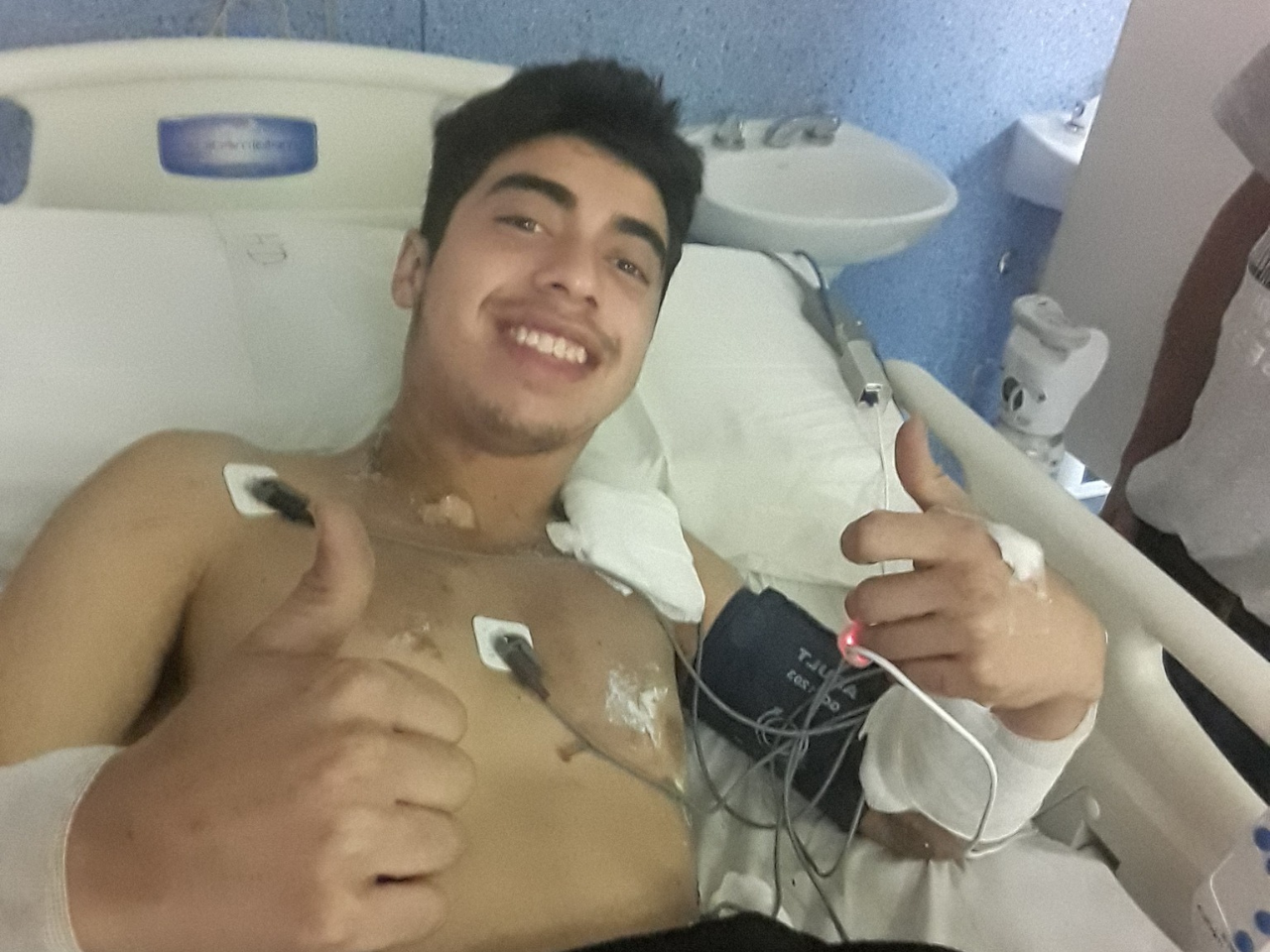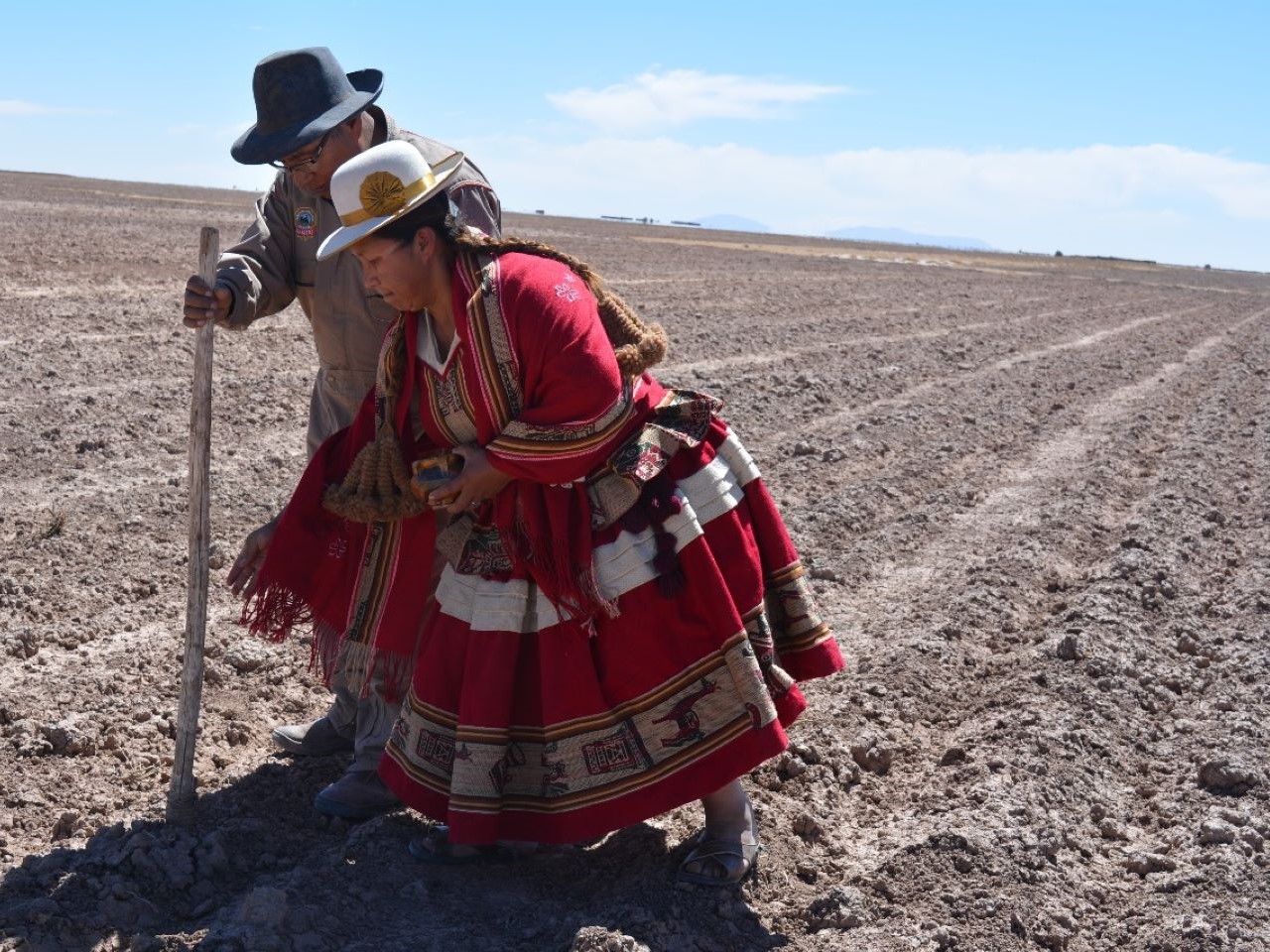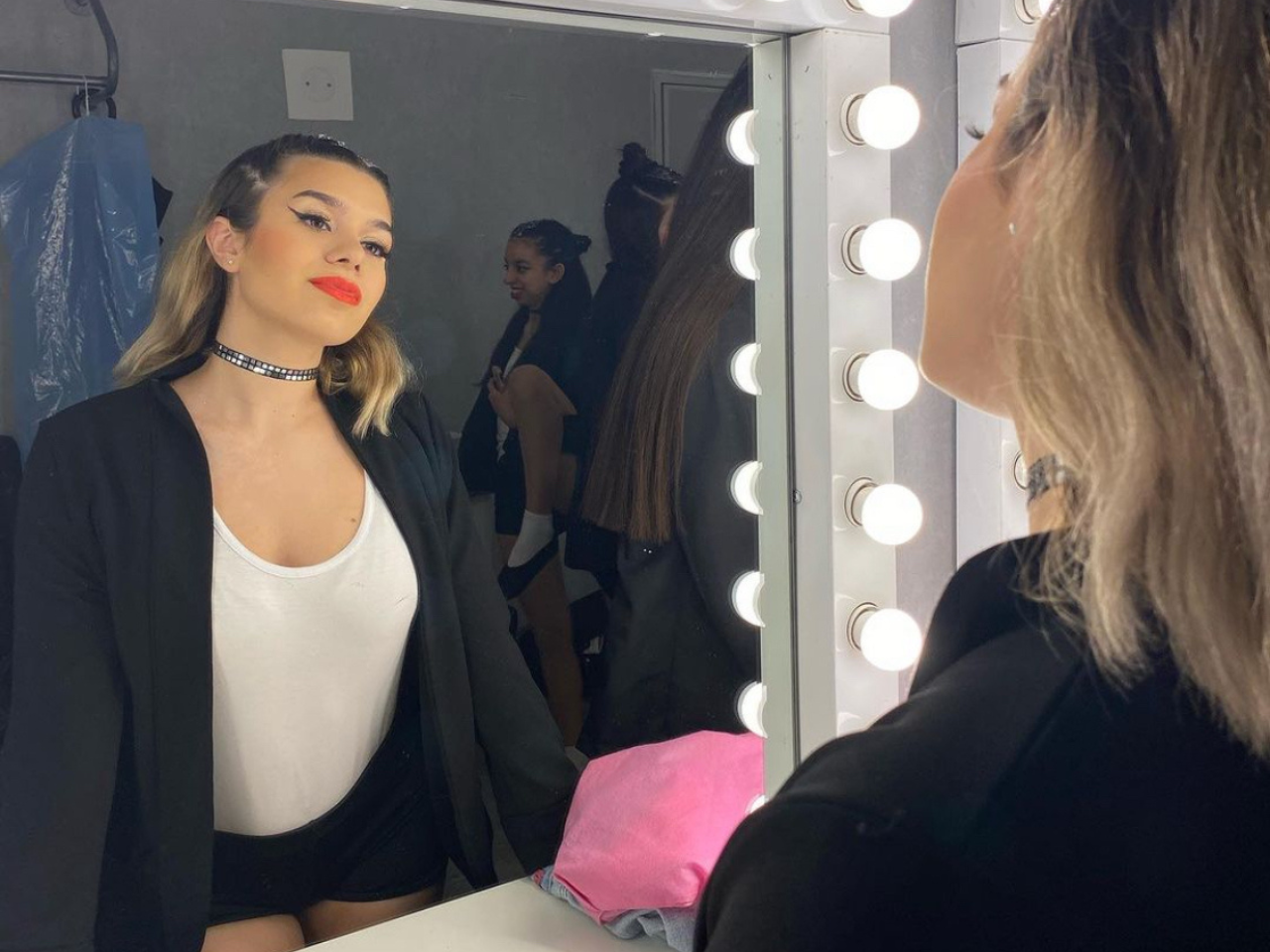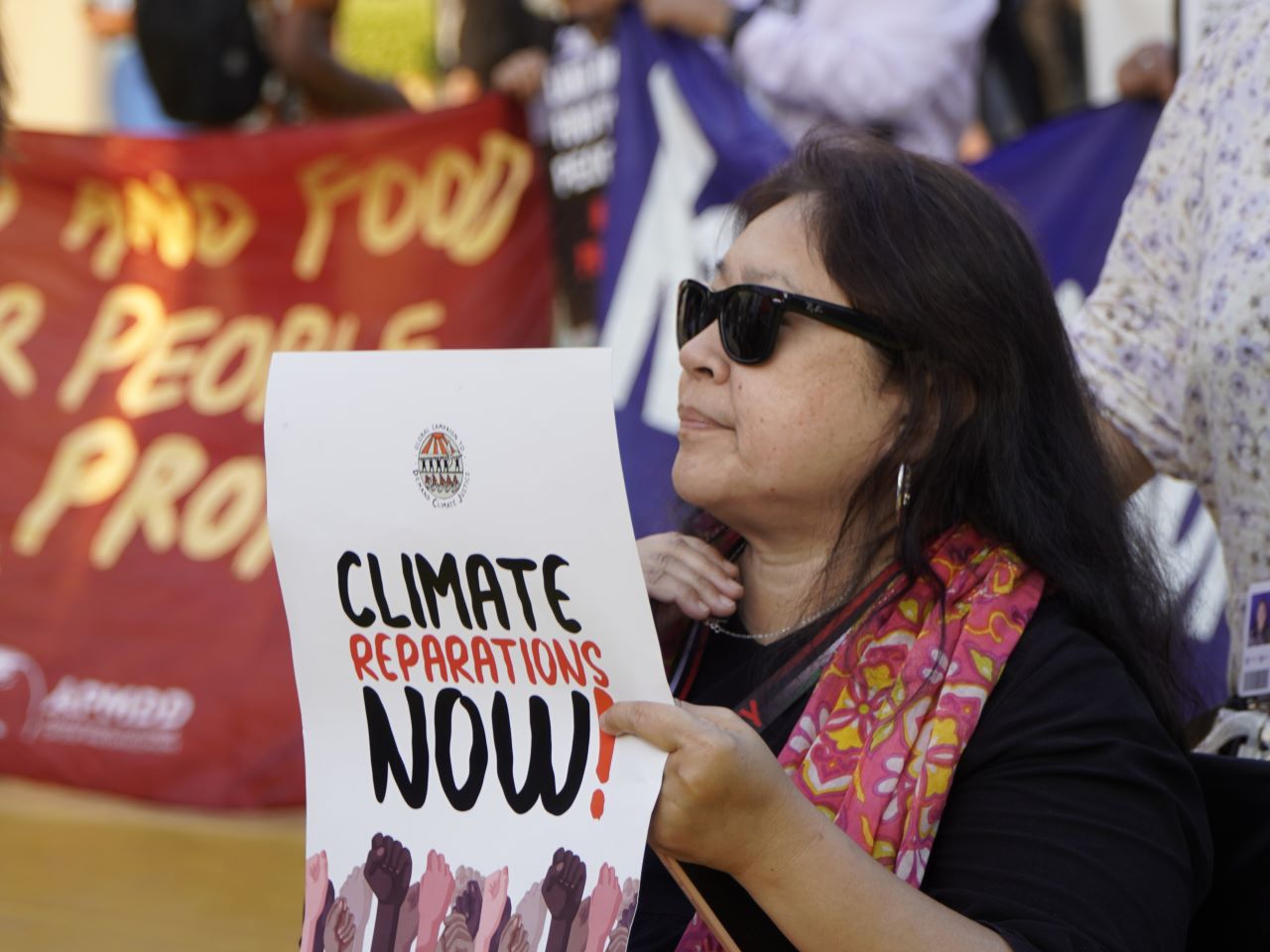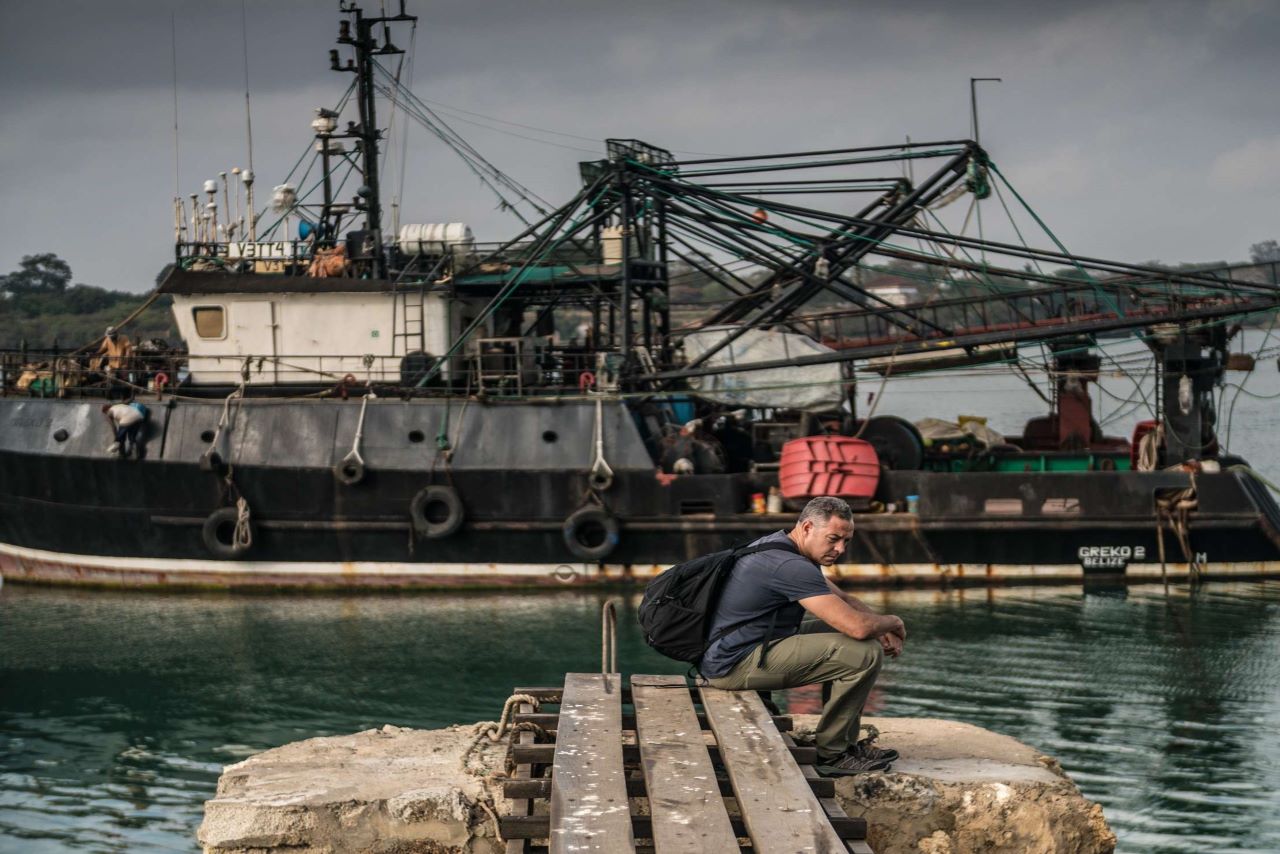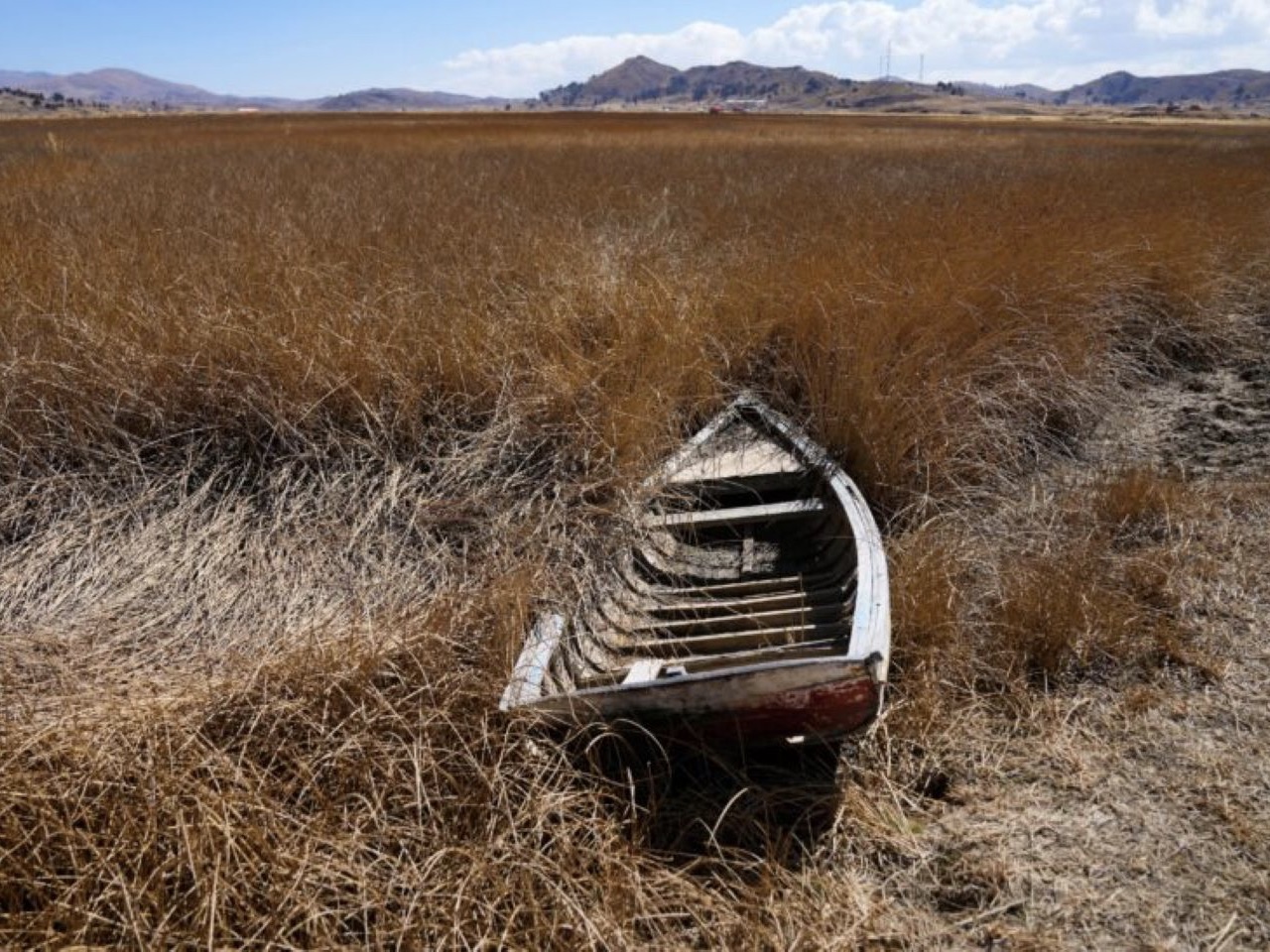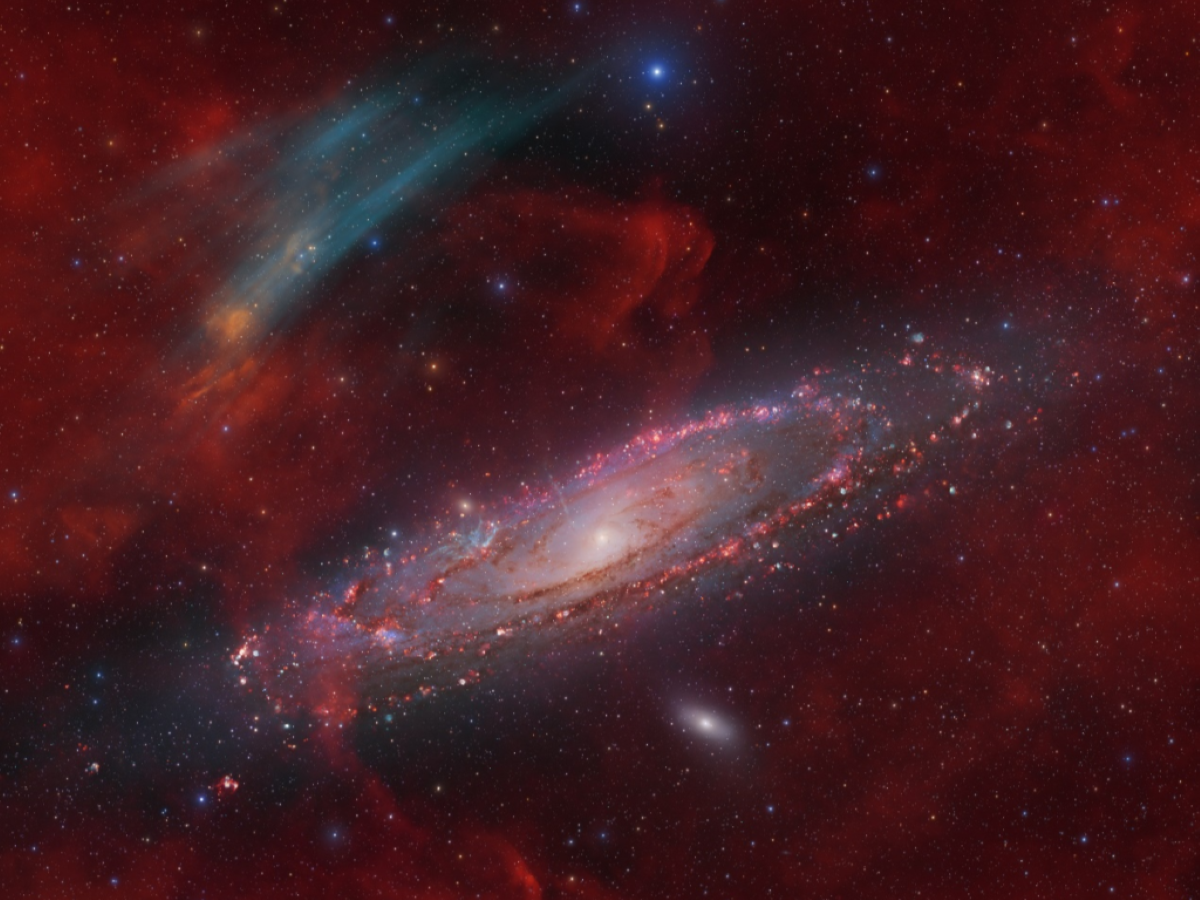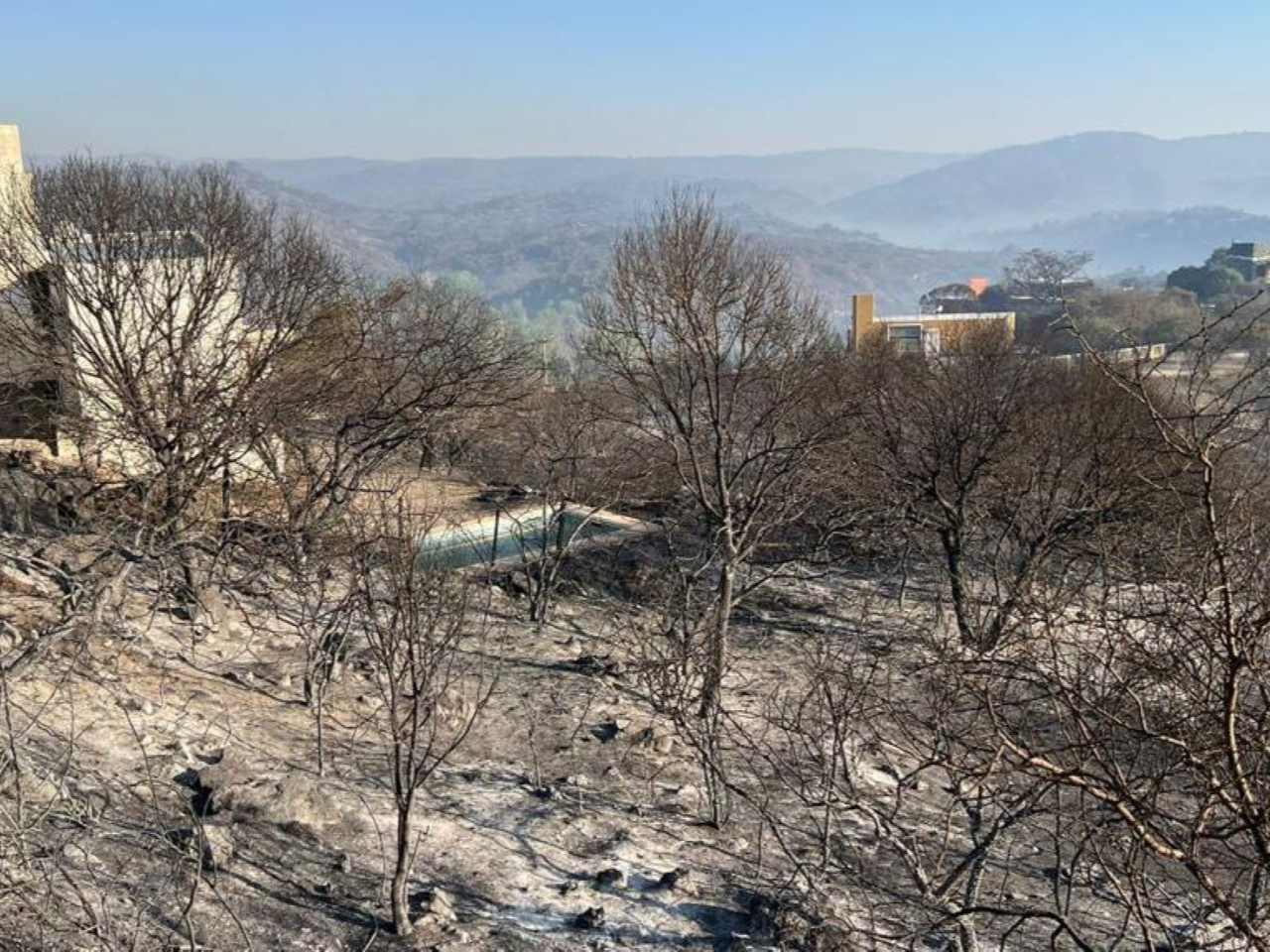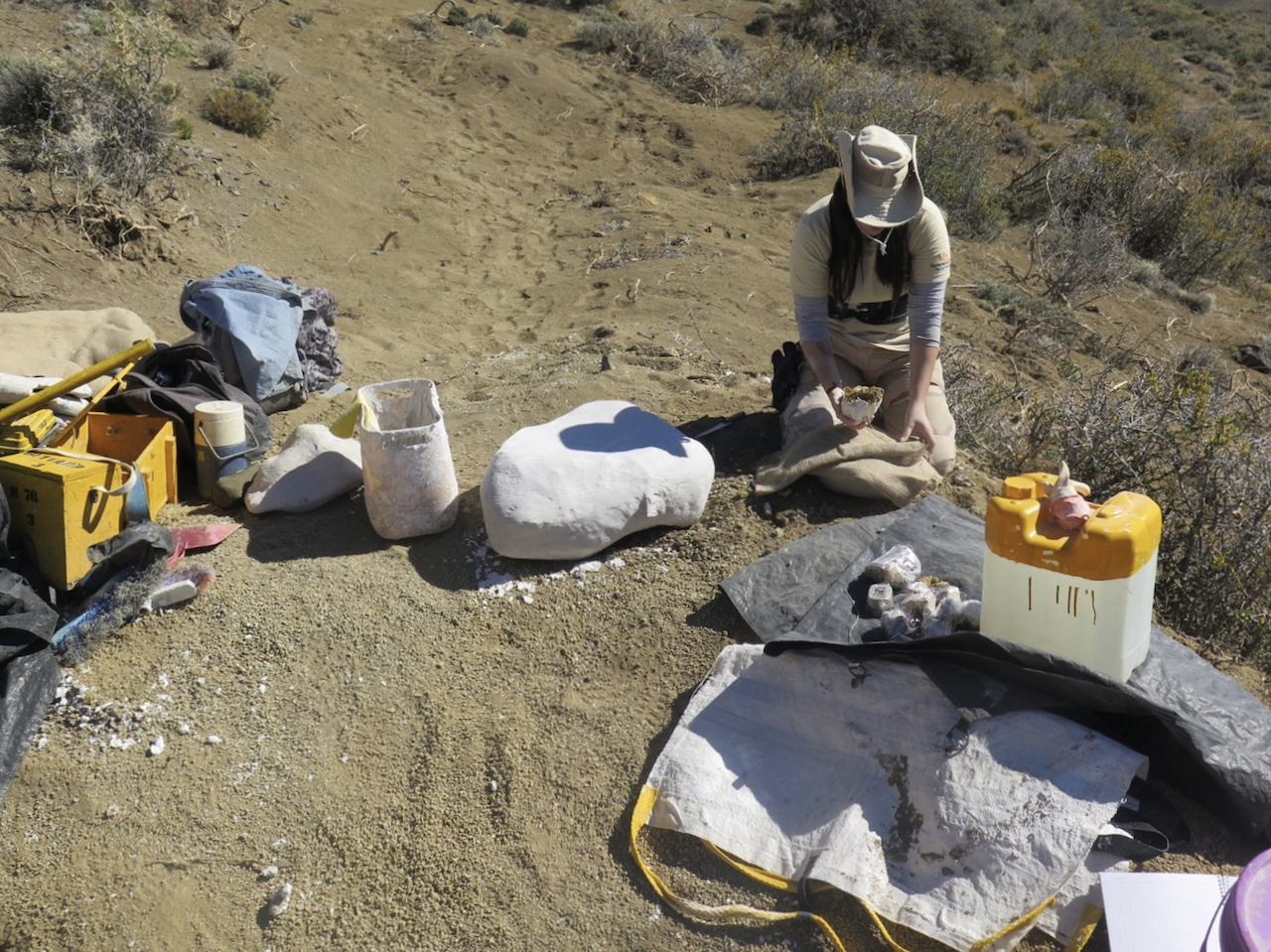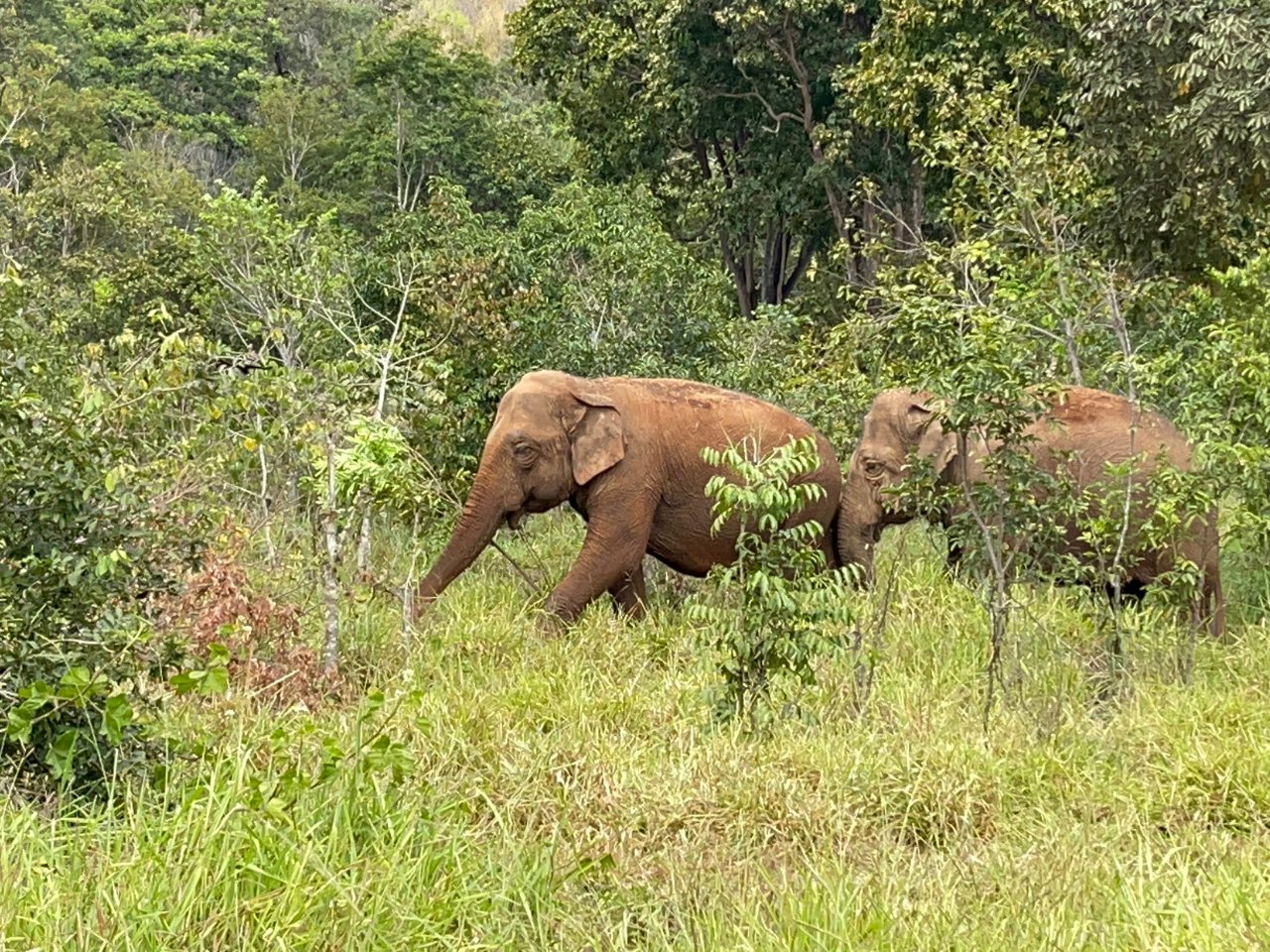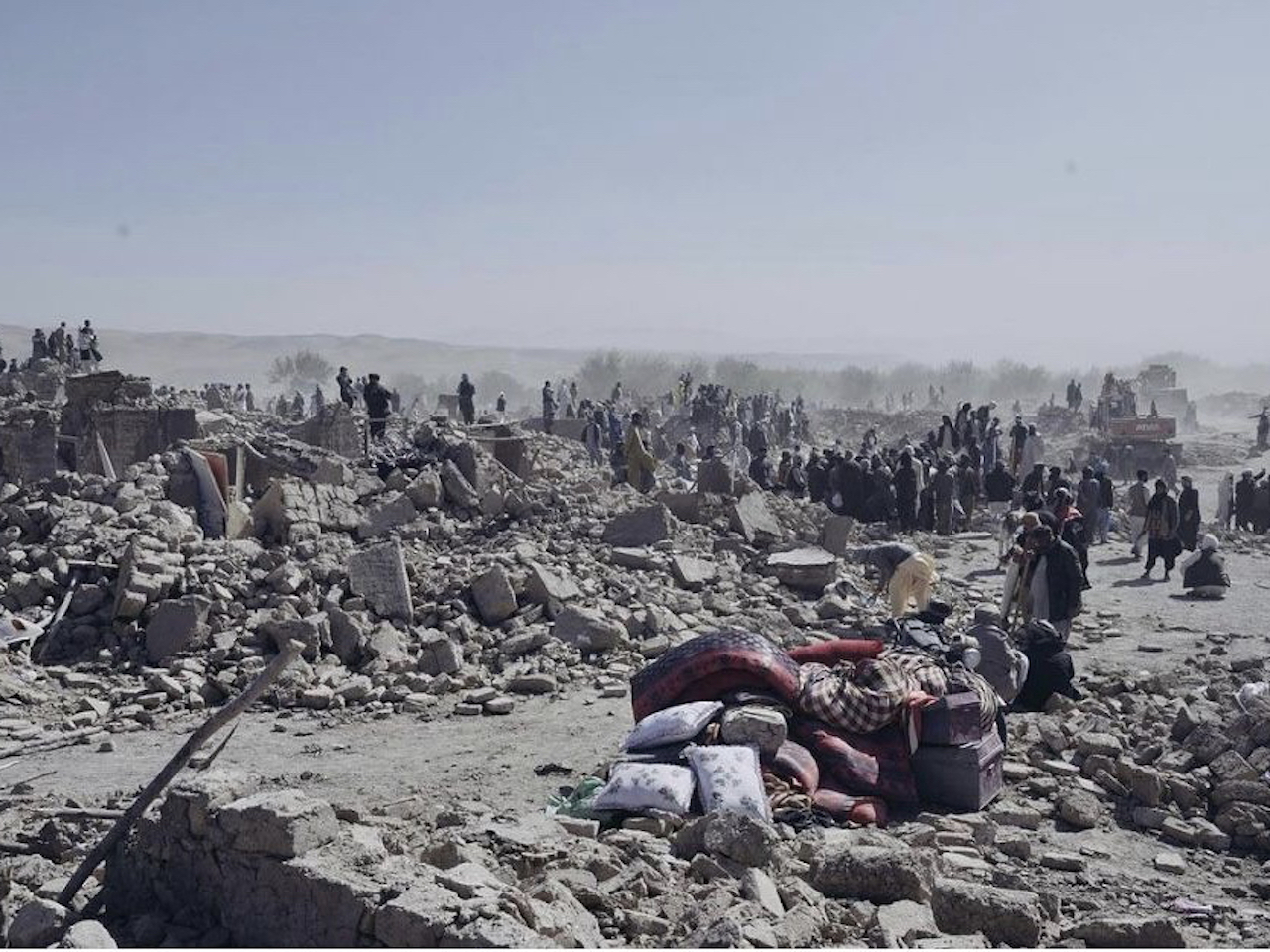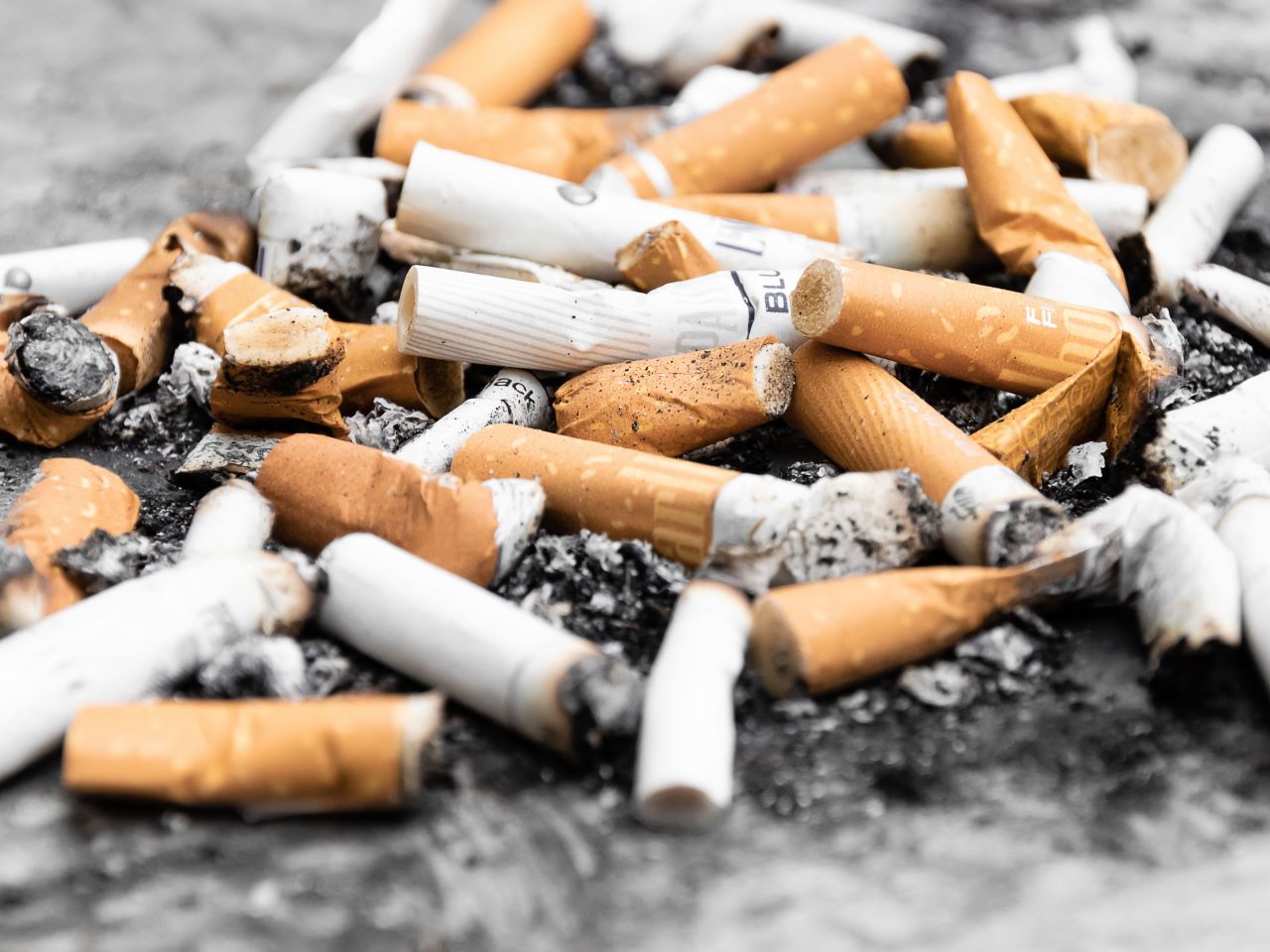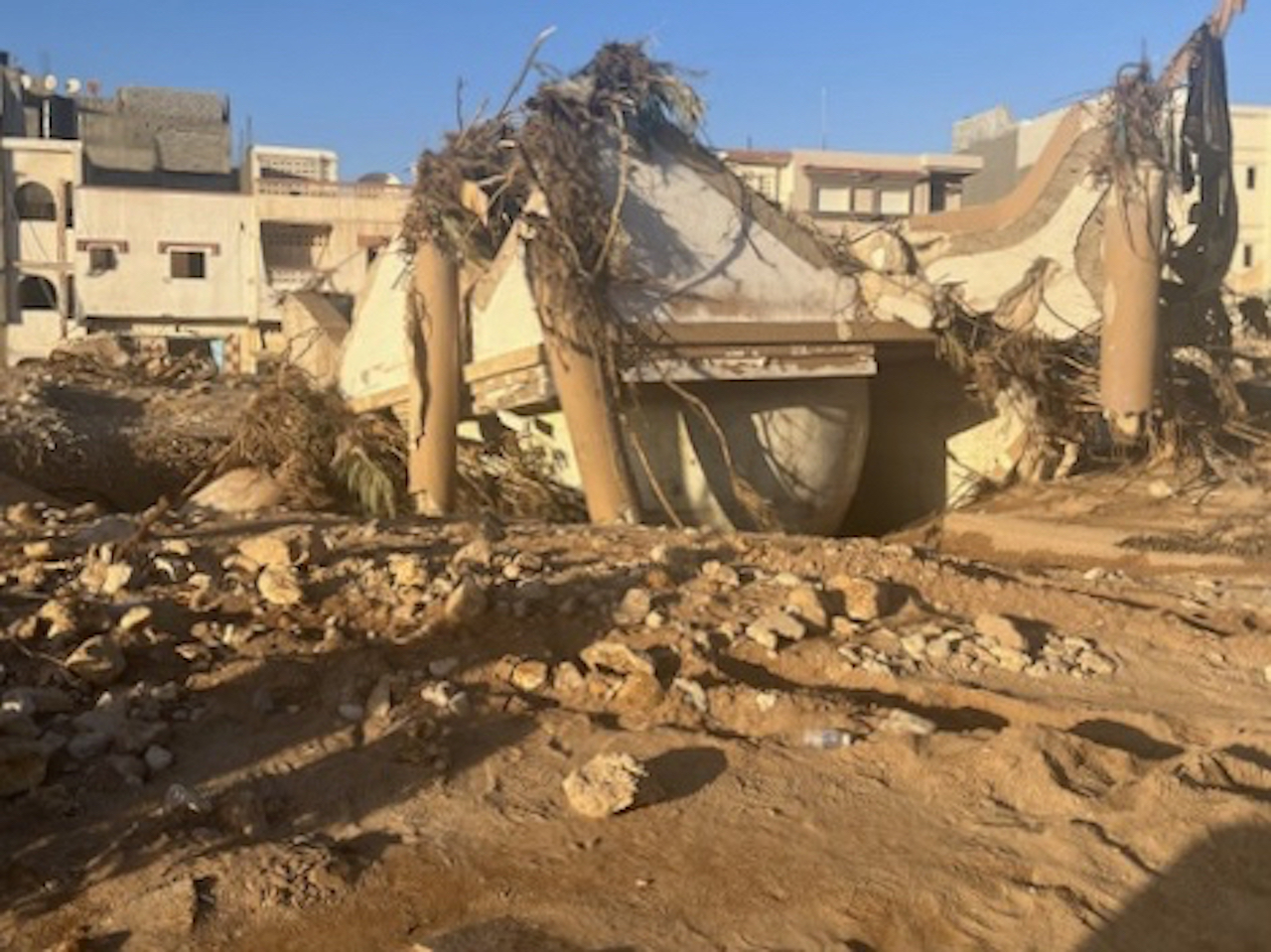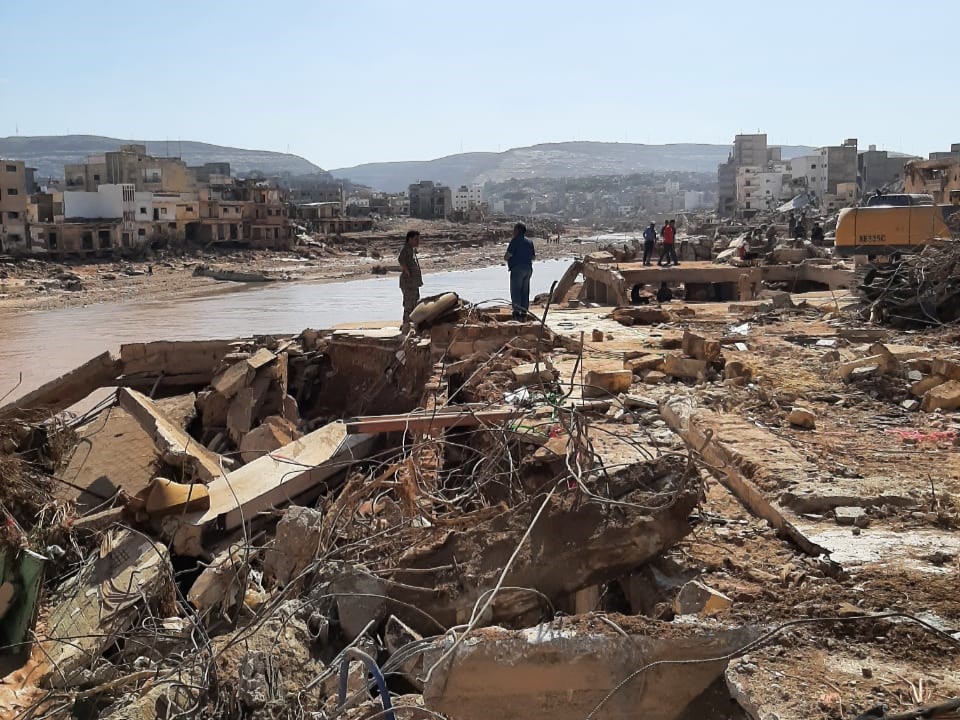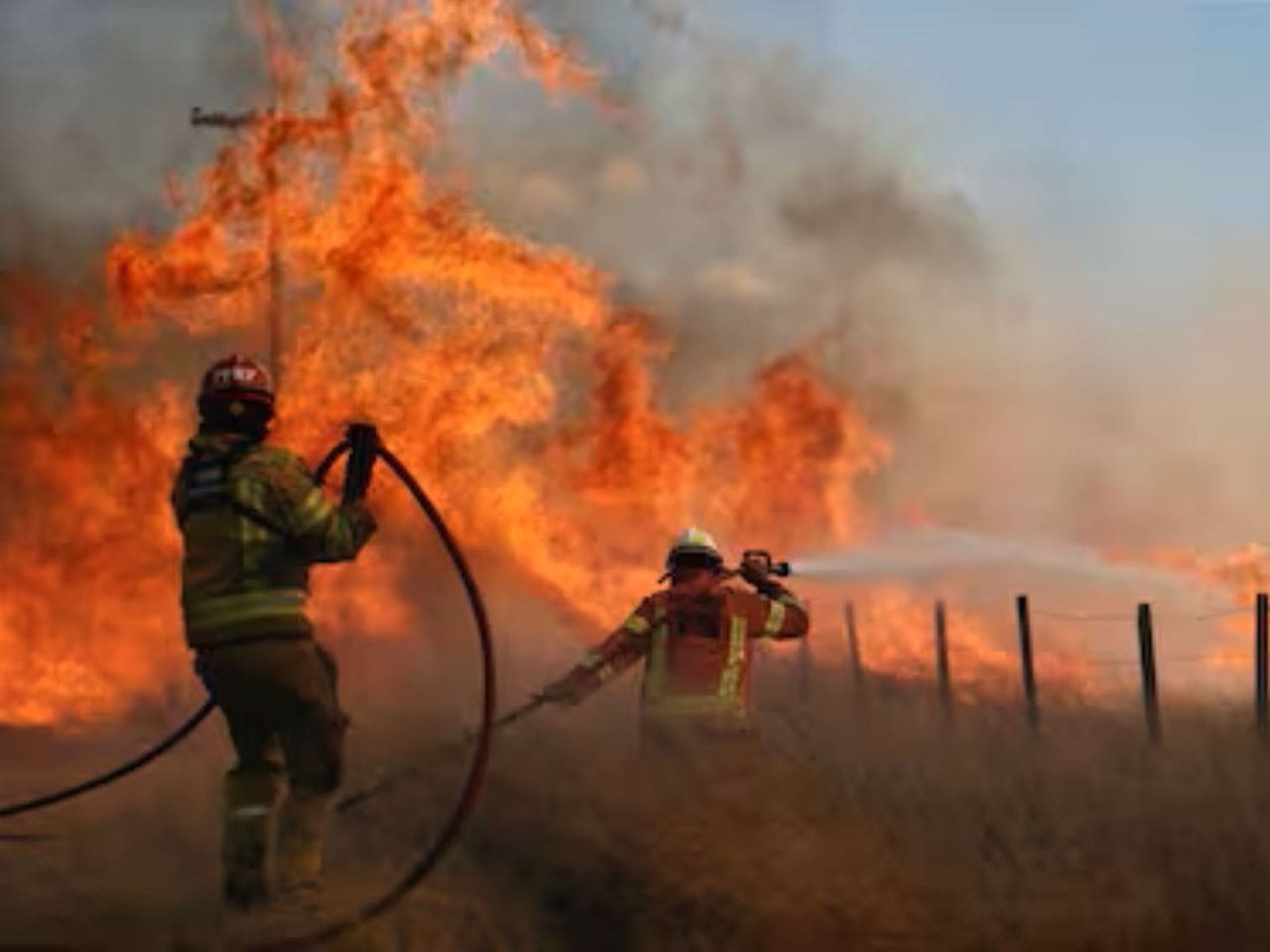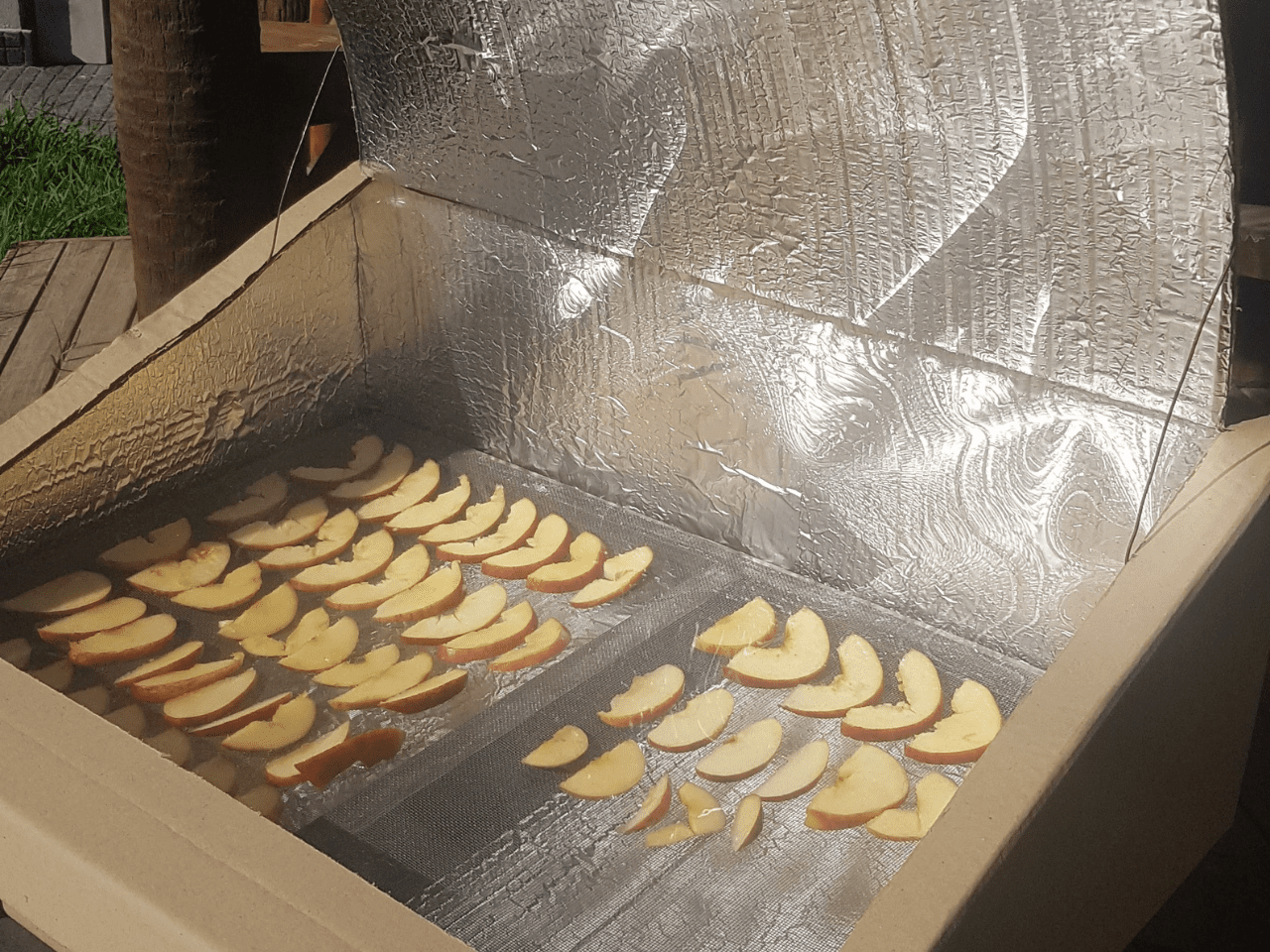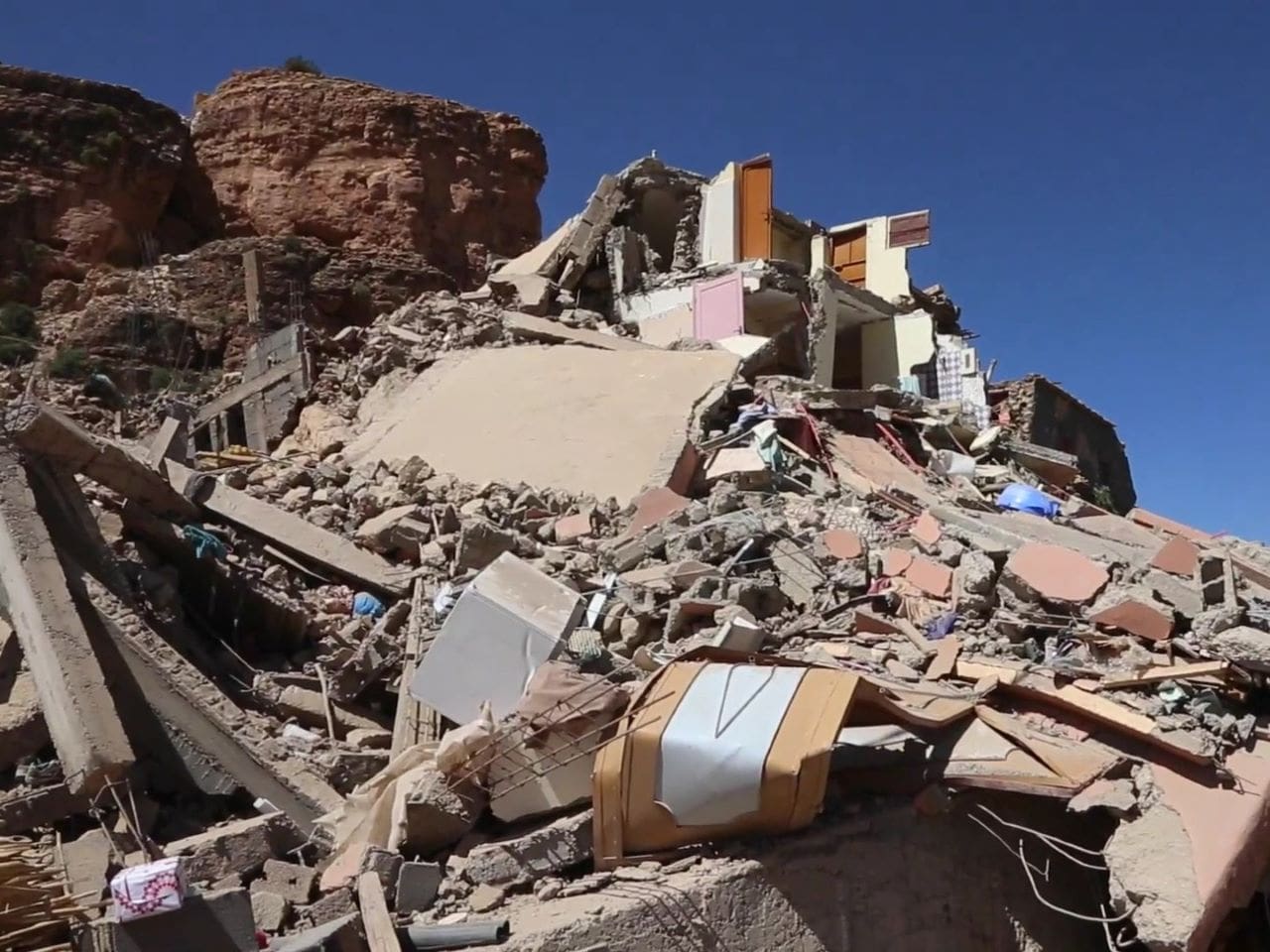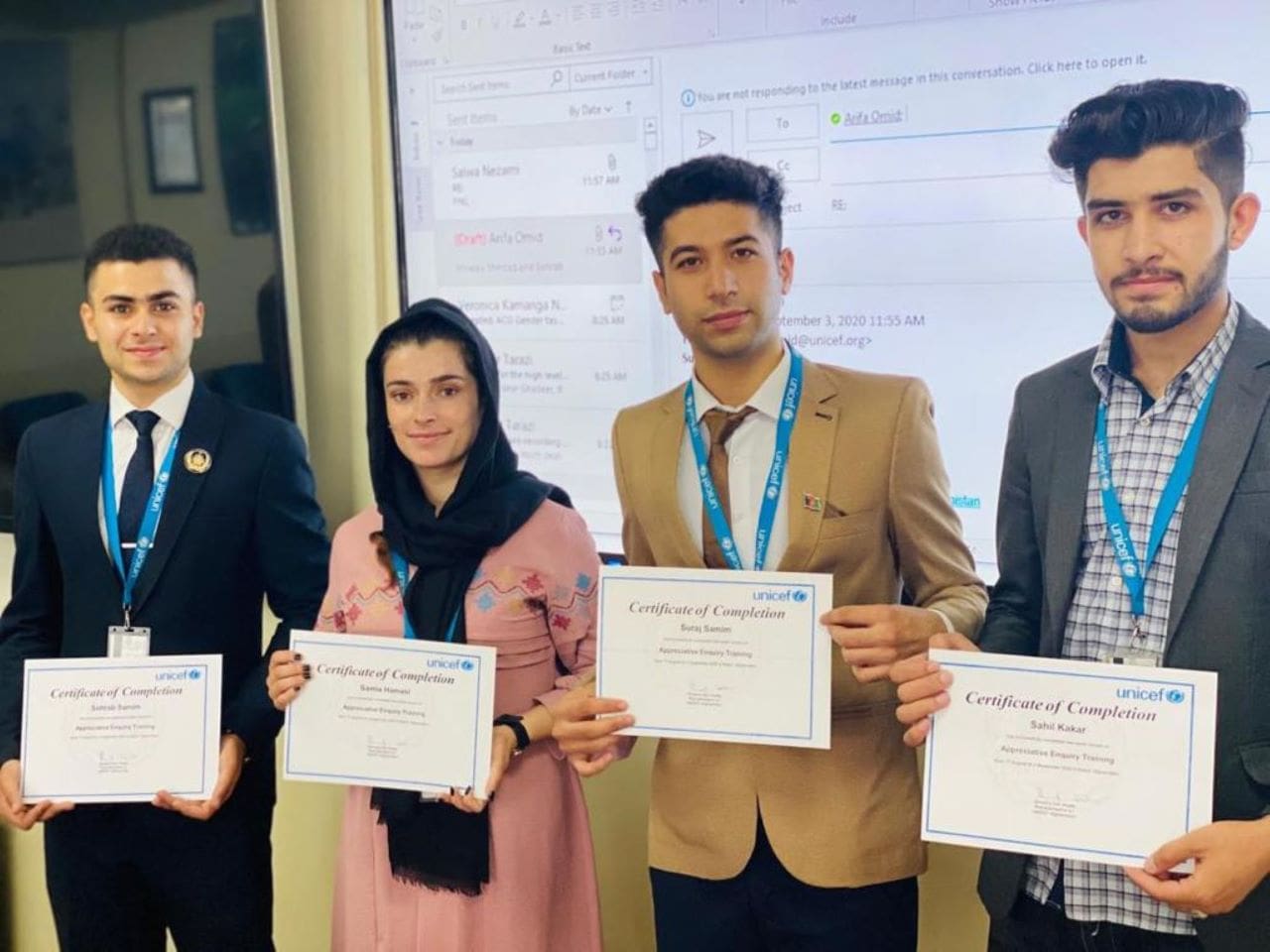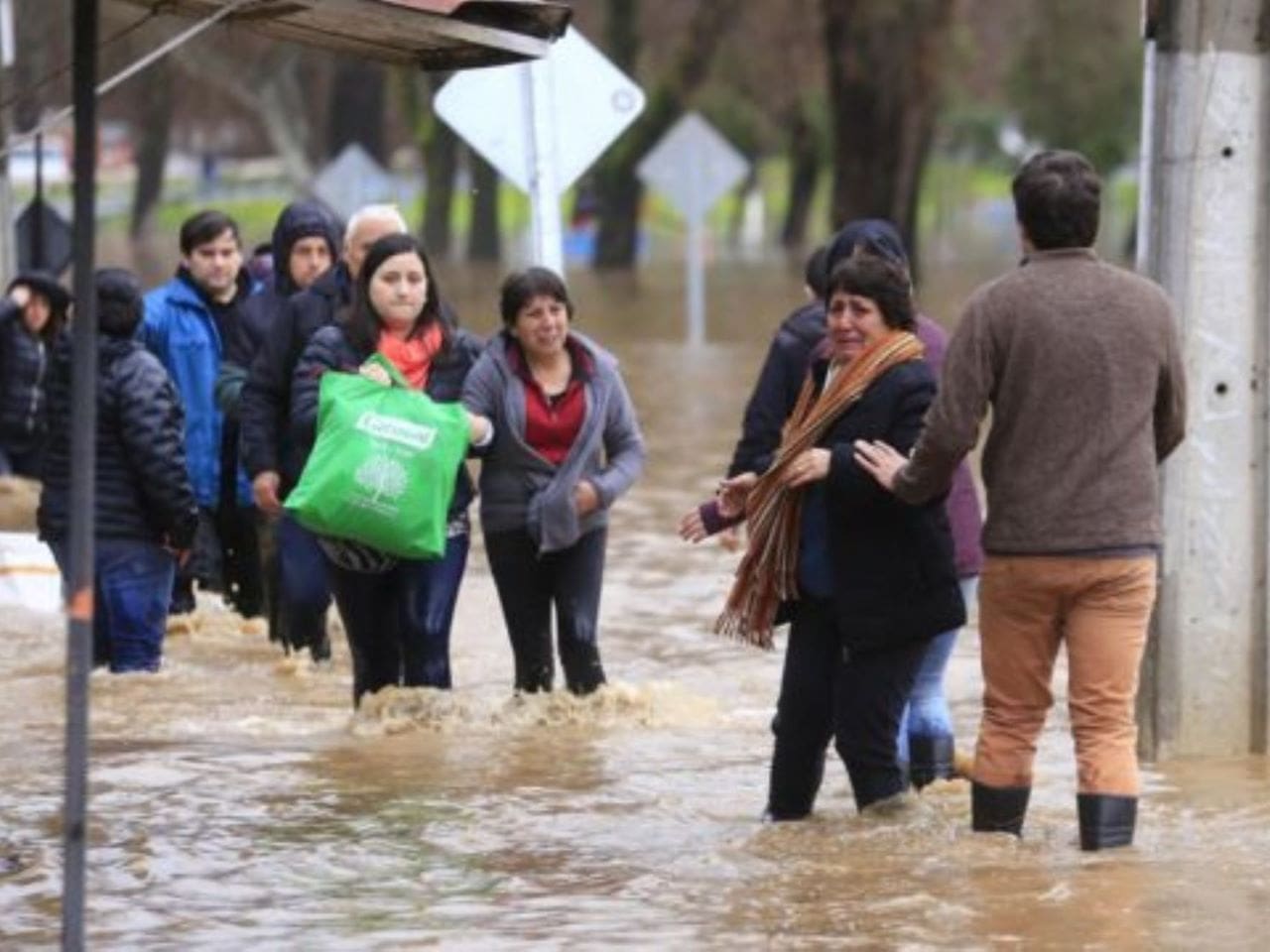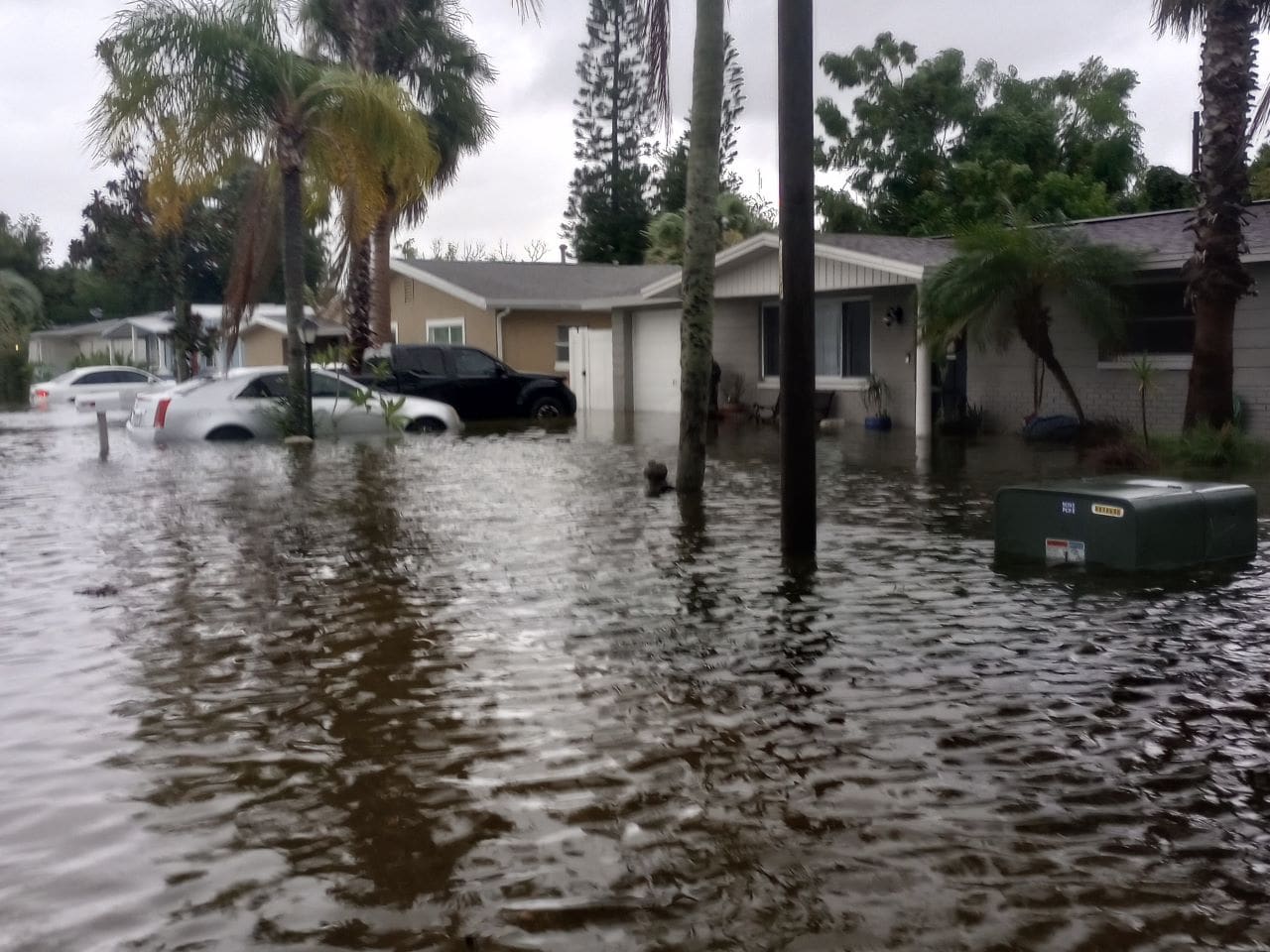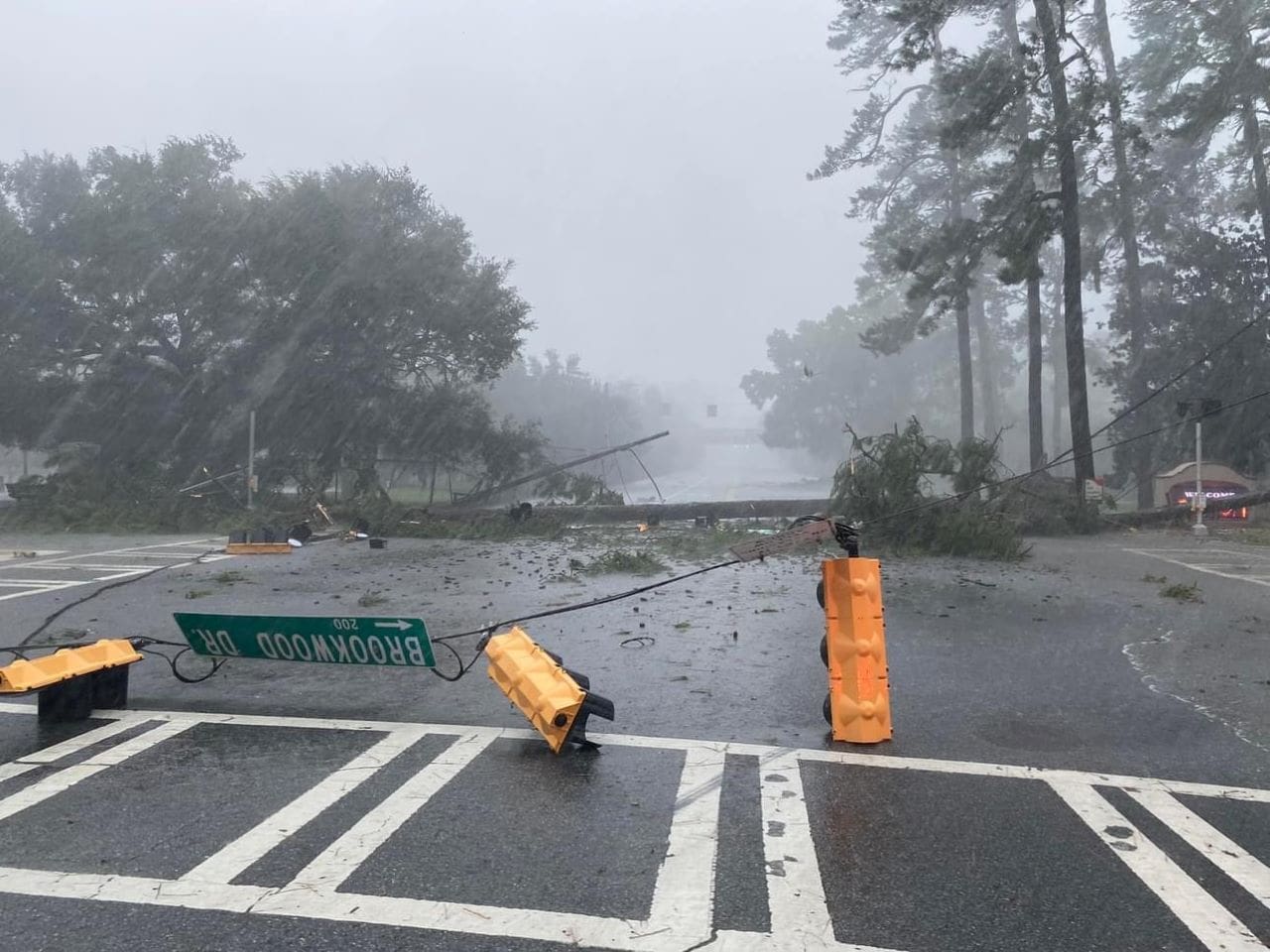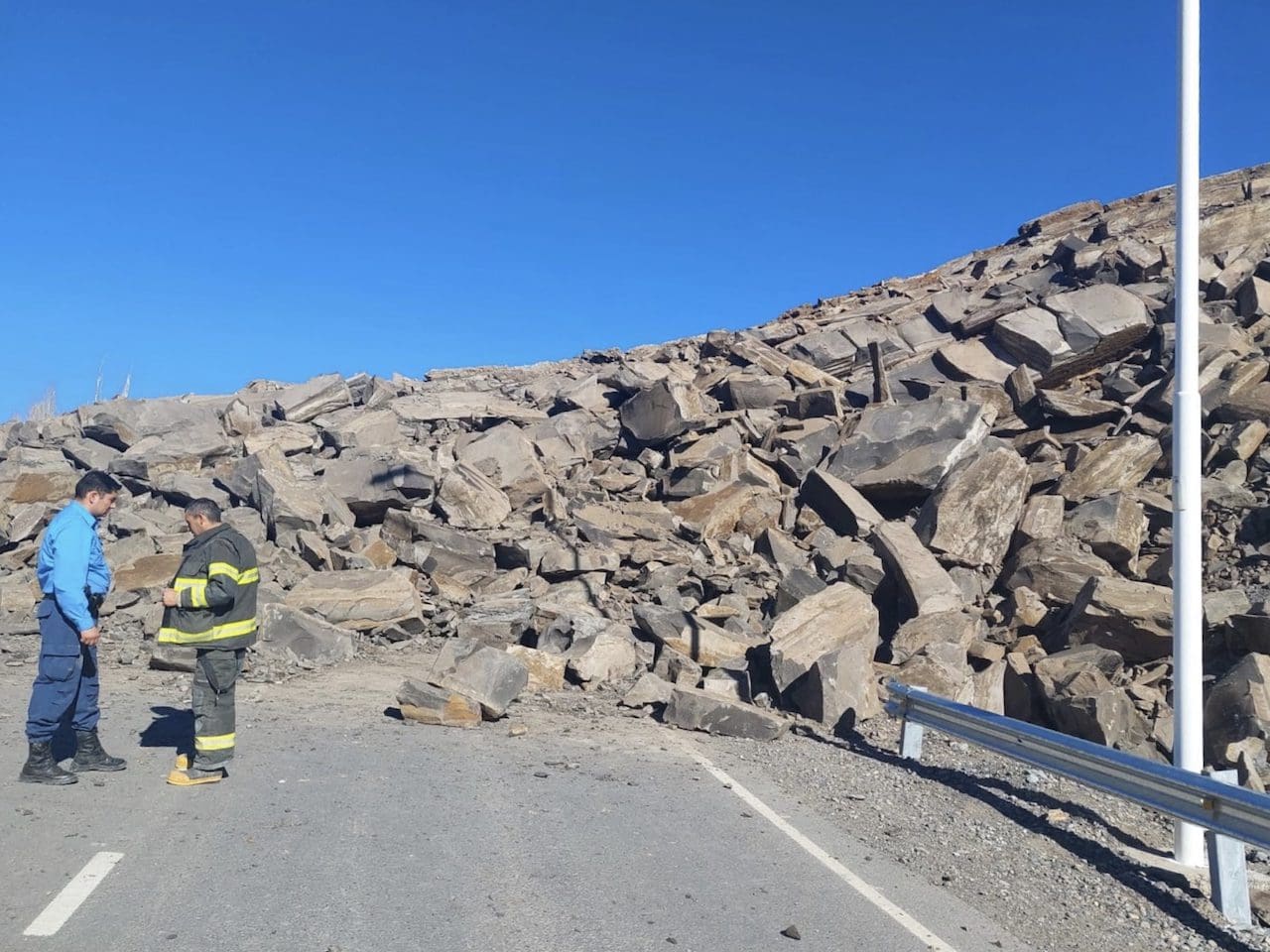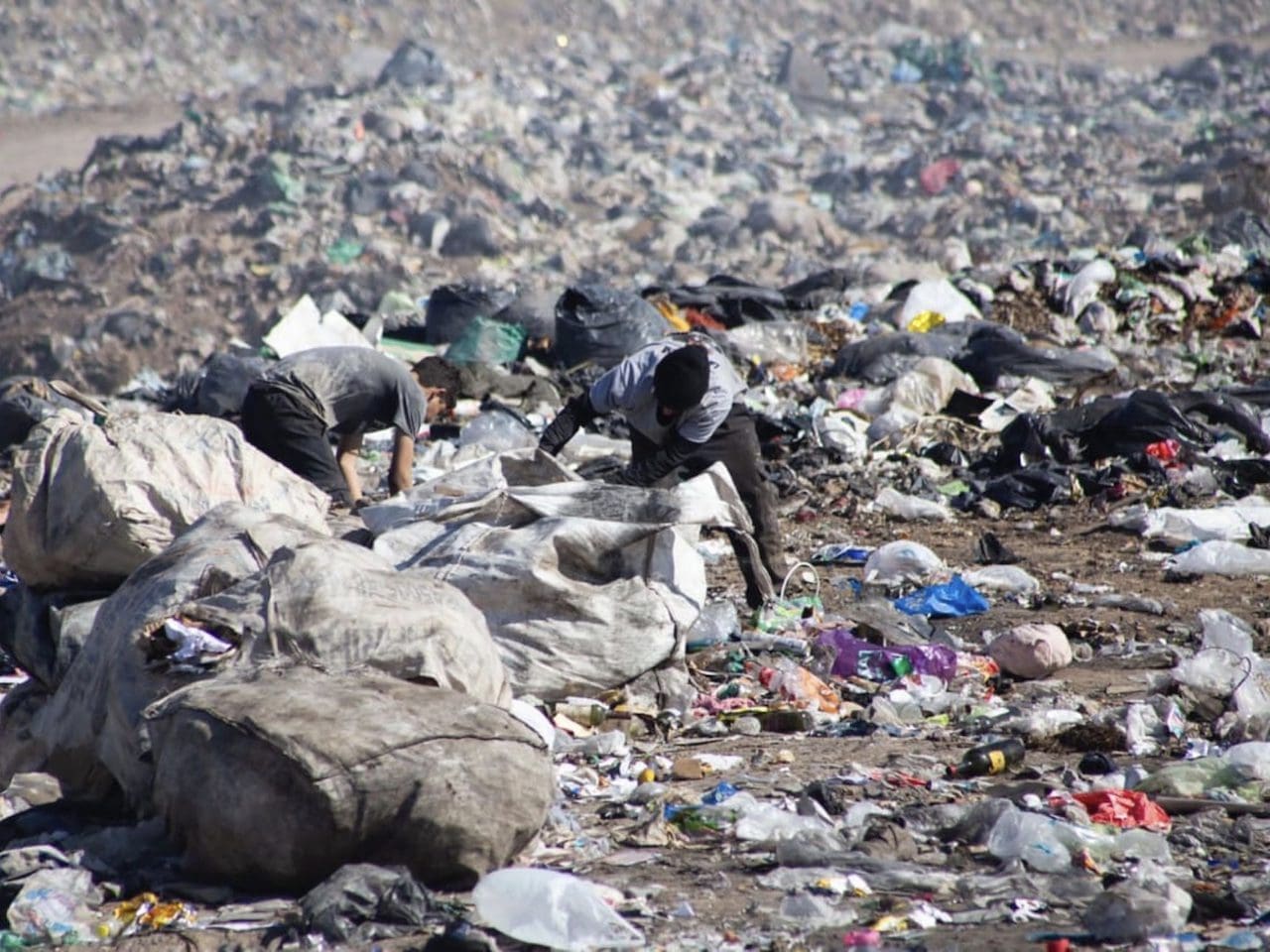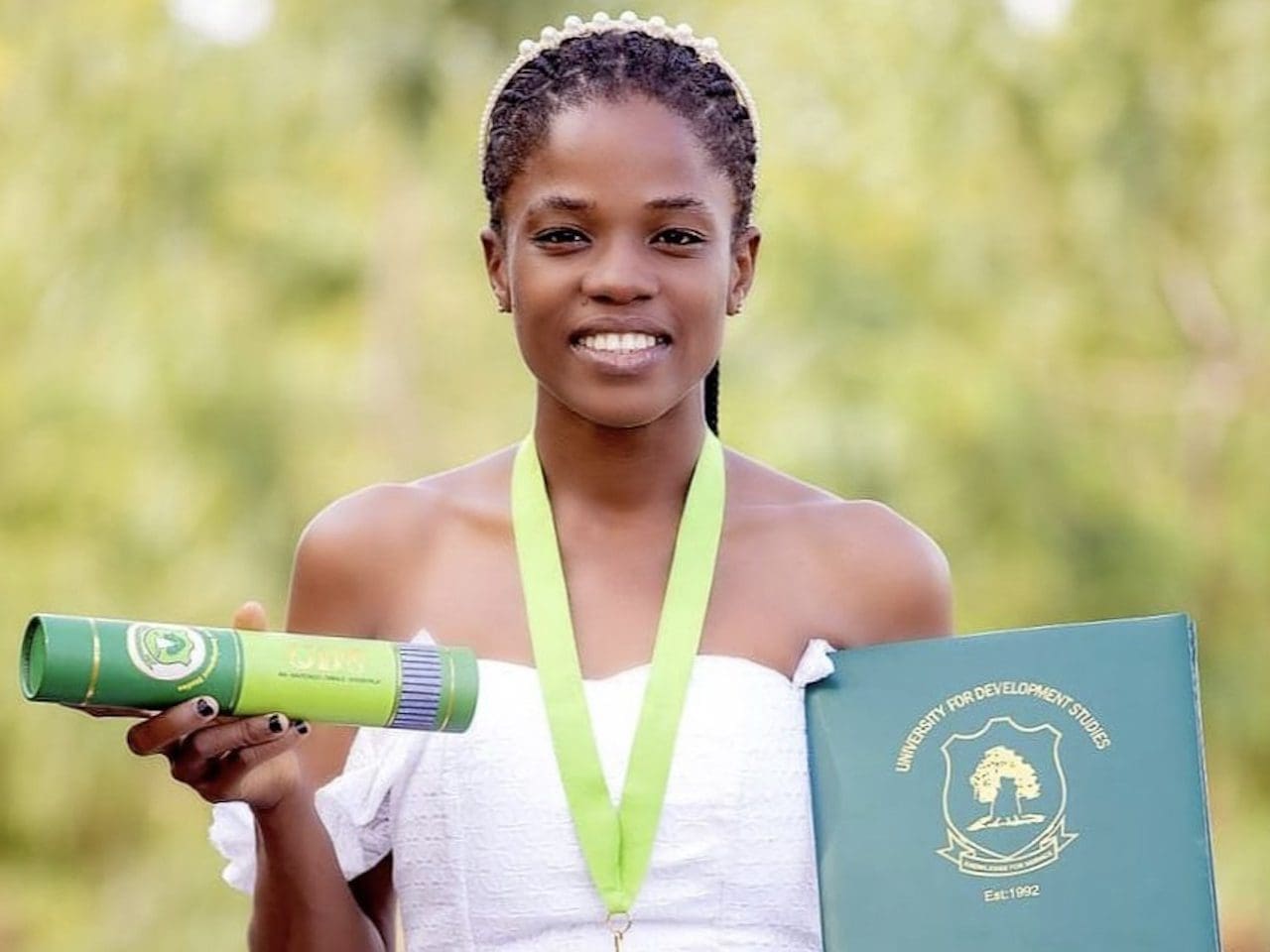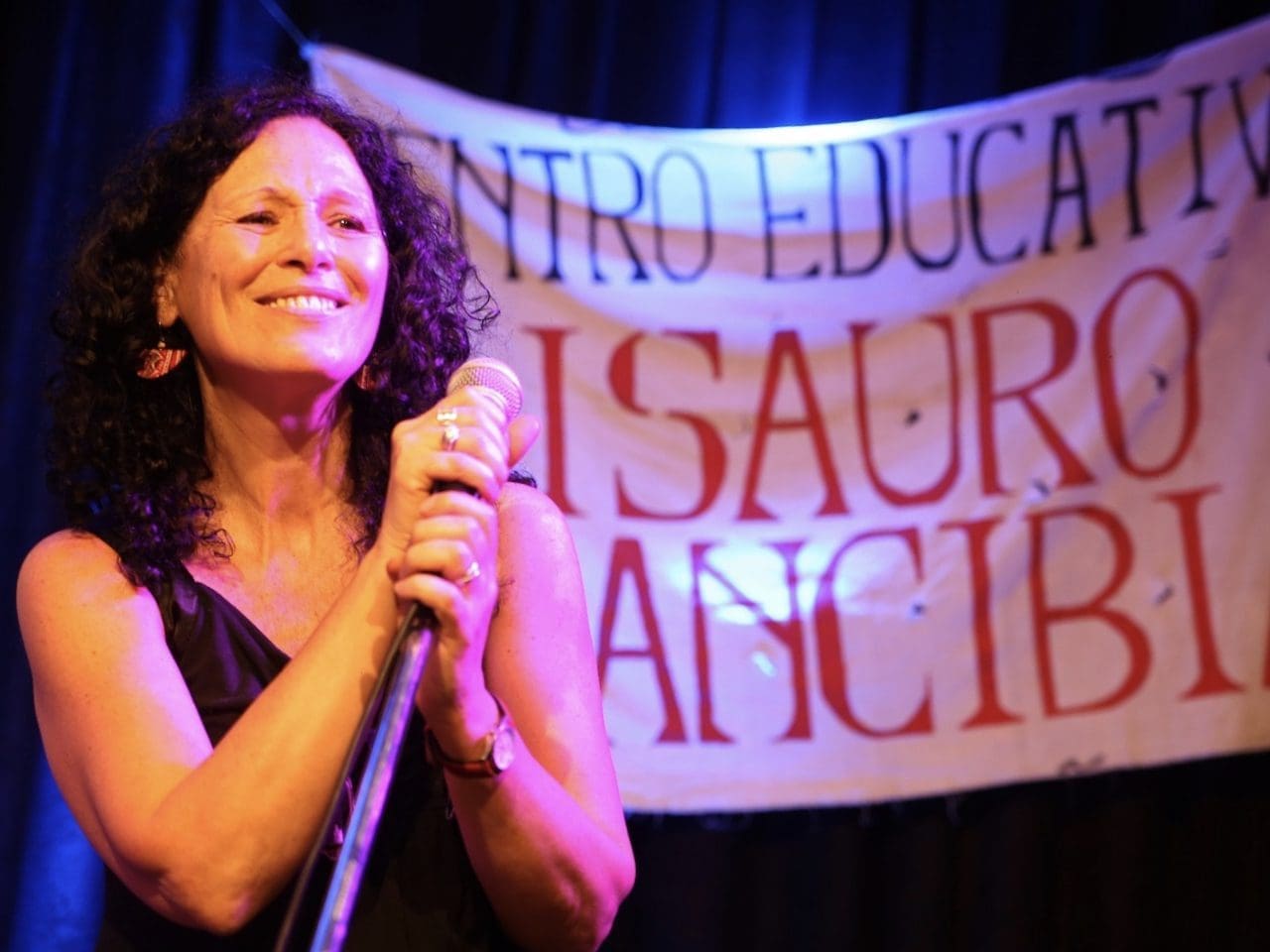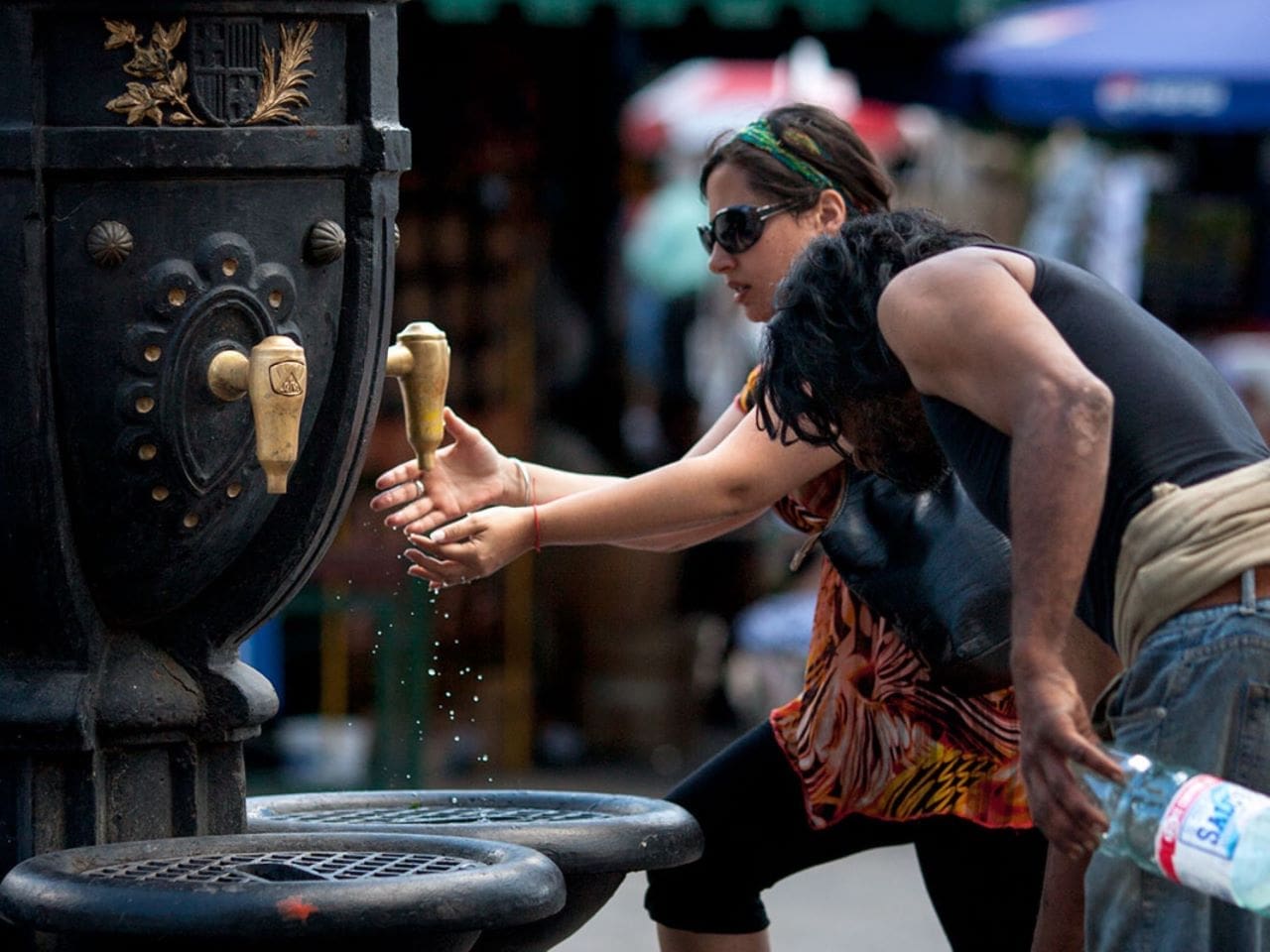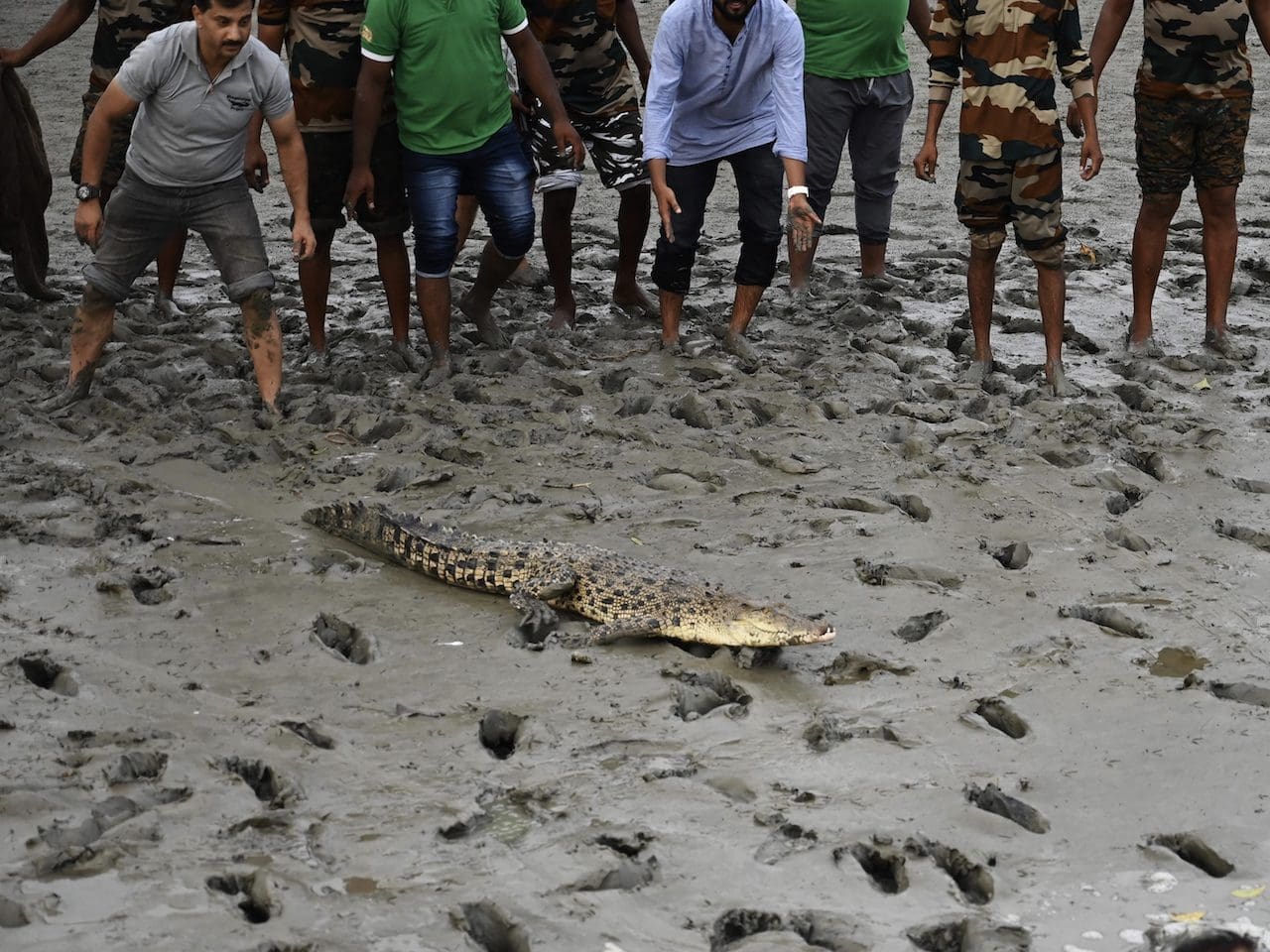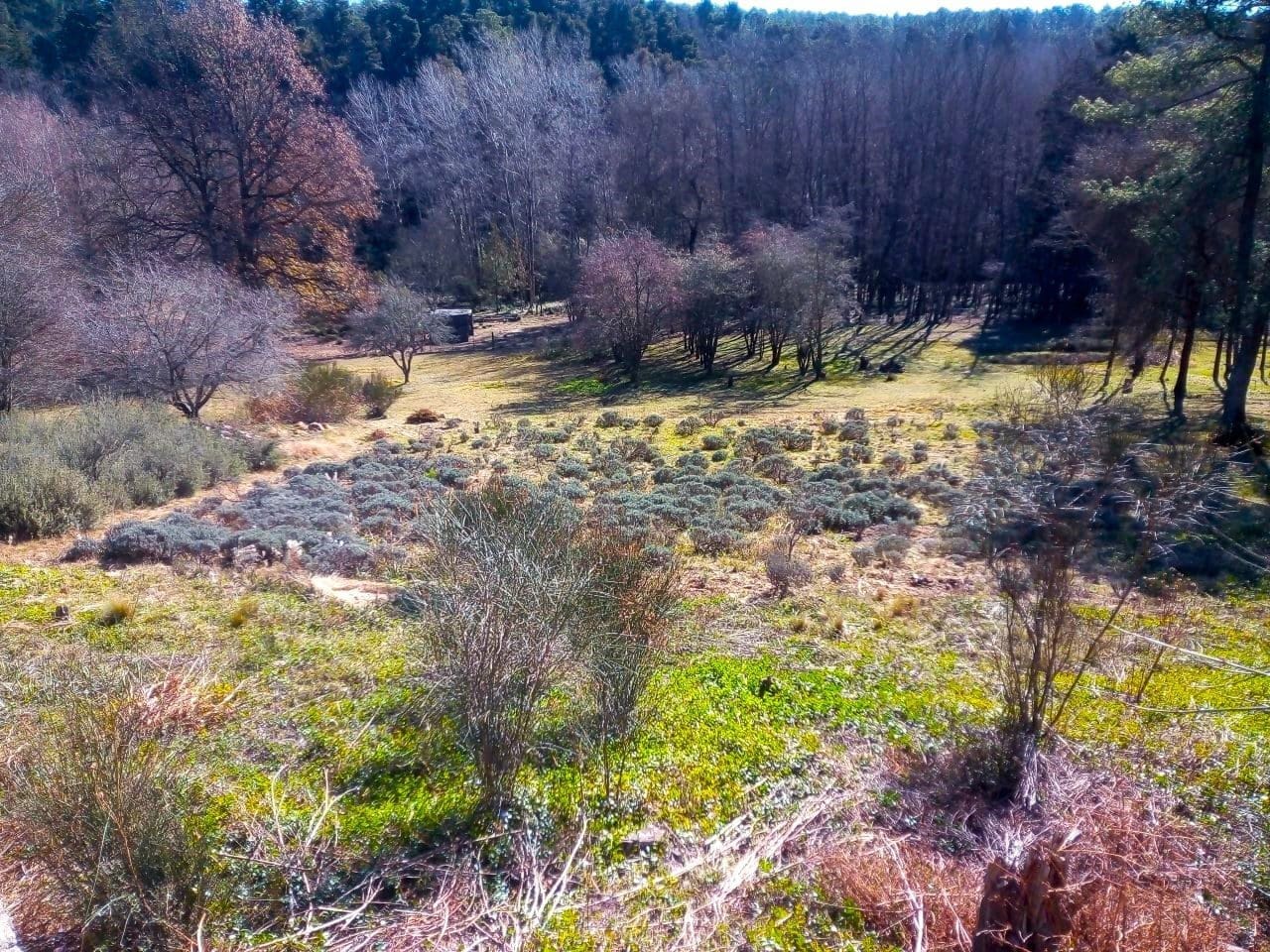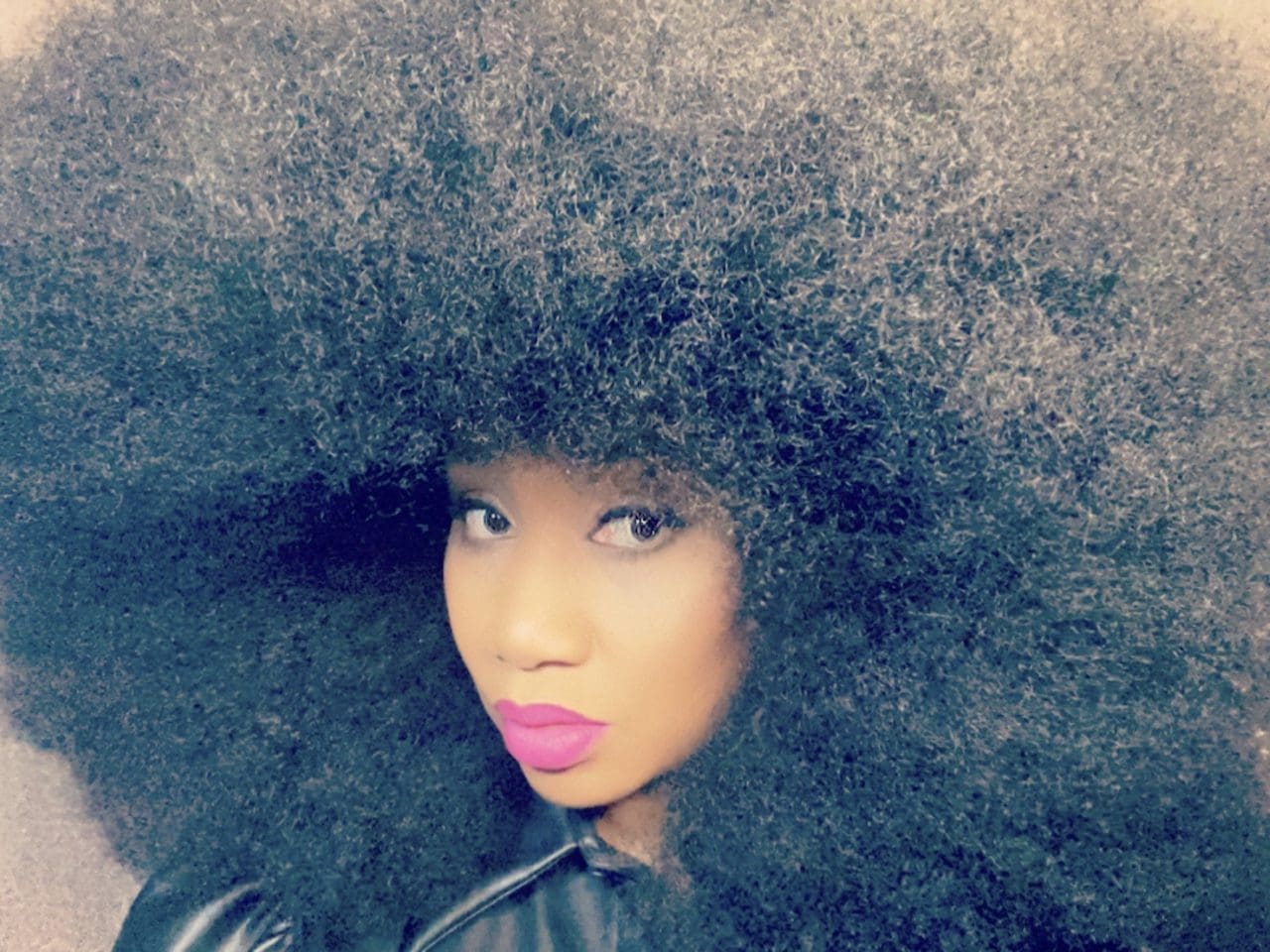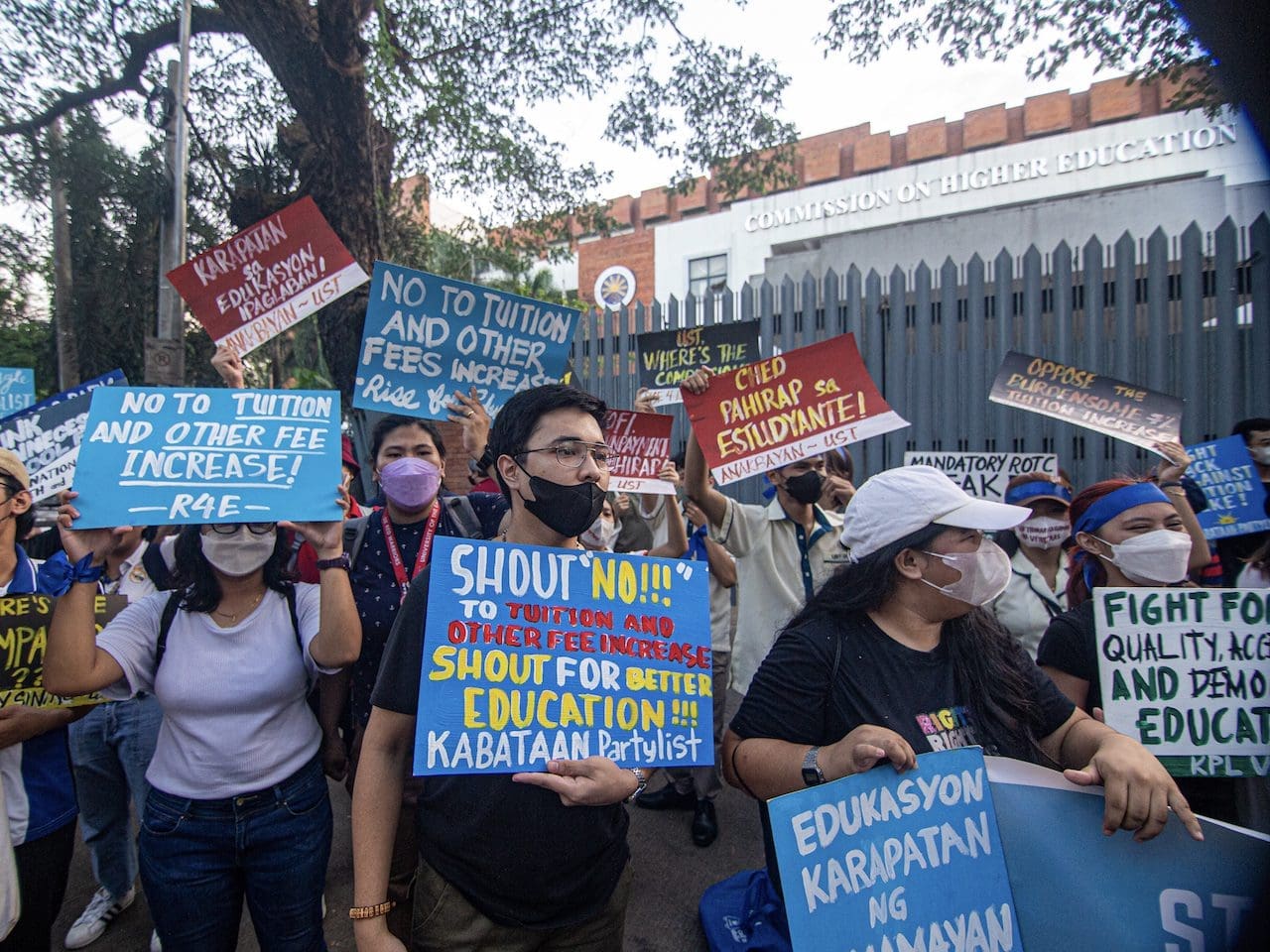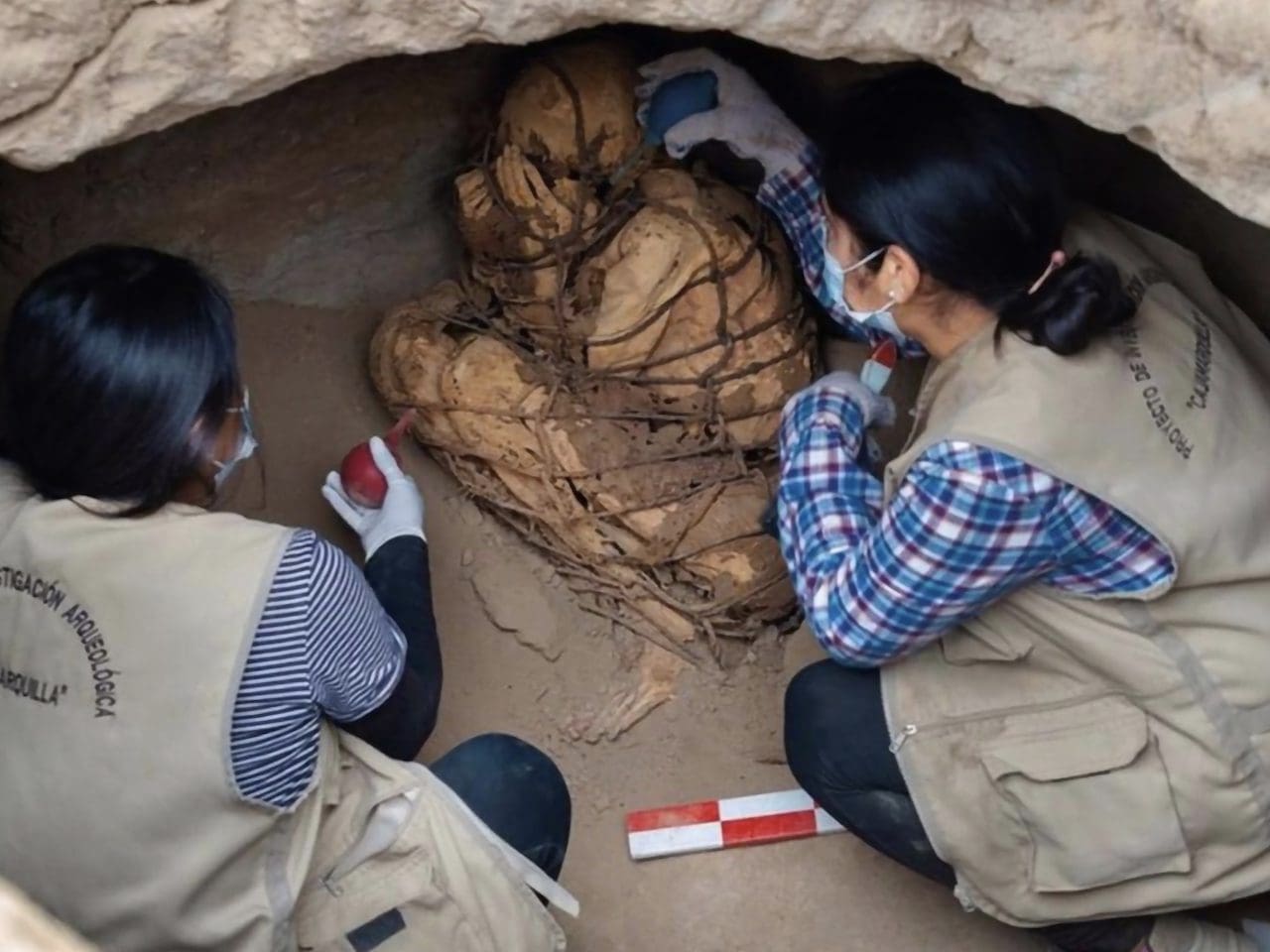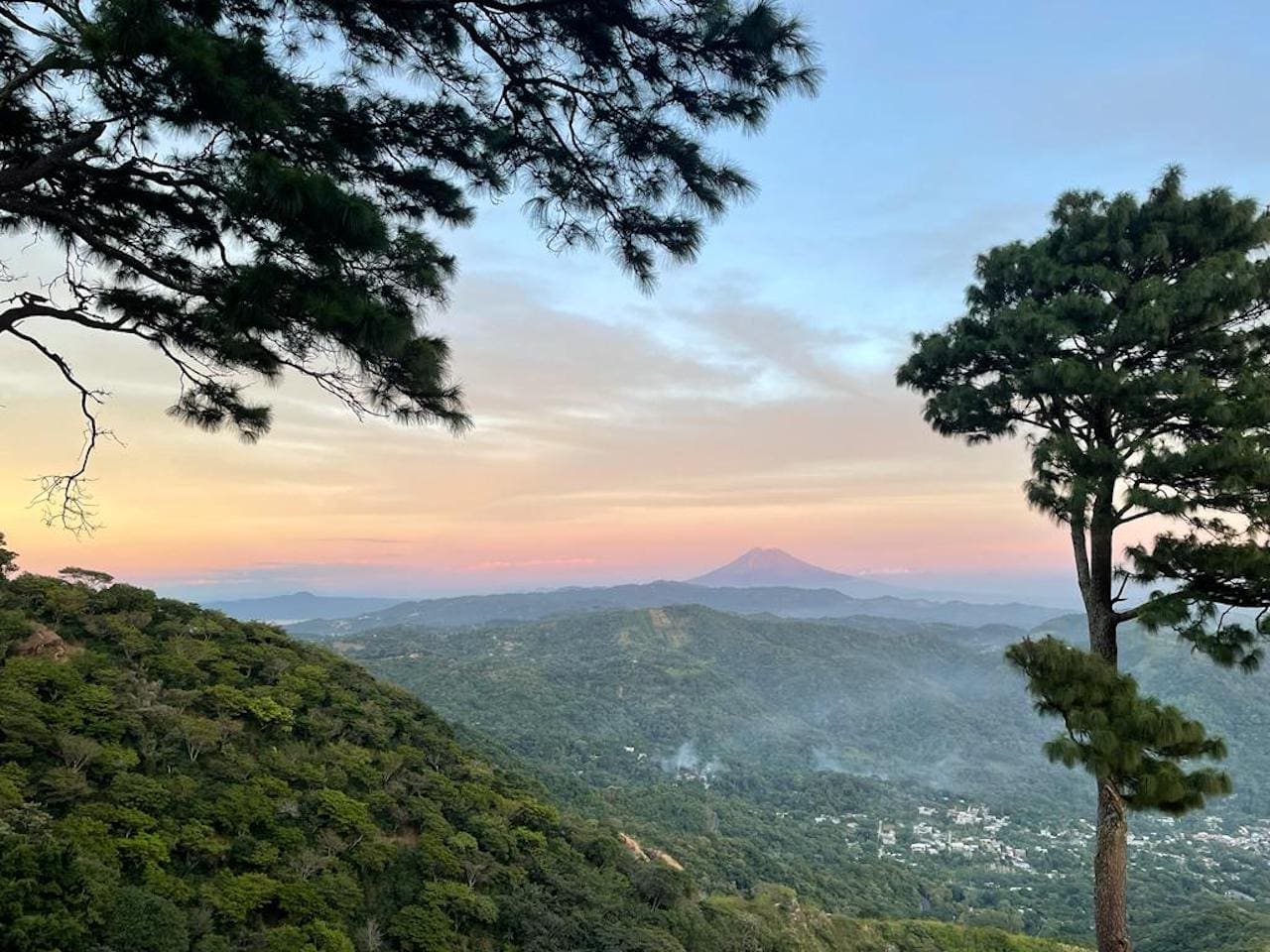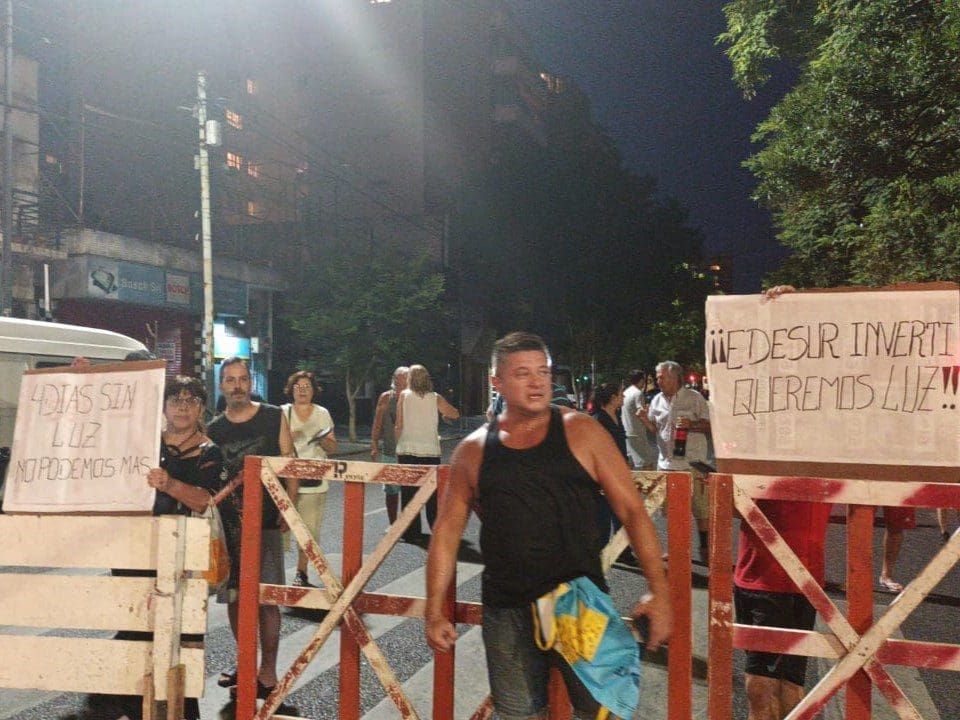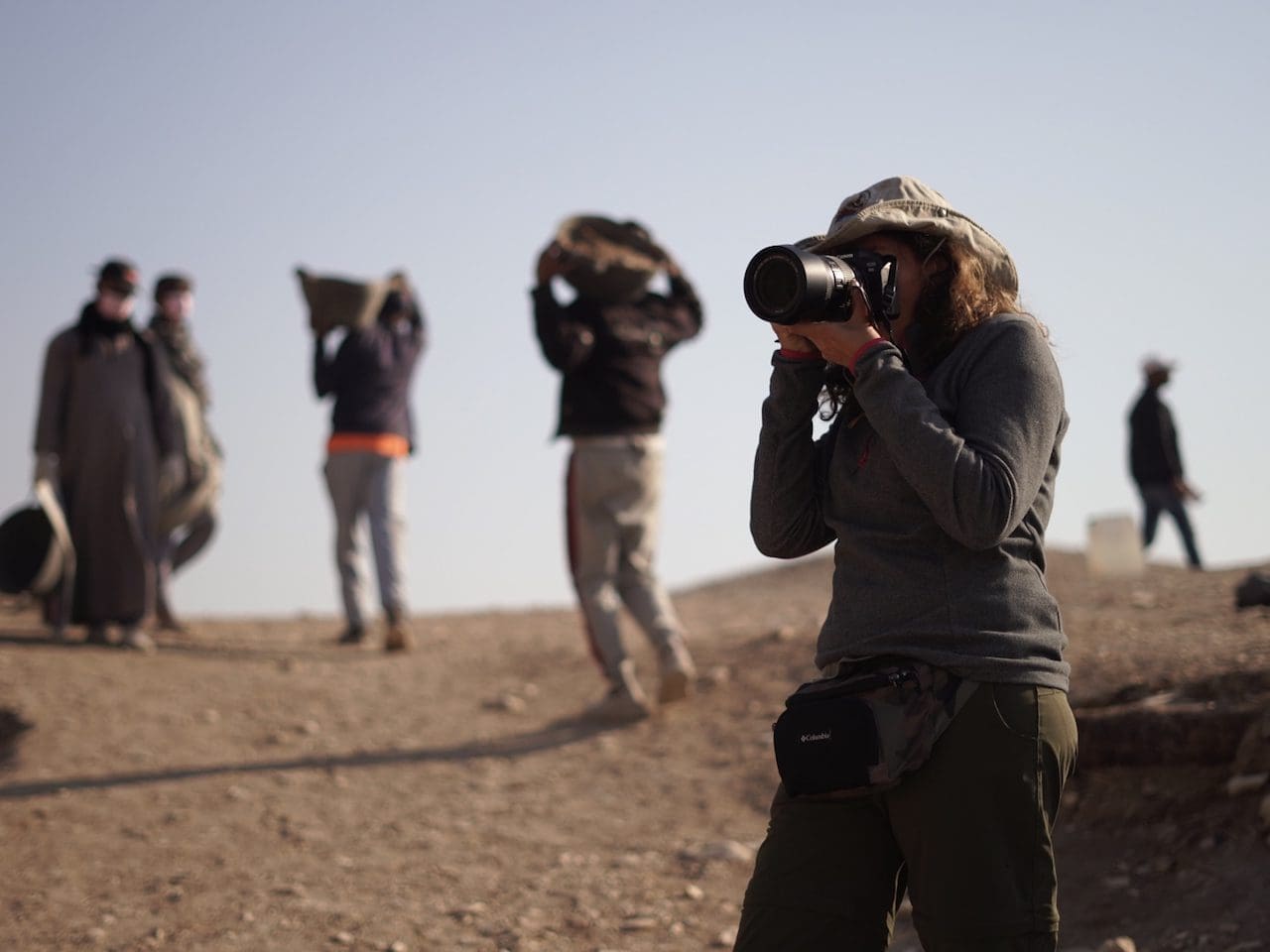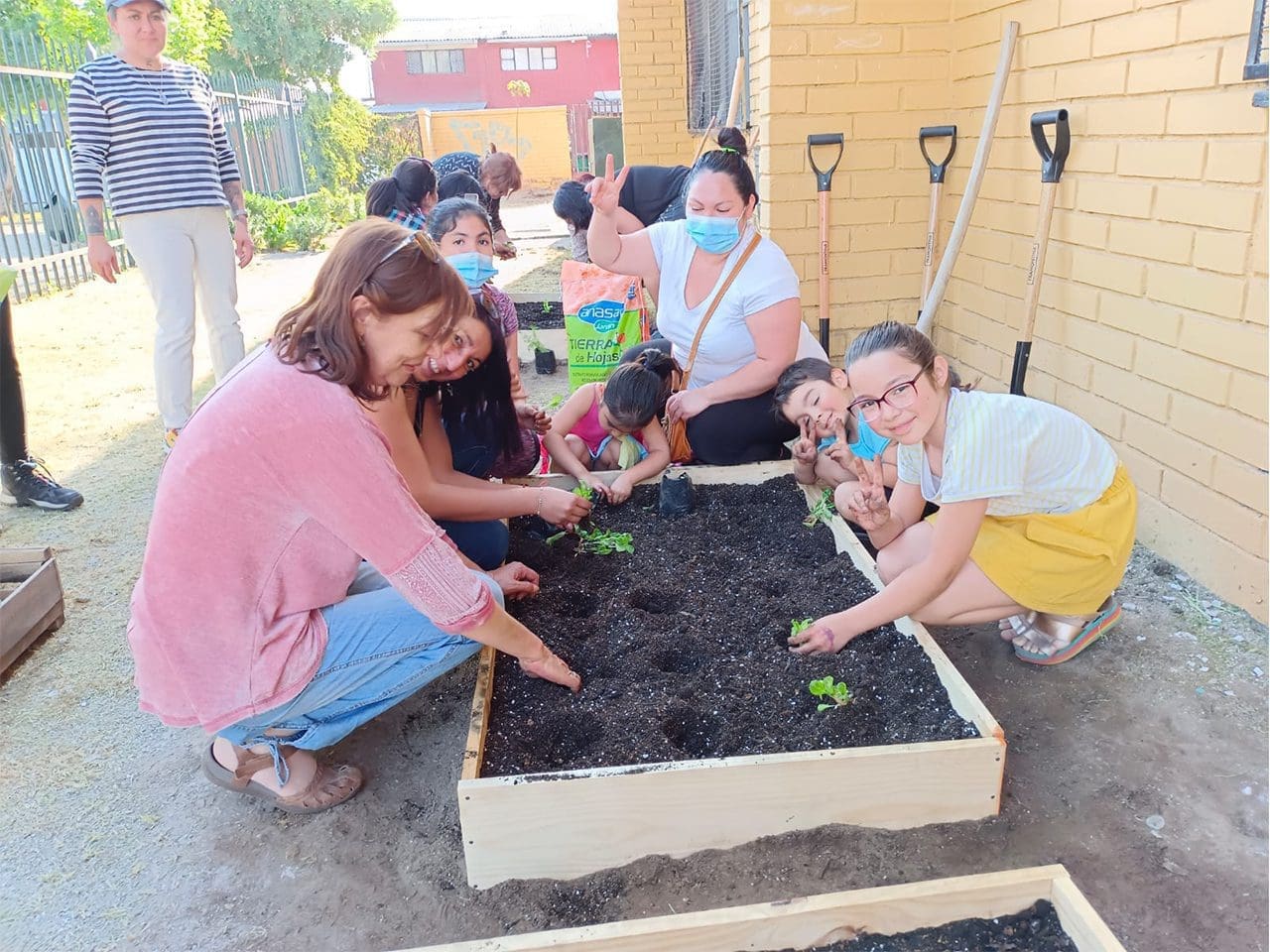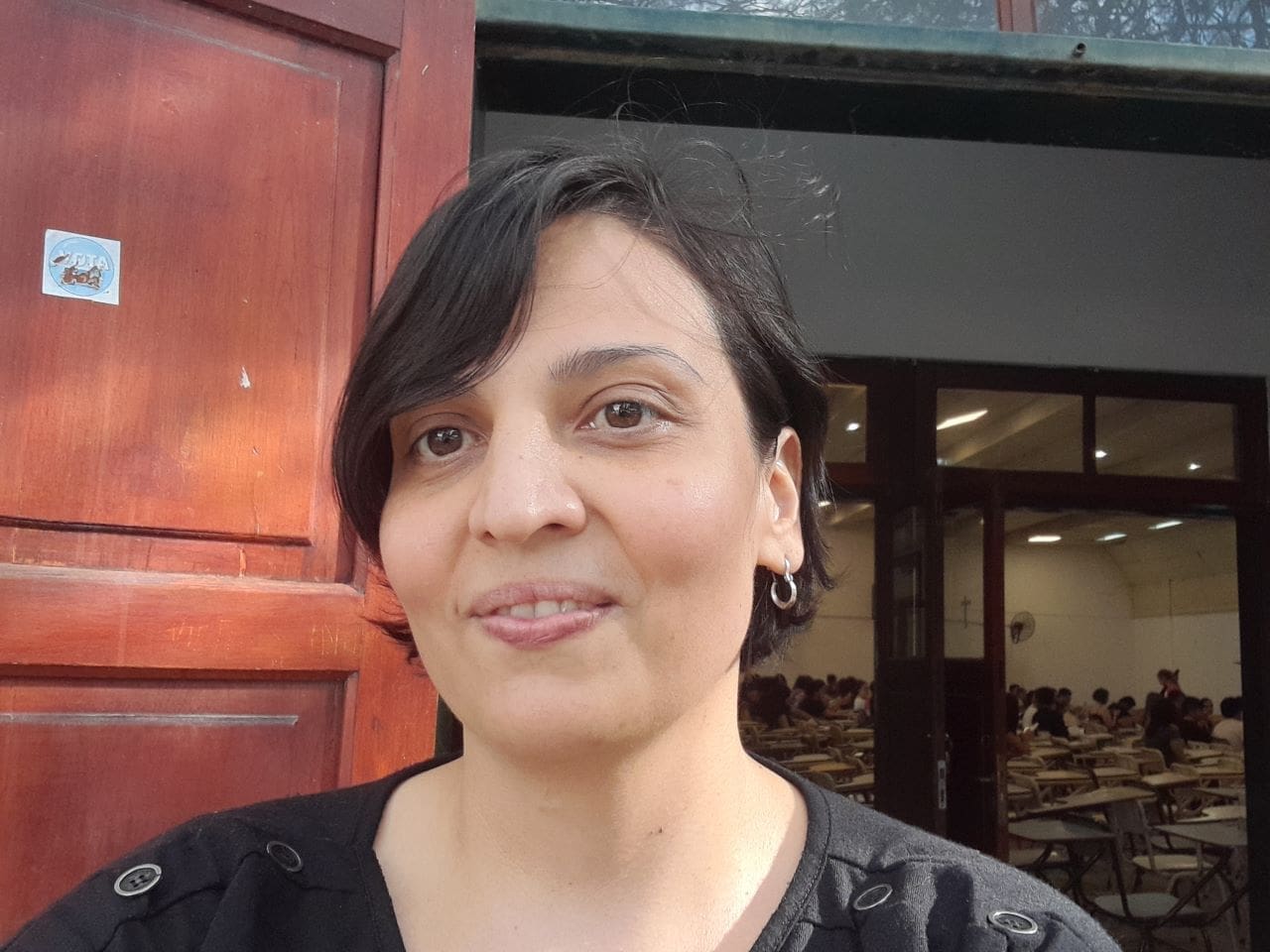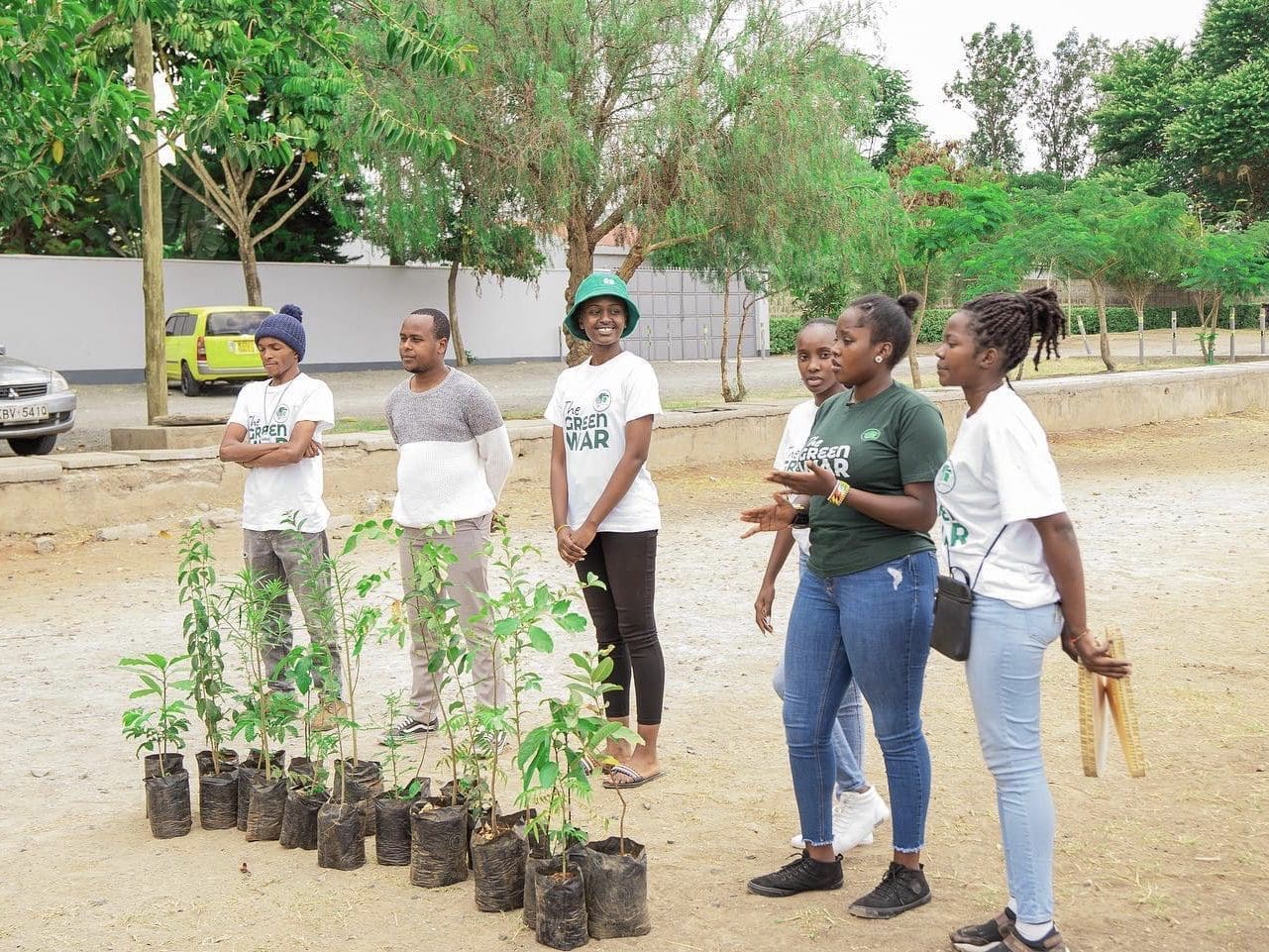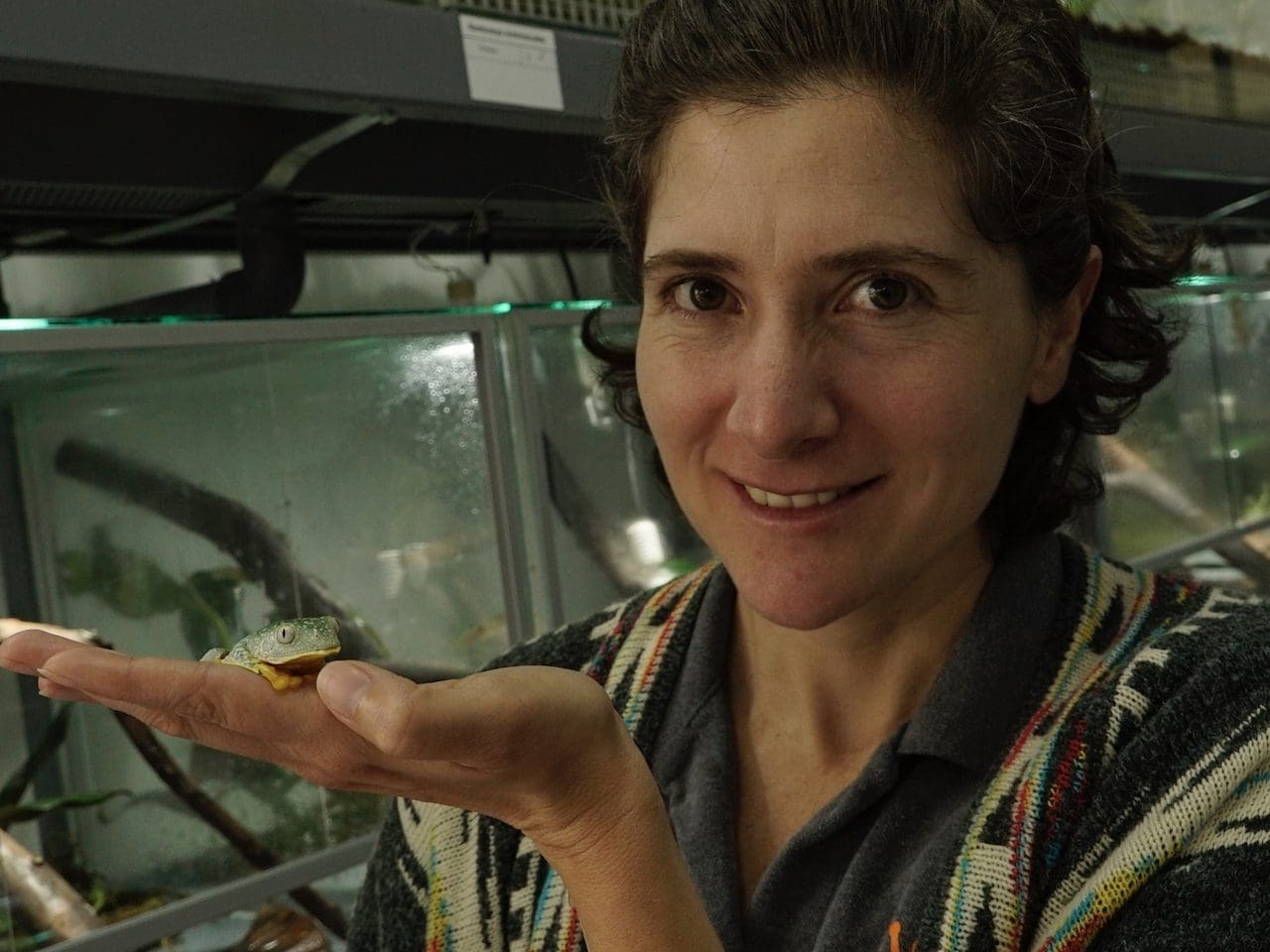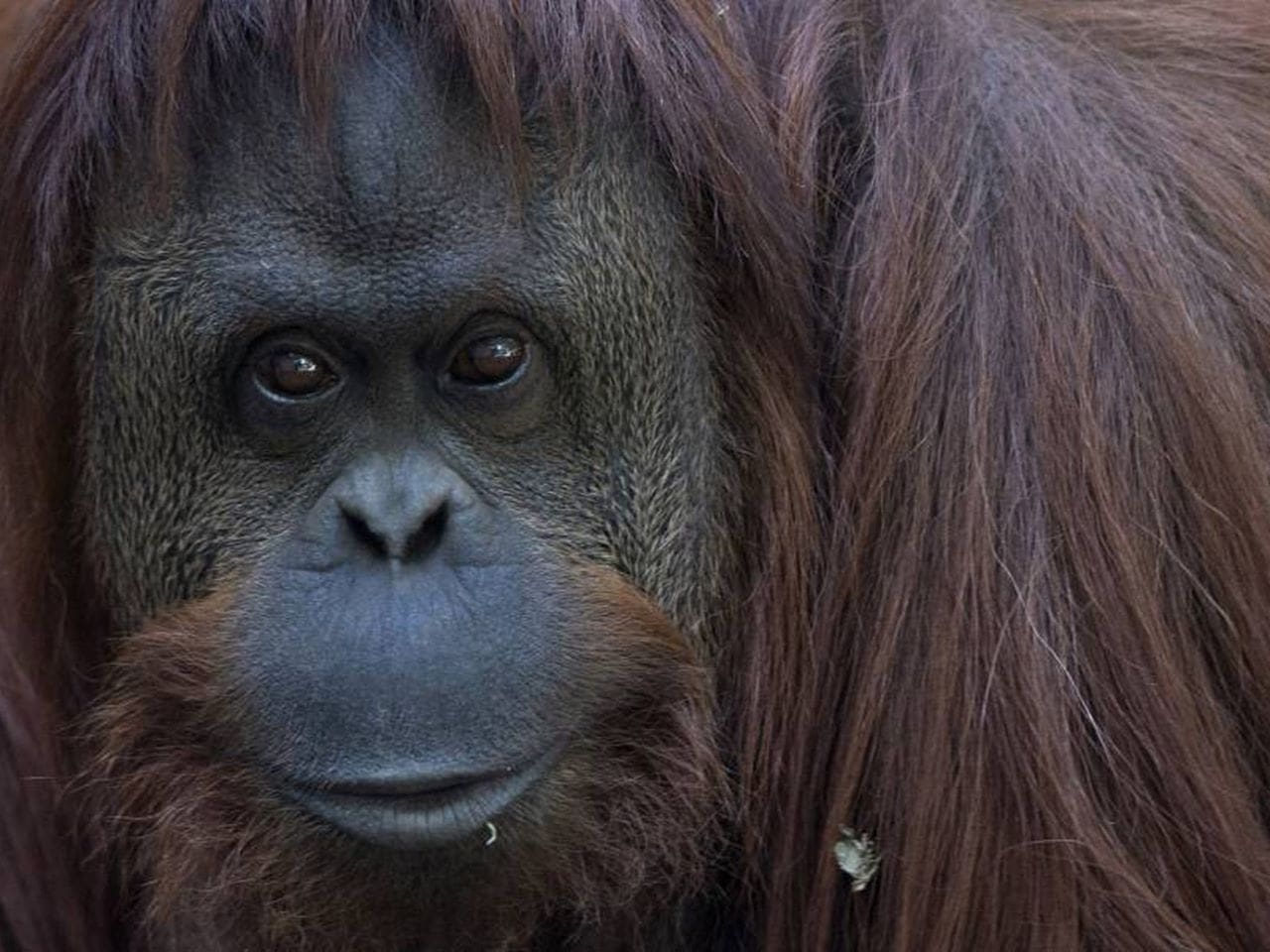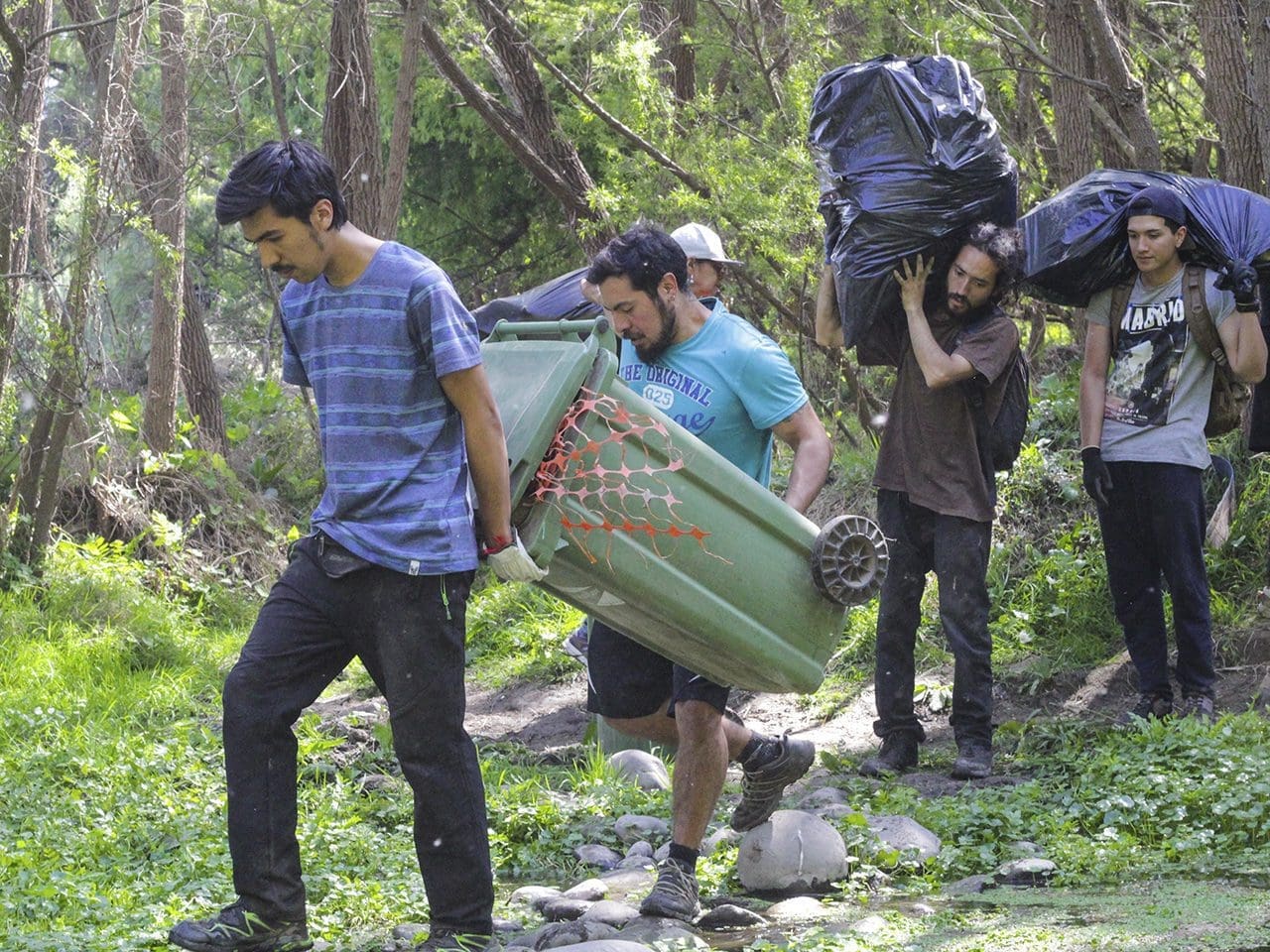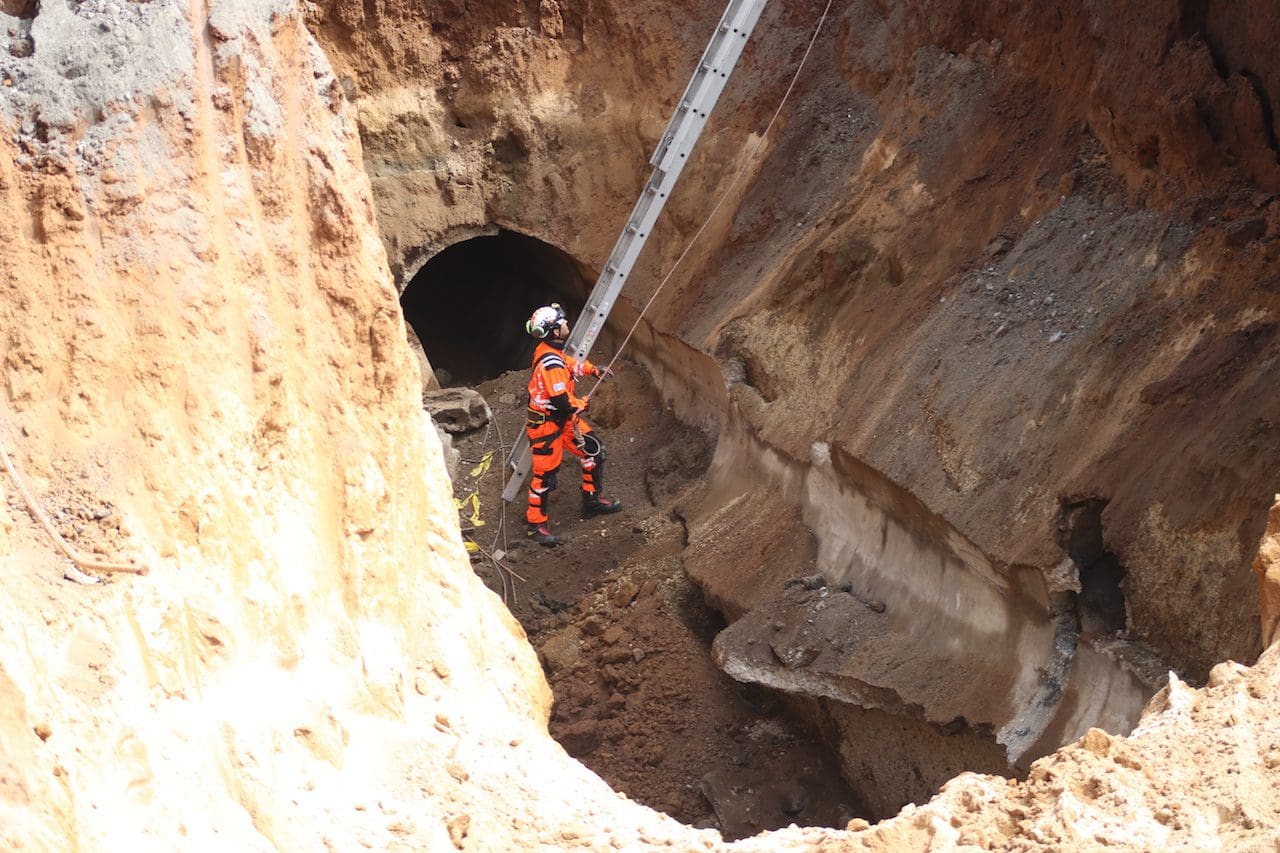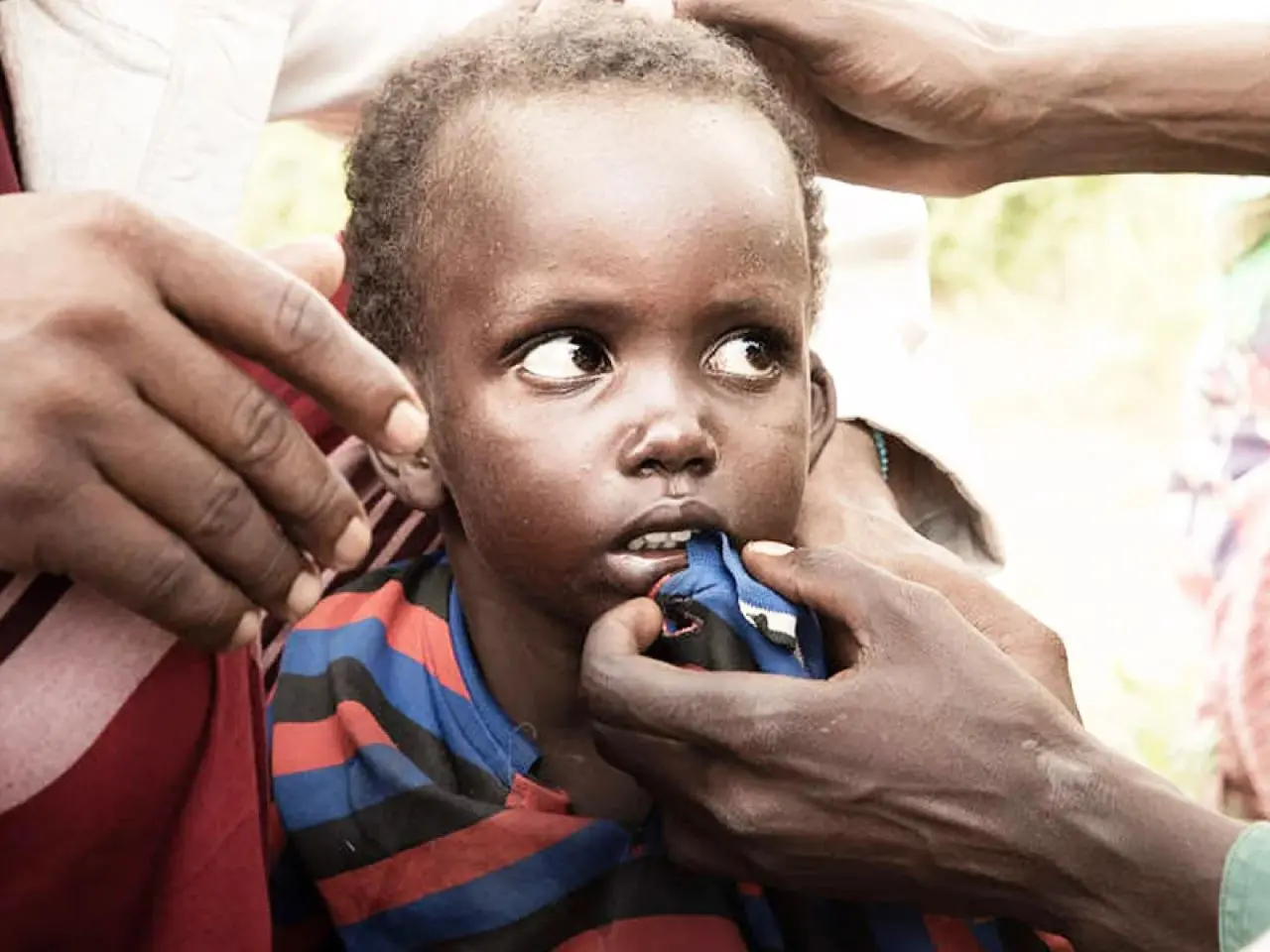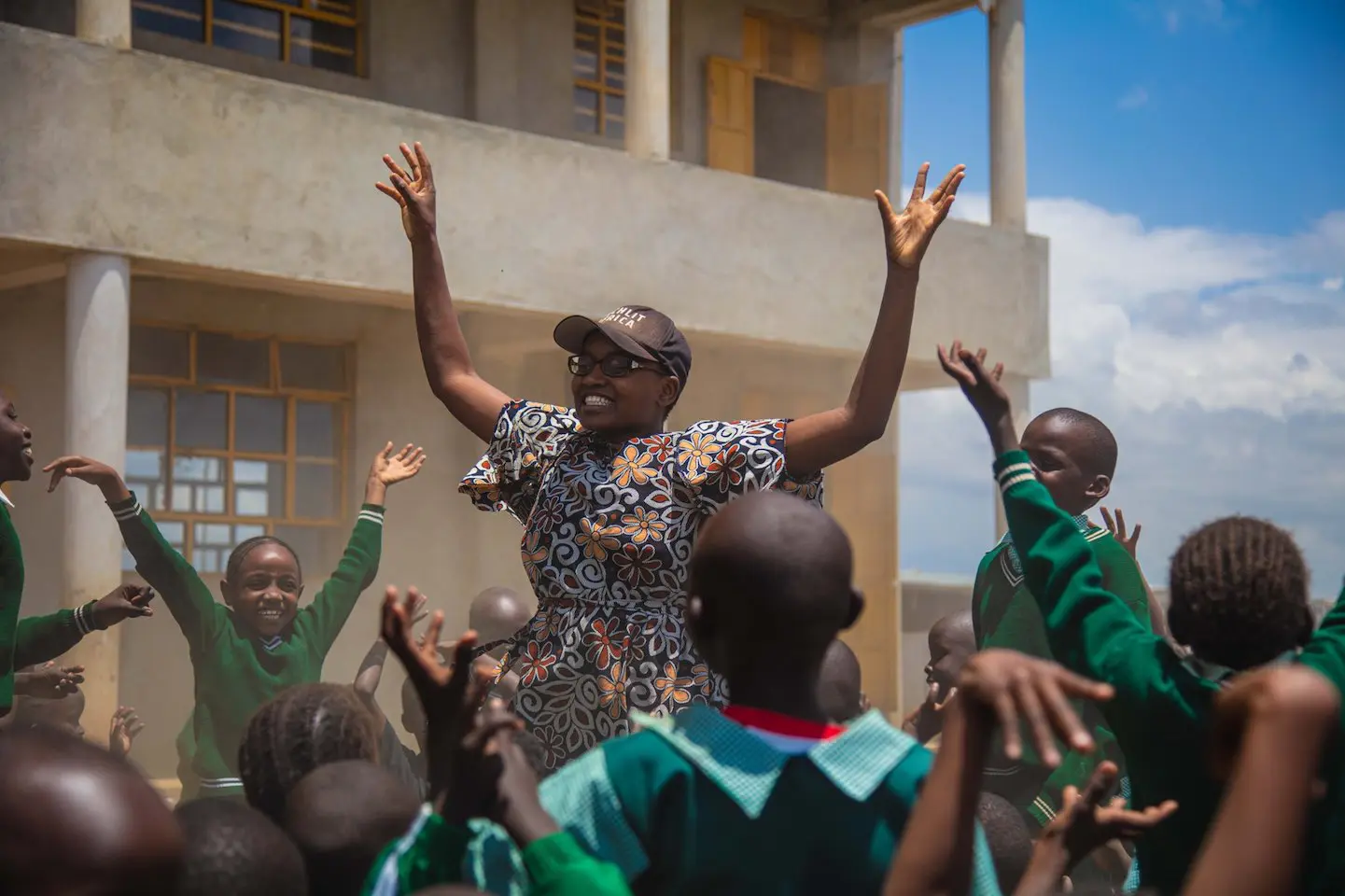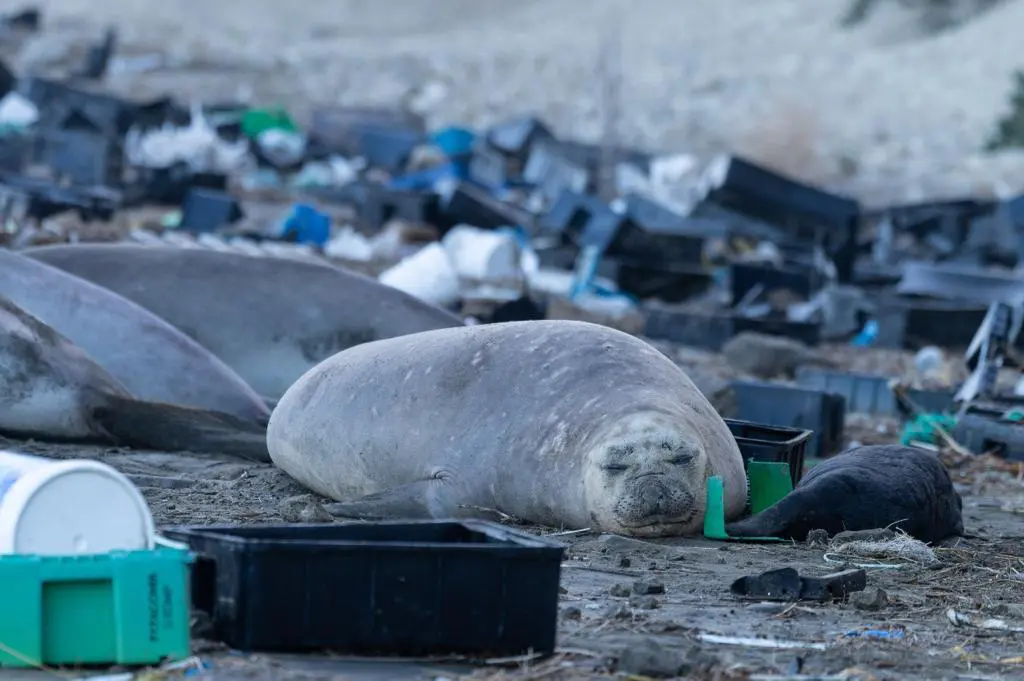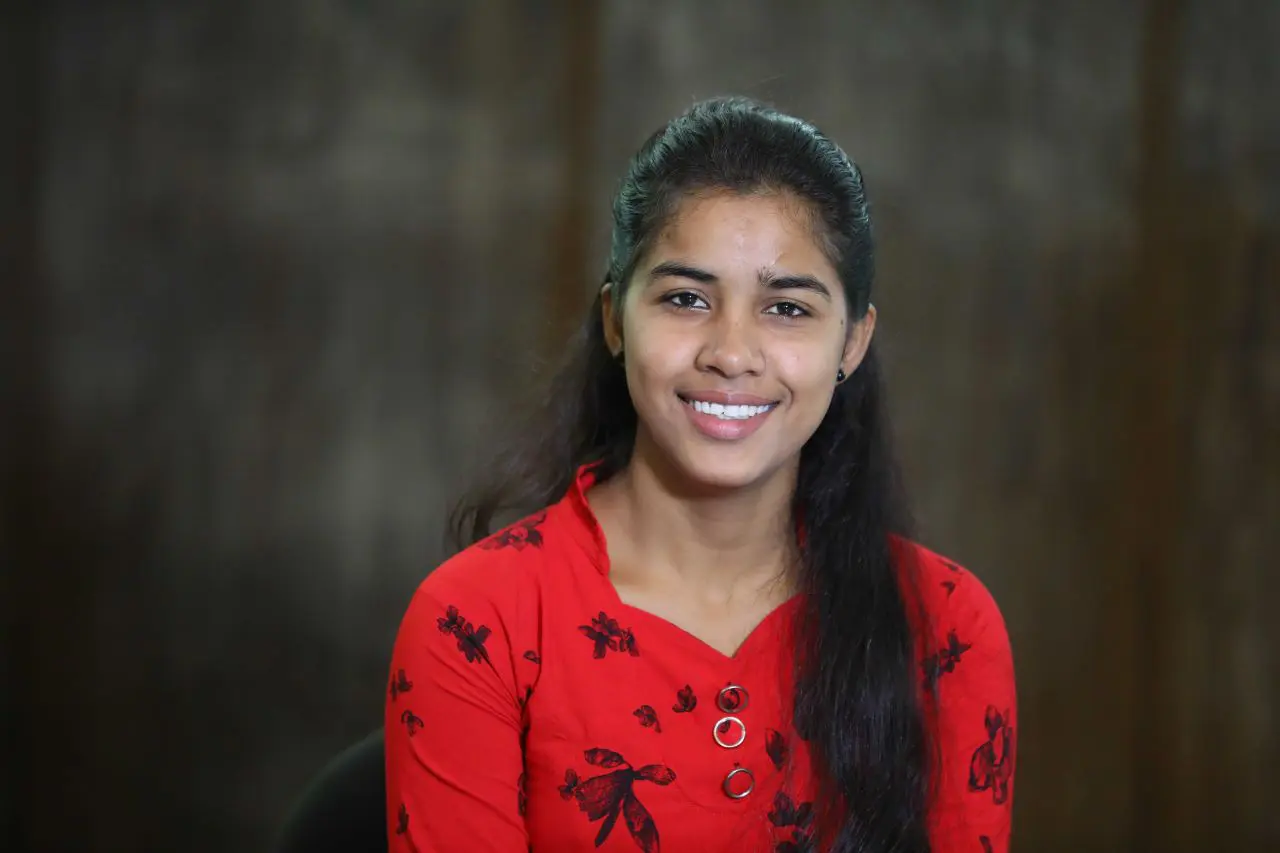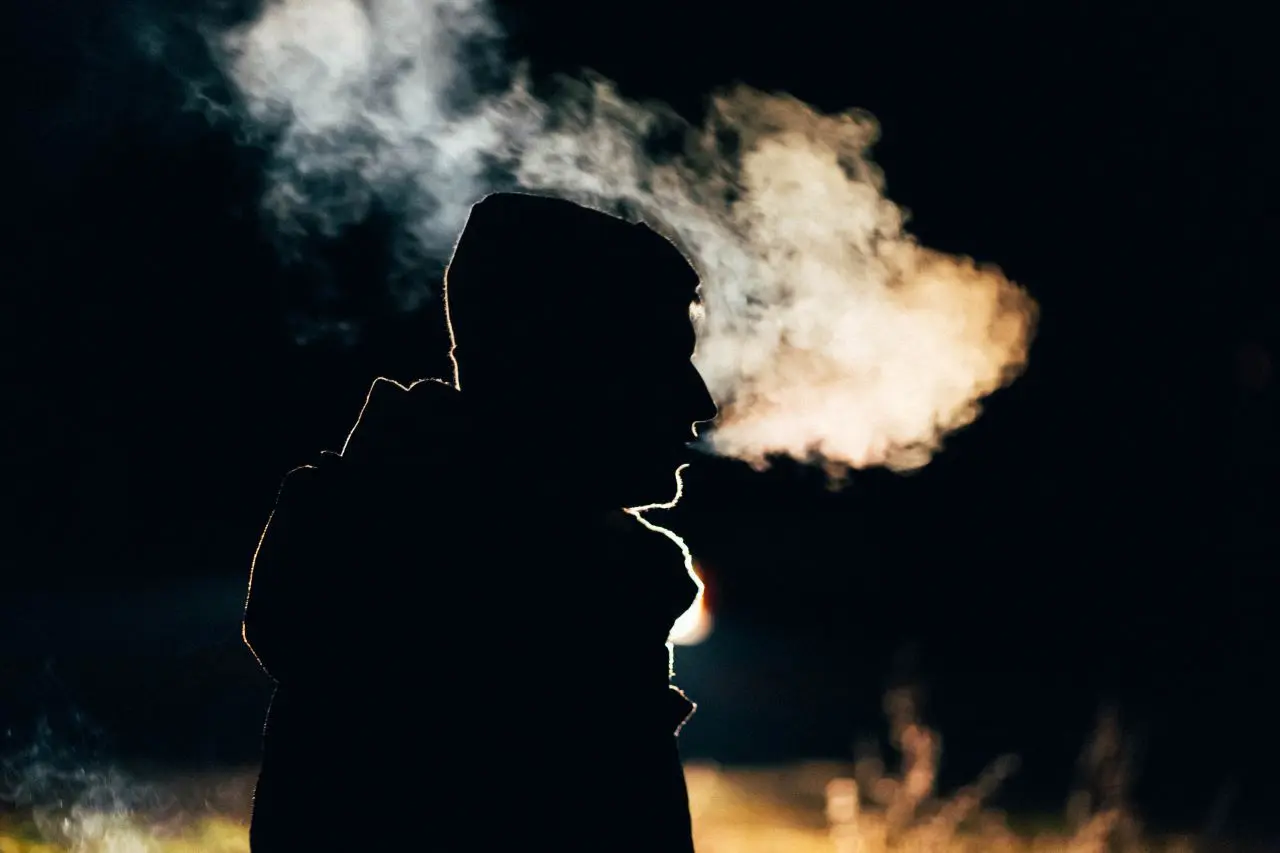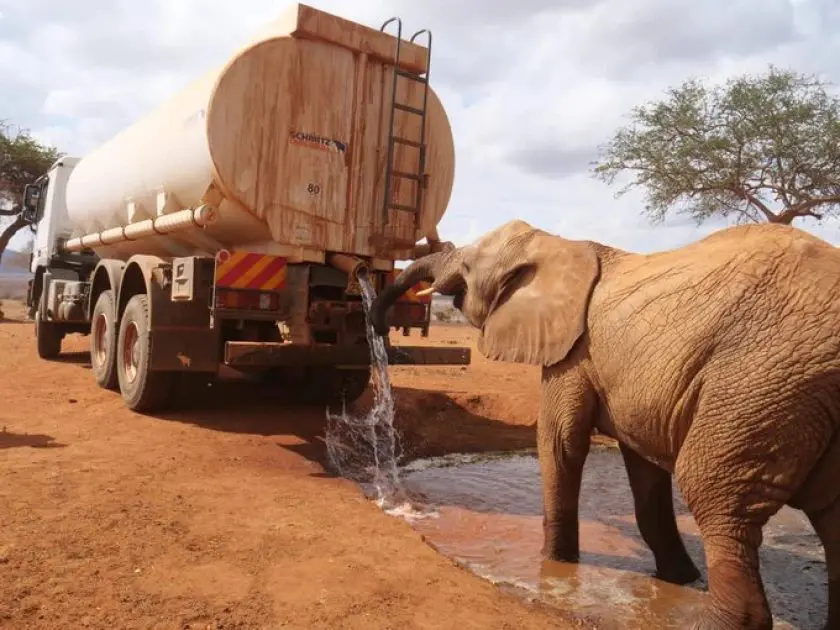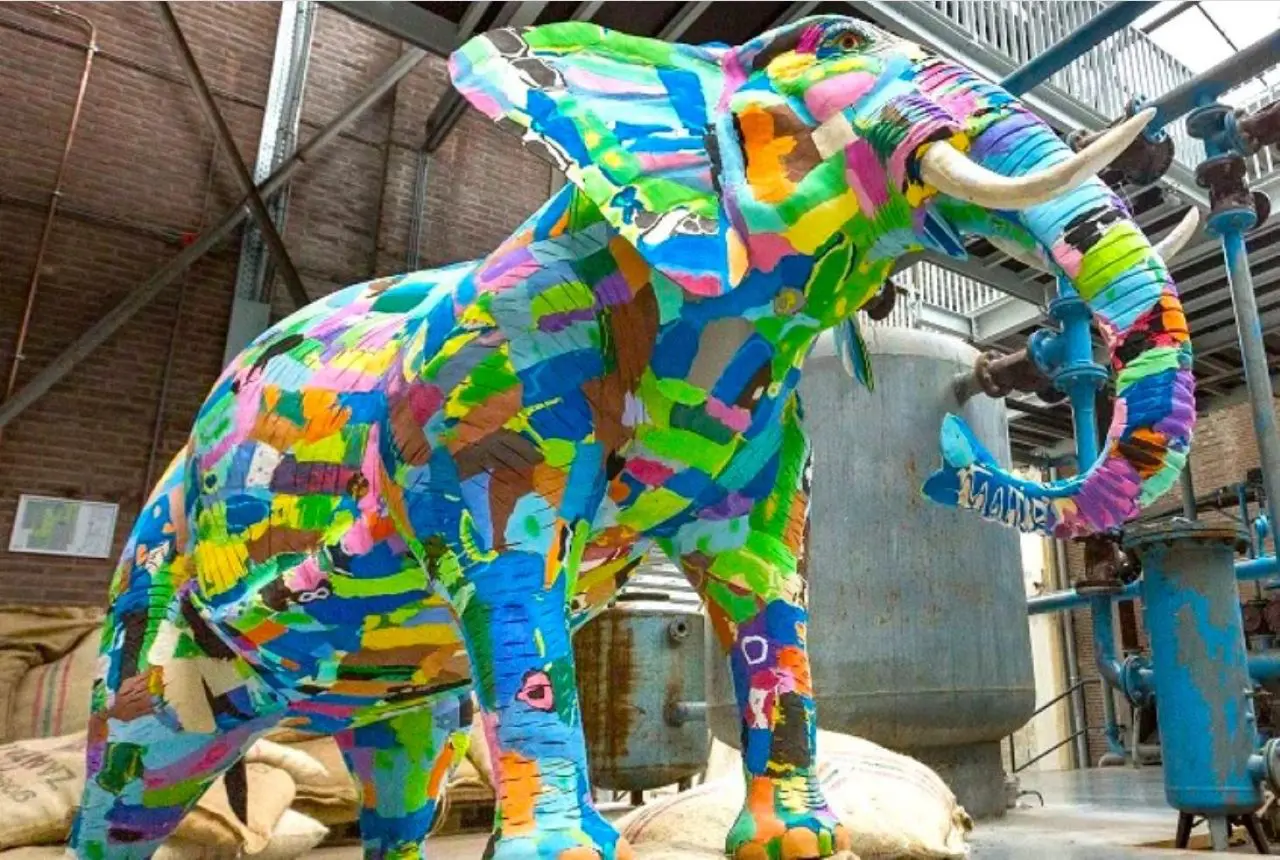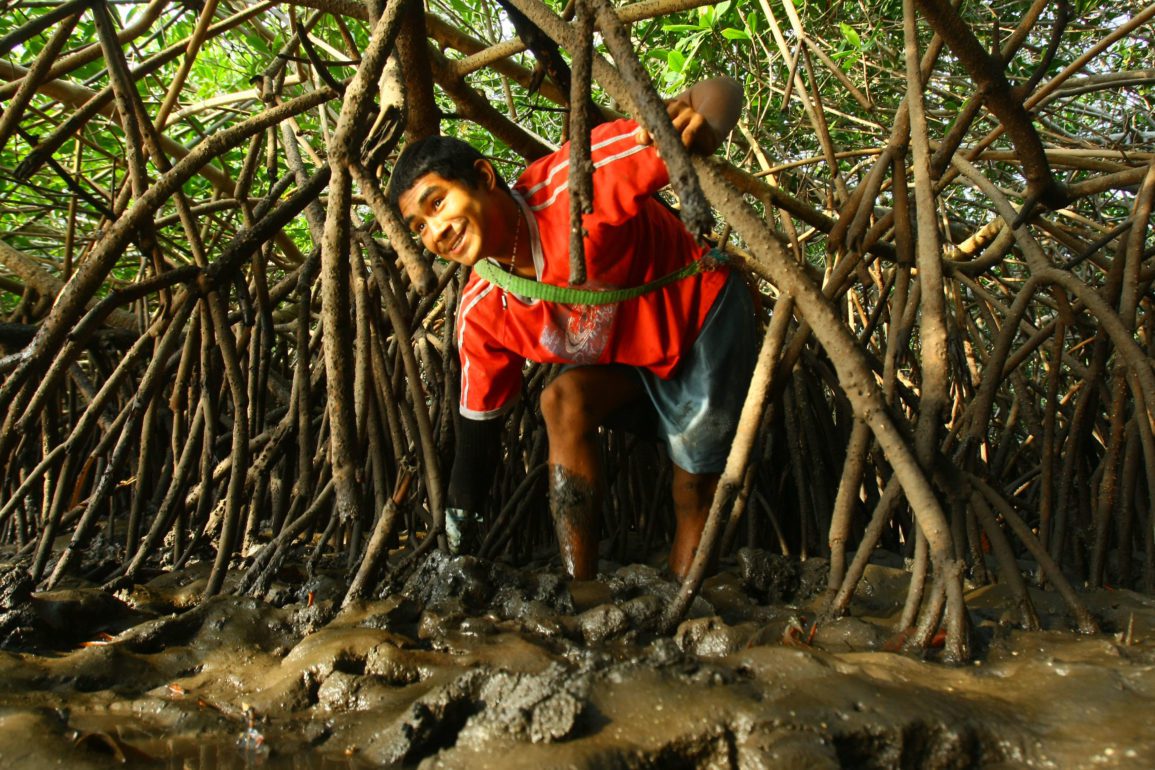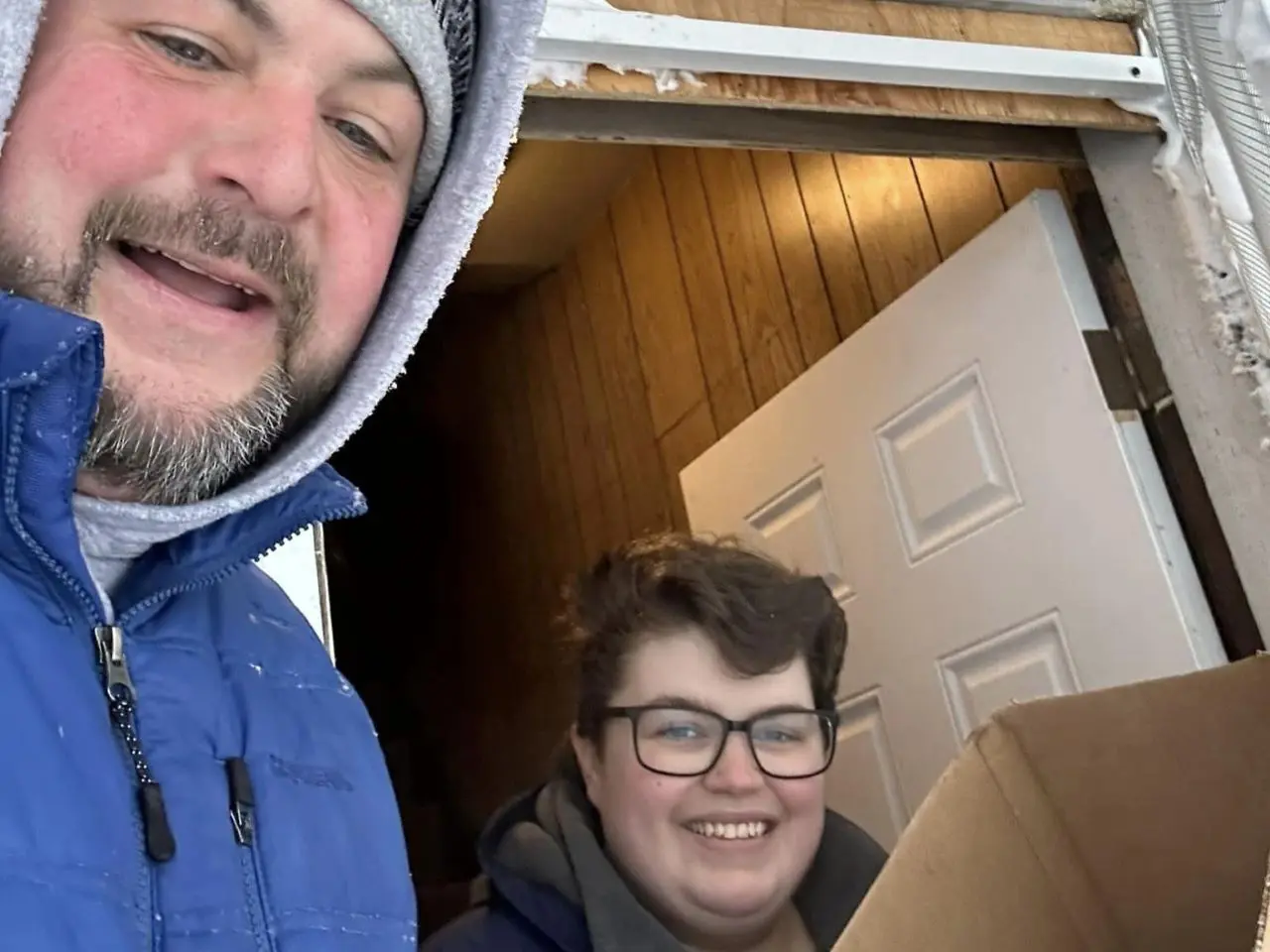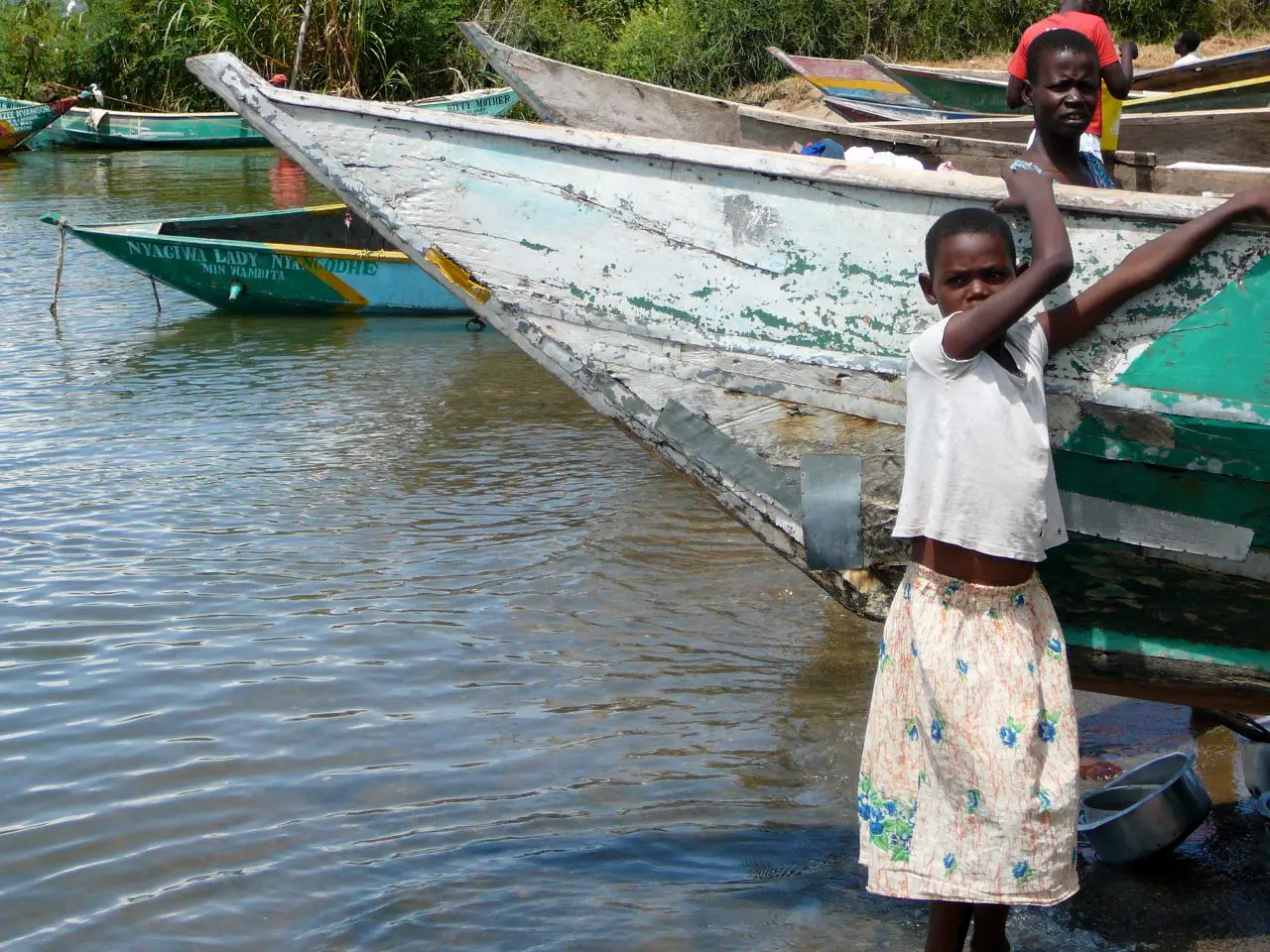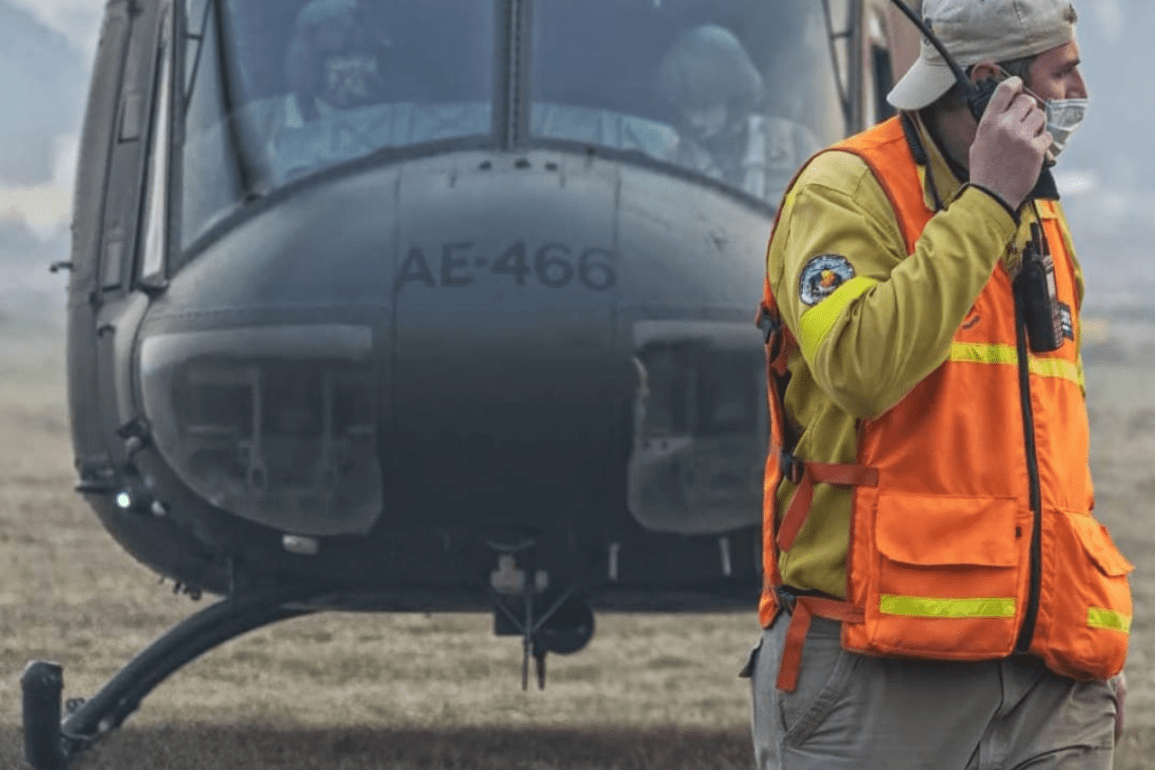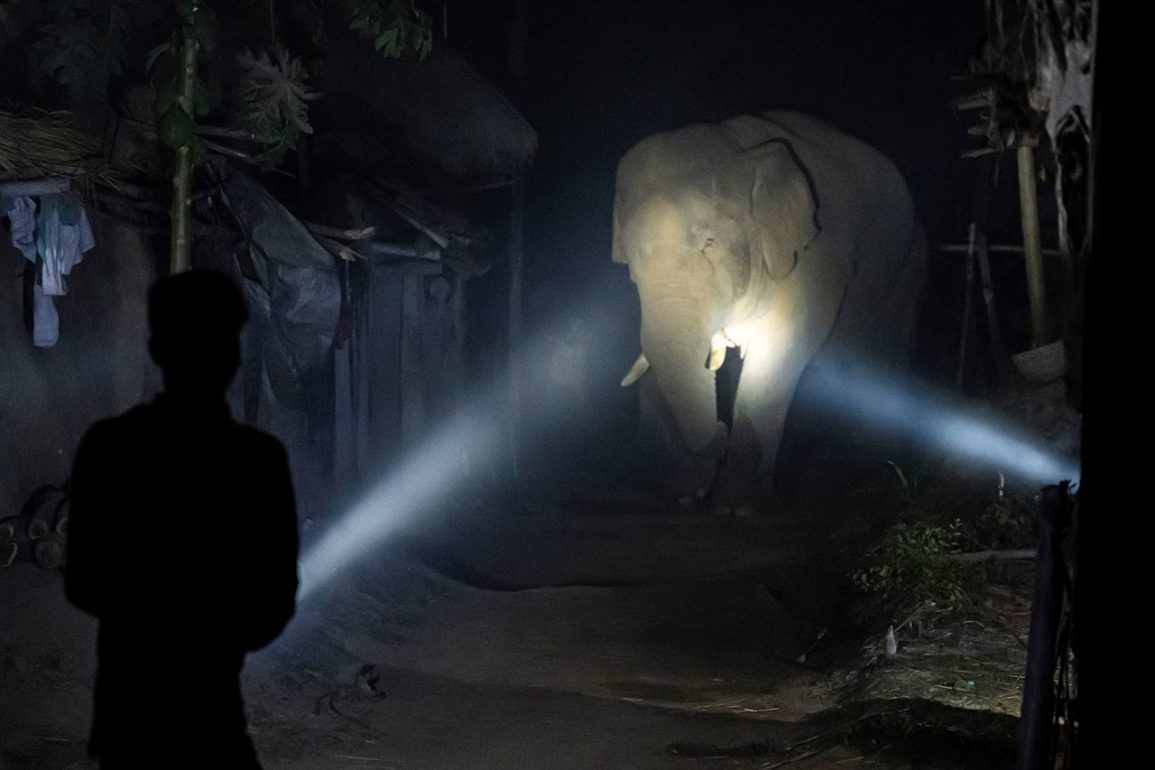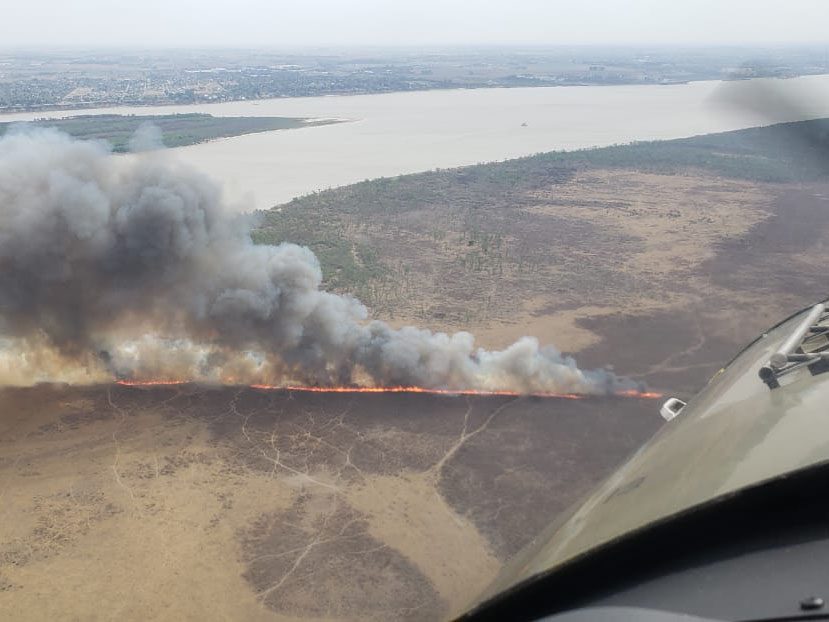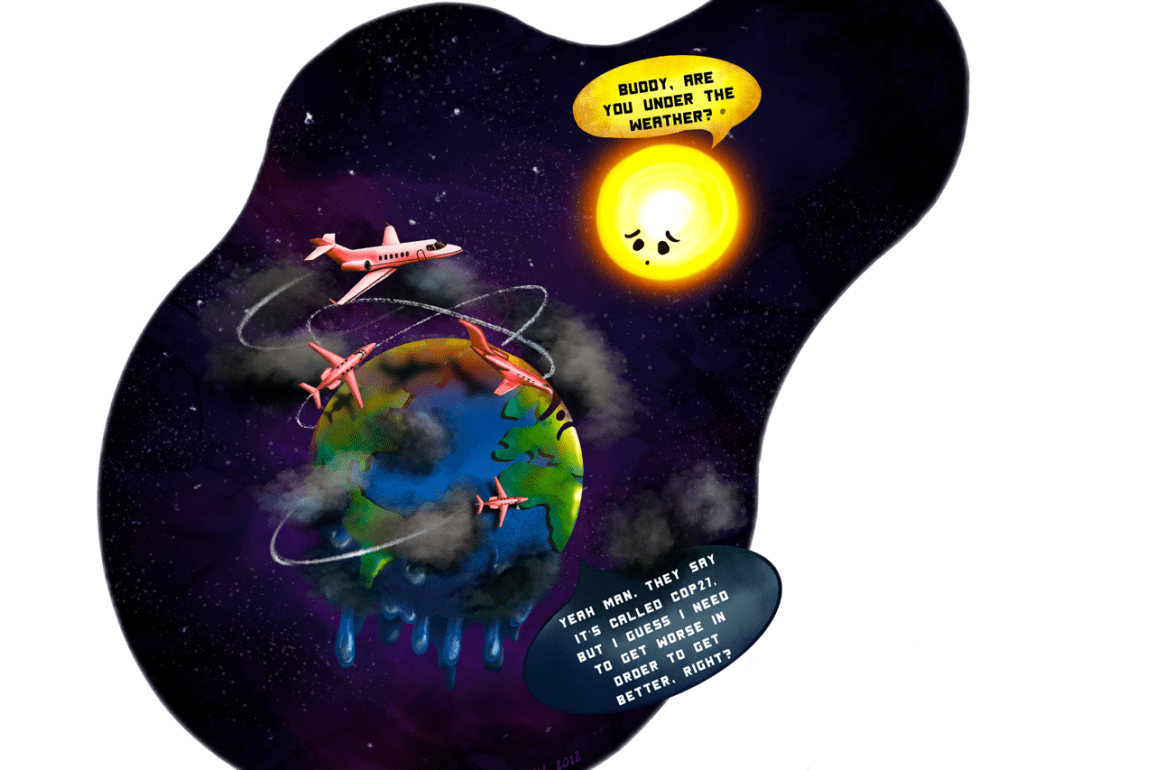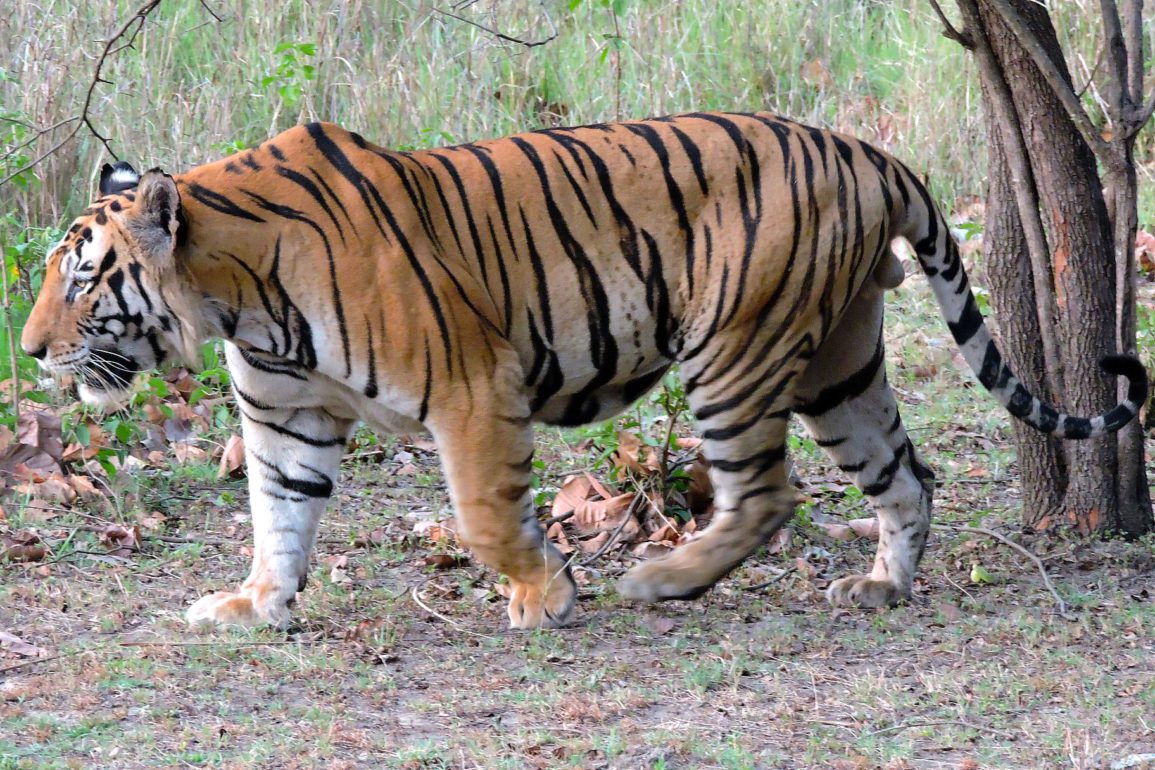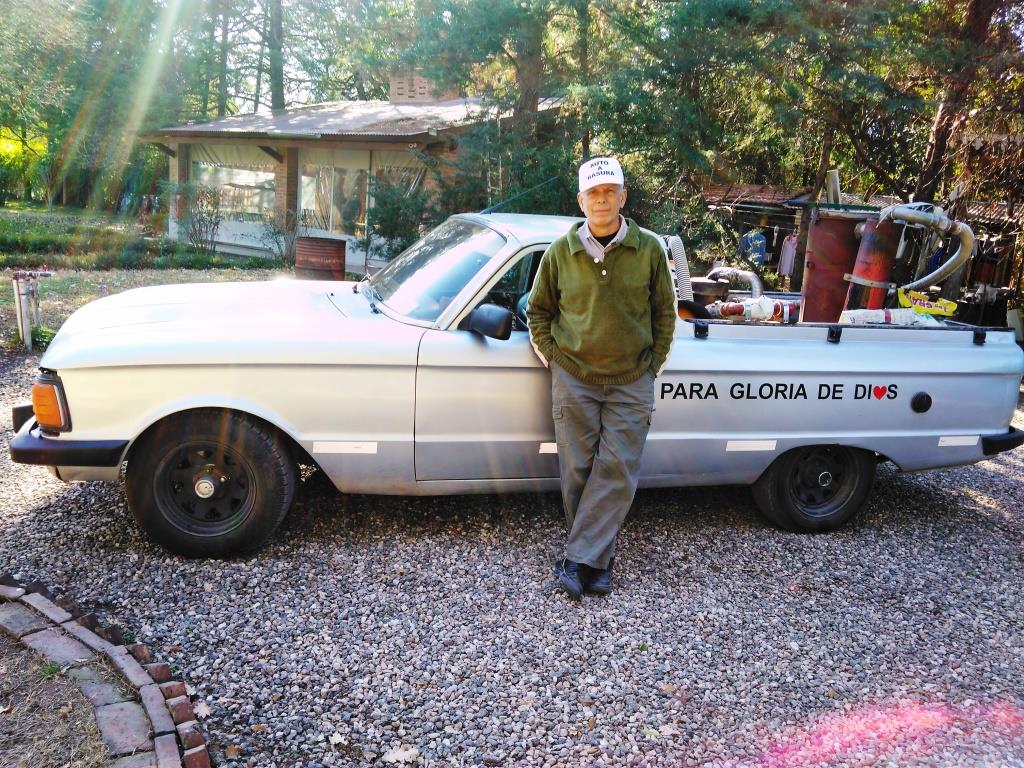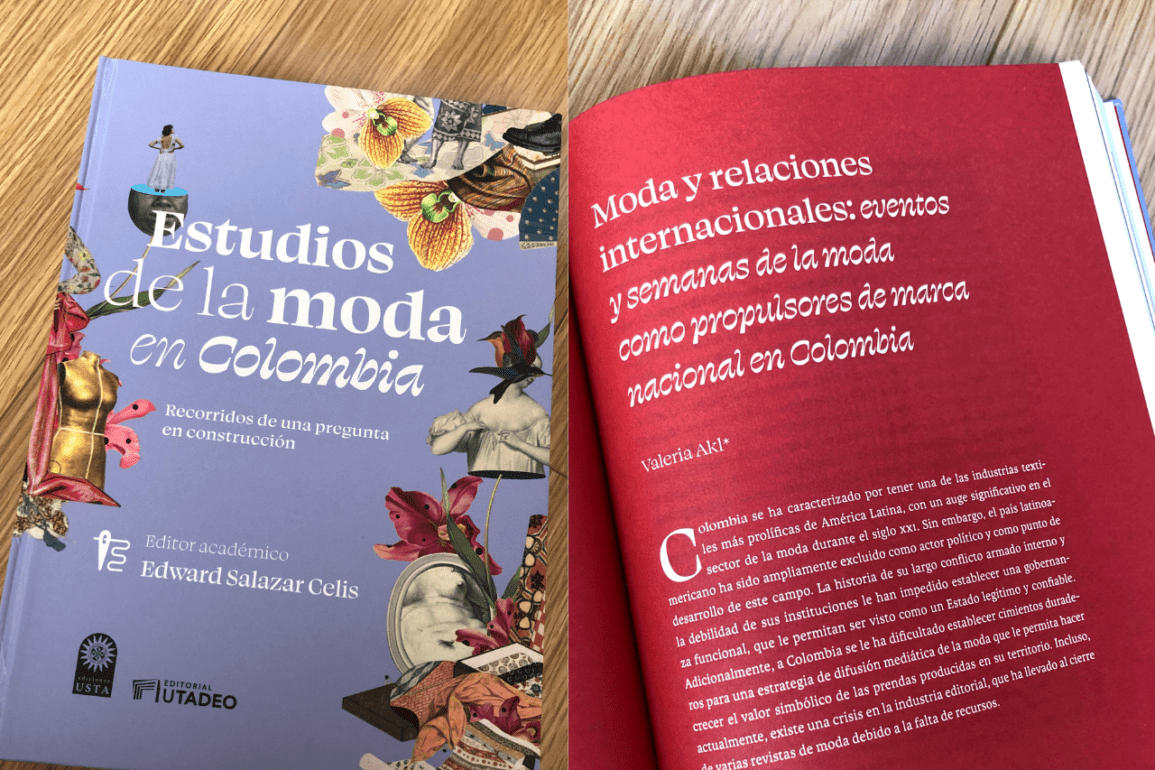Petare reborn: community unites to transform decades-old dump into a vibrant town of clean streets and murals
Without effective waste collection, mountains of trash accumulated, strewn across the ground. It emitted a nauseating smell. The rotten stench, coupled with environmental contamination, raised the risk of fires and spurred the proliferation of worms, flies, and other vermin, posing a significant danger to our community.
- 3 months ago
April 27, 2024
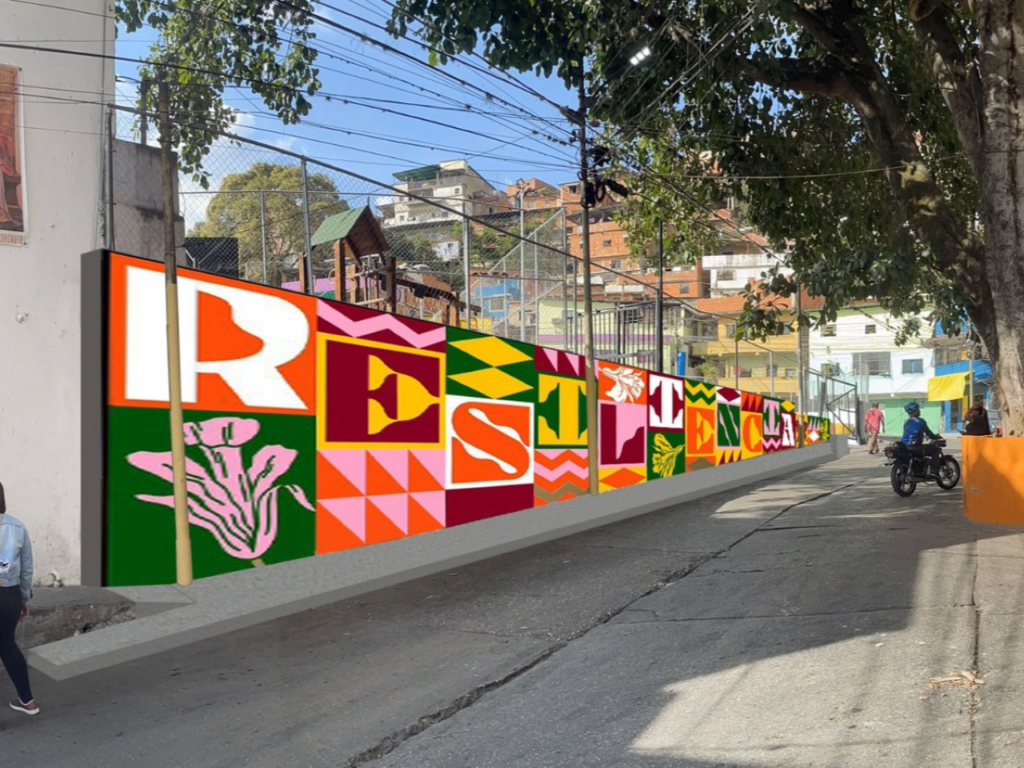
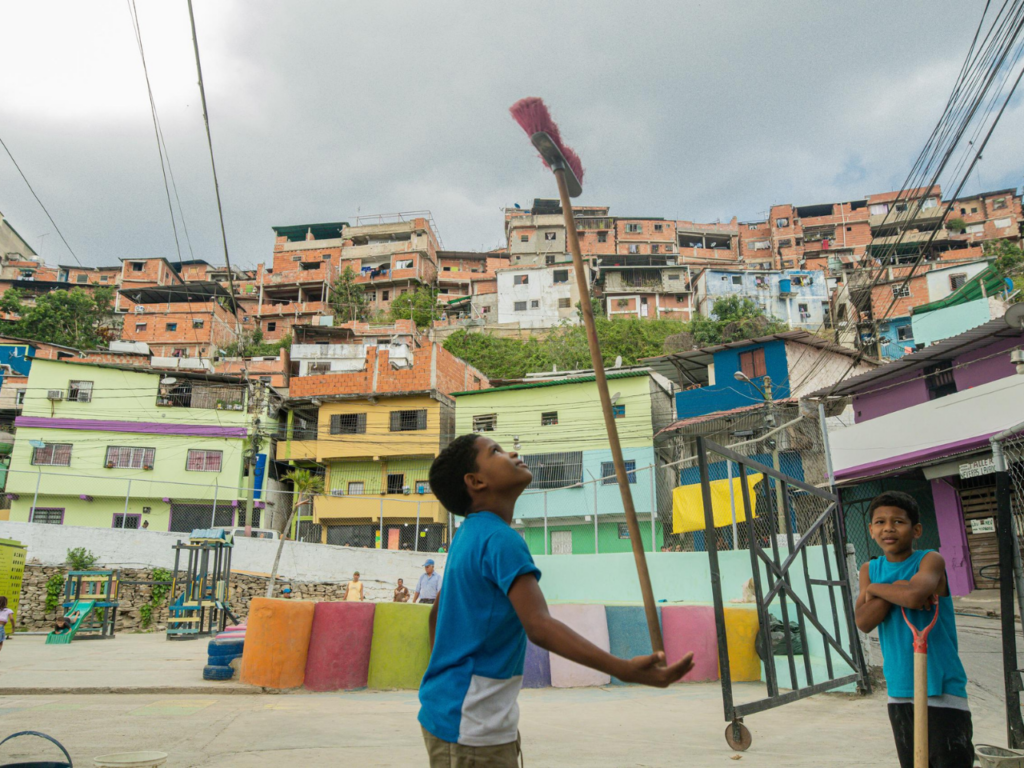
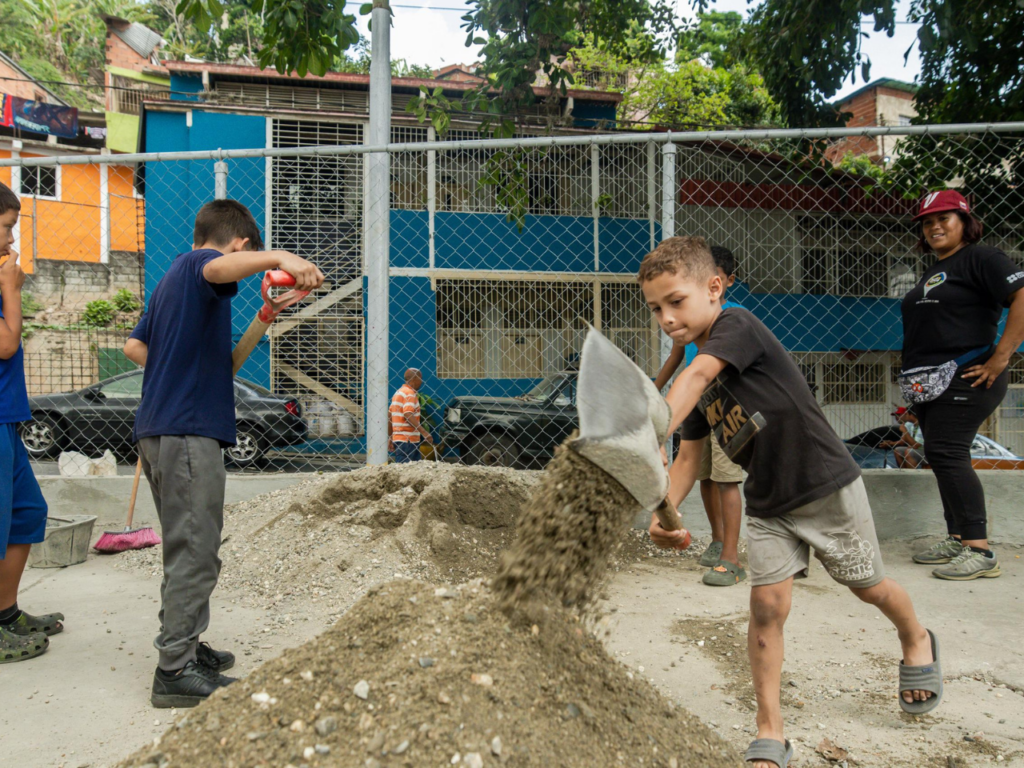
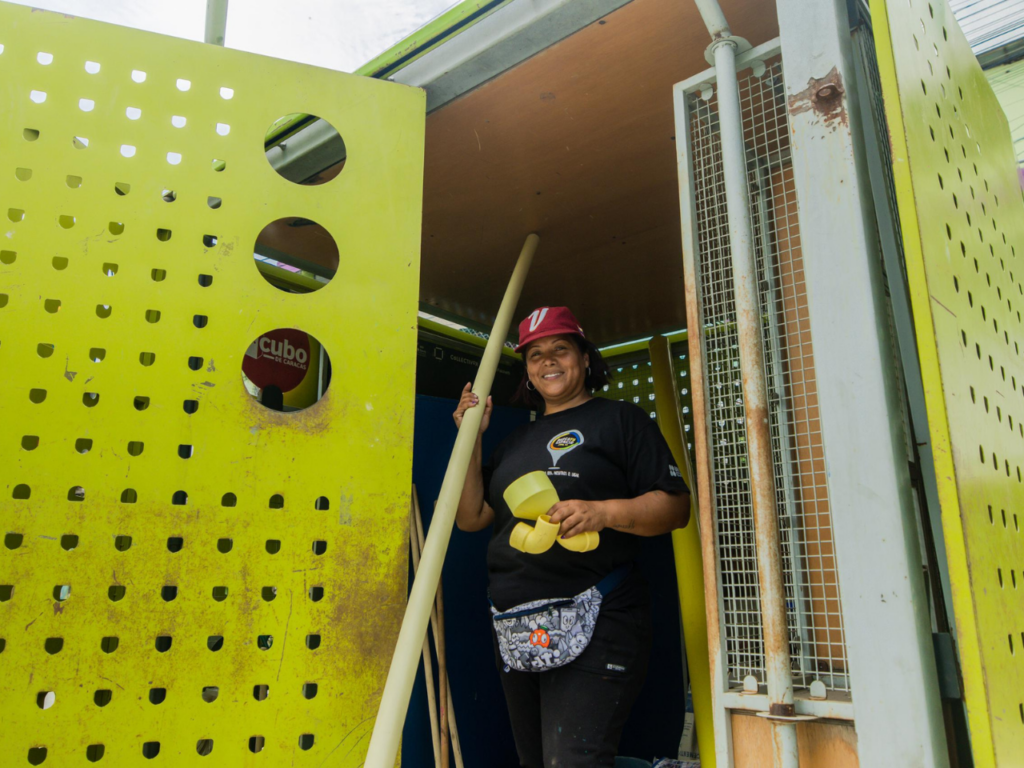
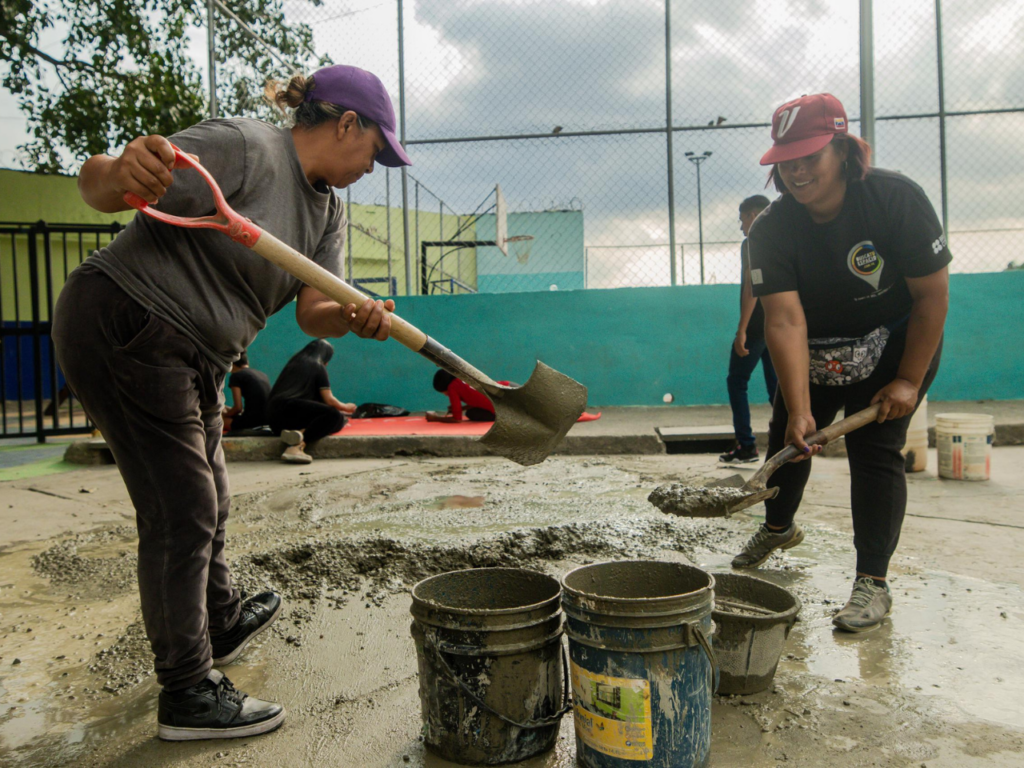
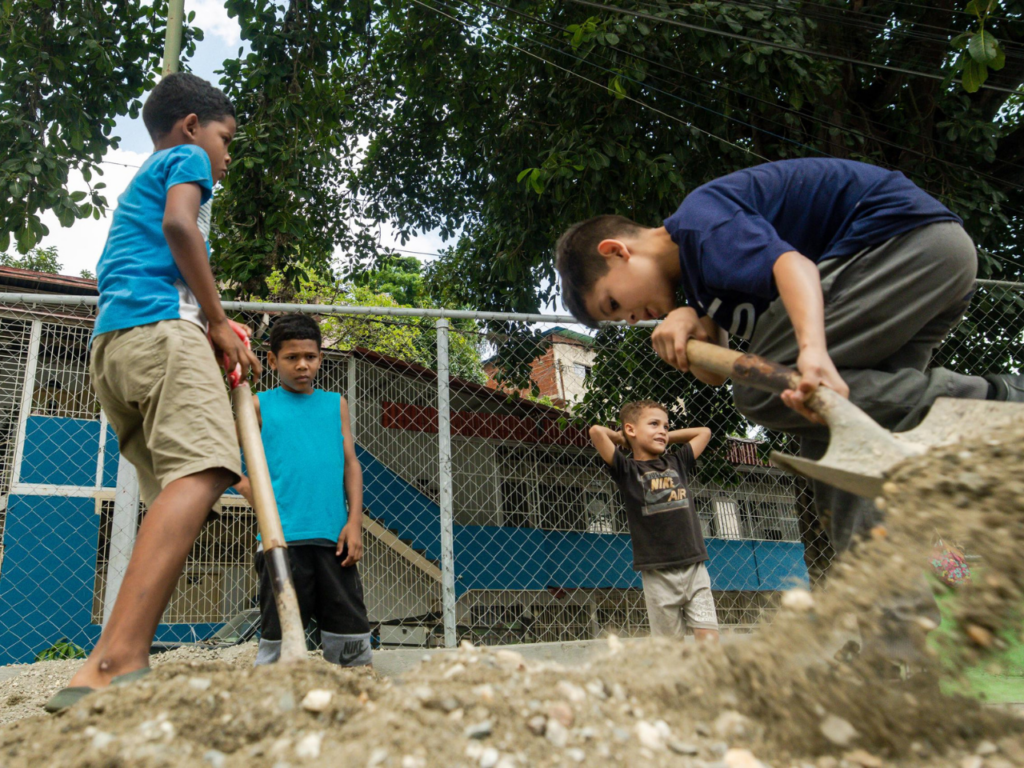
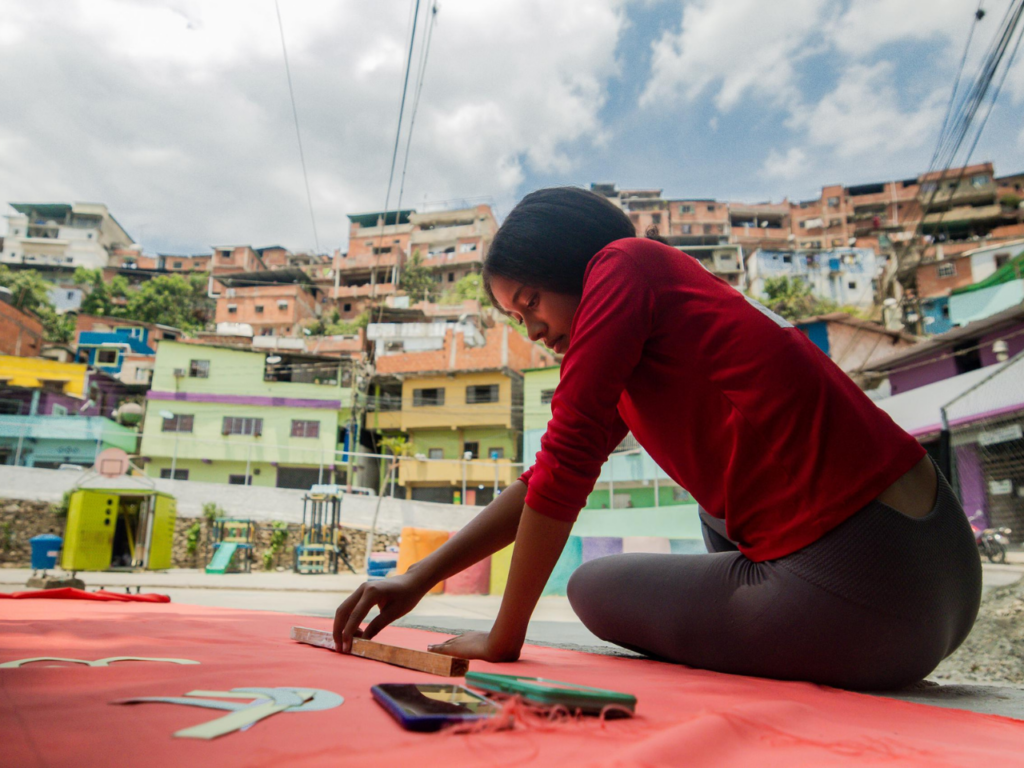
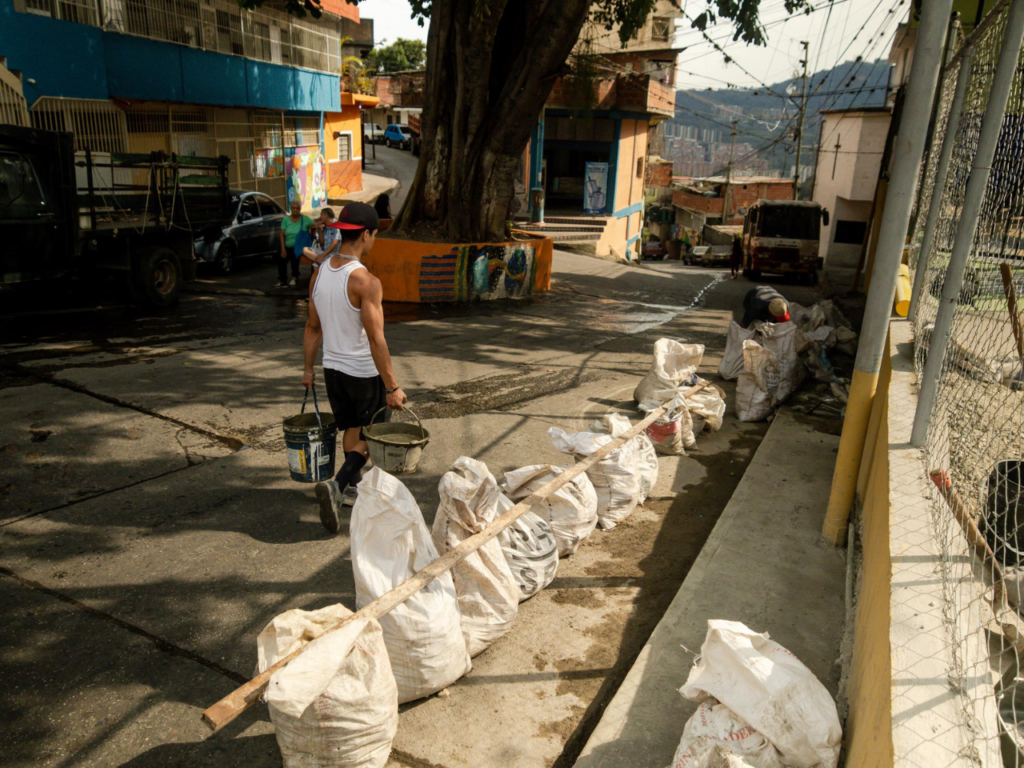
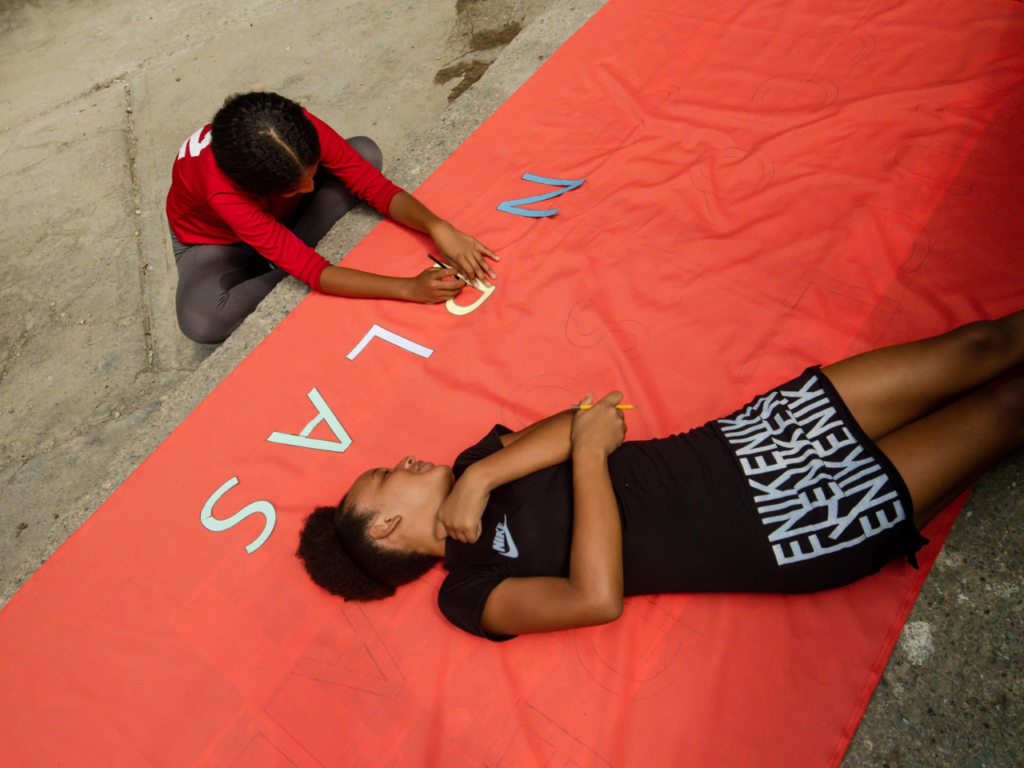
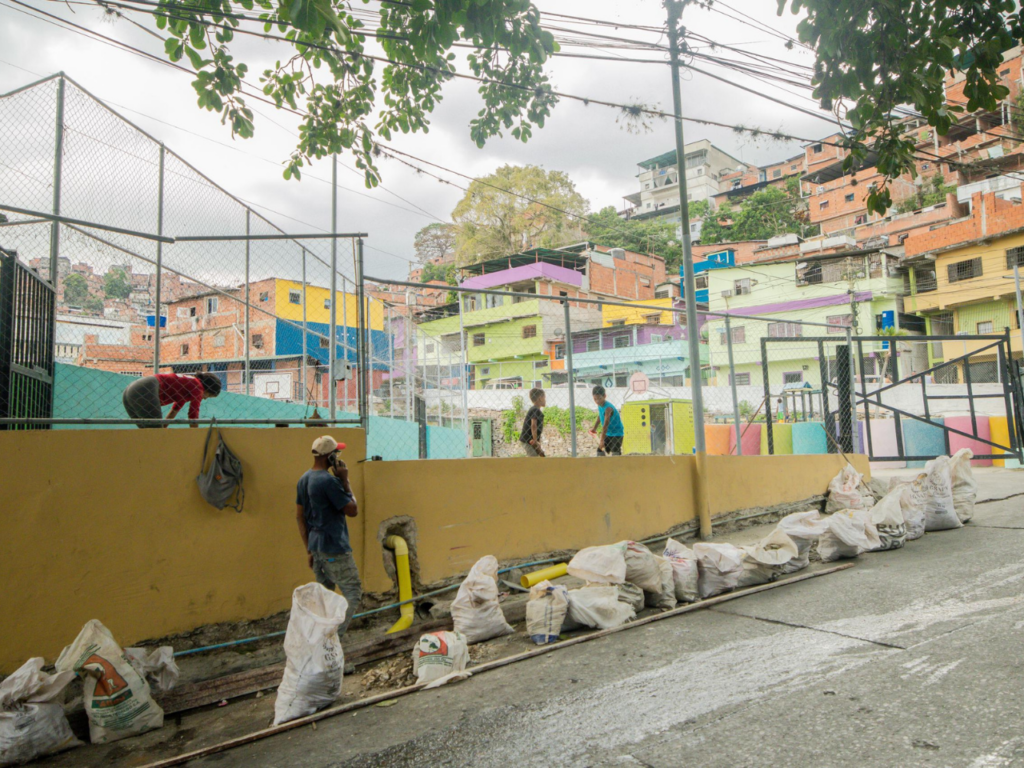
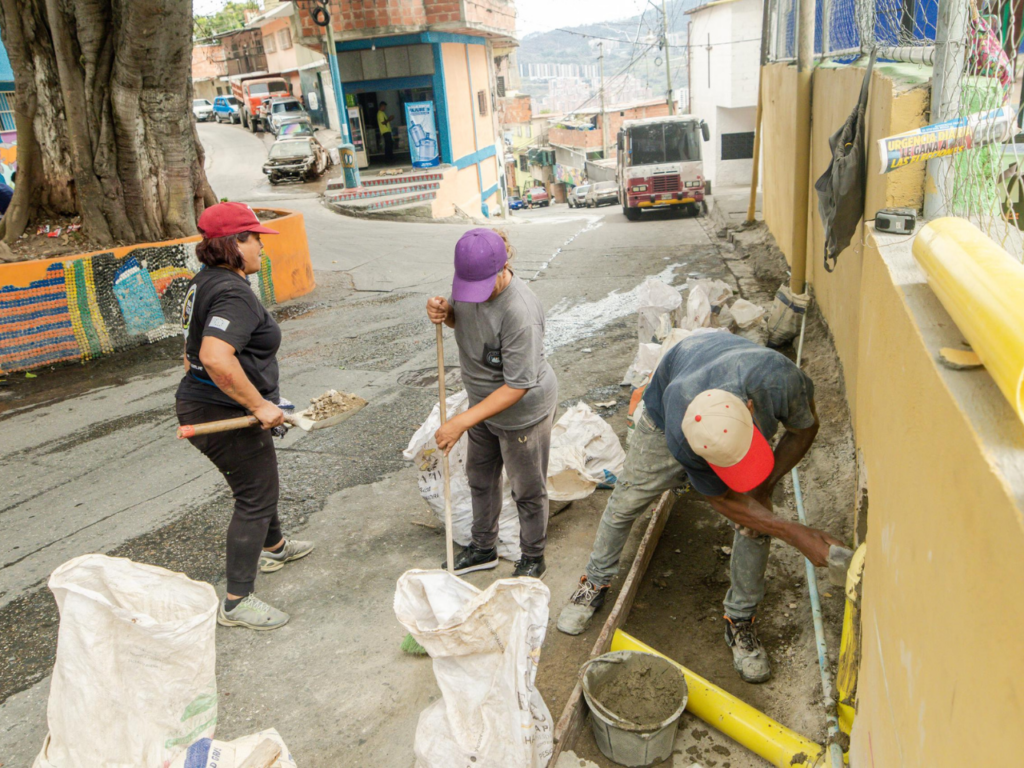
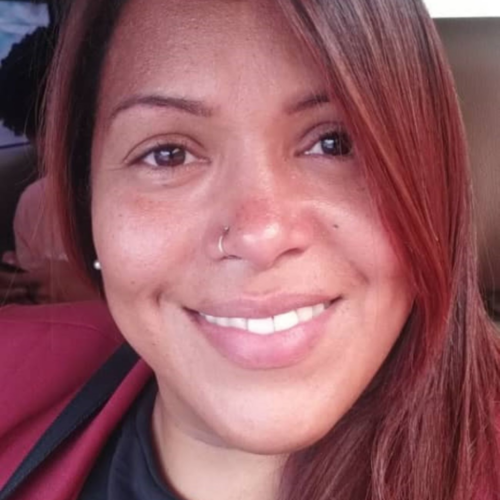
PETARE, Venezuela — Growing up in the San Blas neighborhood of Petare, it became a common sight for garbage to pile up at the corners of houses. The street cleaners, tasked with collecting the garbage, appeared once a week if at all. The neglect transformed San Blas into an apocolyptic landscape. Garbage choked our streets, piling up near schools, day care centers, homes, and businesses.
Without effective waste collection, mountains of trash accumulated, strewn across the ground. It emitted a nauseating smell. The rotten stench, coupled with environmental contamination, raised the risk of fires and spurred the proliferation of worms, flies, and other vermin, posing a significant danger to our community.
Seven years ago, while at home with family and friends, I experienced a moment of clarity. “We are going to remove the garbage,” I announced. The skeptical looks on the faces of my family and friends revealed their disbelief. “This garbage has accumulated for 40 years,” they said. “It is impossible to clean.” I stepped outside, collected the first bag of garbage, and as I lifted it, I felt a shiver of transformation ripple through me. It felt like the start of something big, even if I could not yet define what that was.
Read more environment stories from around the globe at Orato World Media.
As garbage piles up, crime increases: “At 15 years old, I witnessed the murder of my two cousins”
Growing up, my mother and grandmother served as the backbone of our household, earning their living as housekeepers. They taught me the value of cleanliness from a young age. We lived in a modest home made of wooden boards and sheets, nestled in a neighborhood struggling under the weight of extreme poverty. What we lacked in material wealth, we made up for in rich, strong values.
My mother spent 43 years working for Mr. Dennis Schmeichler who became my mentor. He ran a significant art business in Venezuela. Through her job, I encountered the fascinating world of art. Mr. Schmeichler taught me a vital lesson: never let anyone look down on you because you grew up in a poor neighborhood.
In some areas of San Blas, the waste left only narrow channels for vehicles to pass through, forcing everyone to navigate the filth. People rummaged through the garbage, searching for items to eat or sell. Desperation led to scuffles. Meanwhile, water collected in potholes, adding to the challenge.
We grappled with a lack of essential services like electricity, and the constant threat of insecurity loomed over us. Every day felt like a struggle to survive. At 15 years old, I witnessed the murder of my two cousins. To see their lives end abruptly felt horrifying. We could feel the violence creeping in.
The tragedy hit closer to home when my uncle, who was like a father to me, was murdered for what little he had in his possession. They killed him while he worked as a cab driver, leaving his body discarded on the sidewalk until we went to retrieve it.
Residents, angry about the cleanup, tried to burn down her house
When I started my clean-up project, one by one, people began to join me. It felt moved seeing our numbers grow as we exchanged smiles and shared laughter. Cleaning only fueled our excitement. It took a year, but we cleaned the first area and from then on, every morning, alongside my family and friends, I guarded that spot. We ensured no one dumped new trash there, explaining the importance of keeping the area clean and directing people to designated disposal areas.
Removing the garbage, however, sparked fierce backlash among some neighbors. Our efforts led to thousands of verbal threats and one night, someone set fire to part of my mother’s house. We extinguished the flames with the help of neighbors who threw water alongside us. We recognized, enough was enough. After putting out the flames, with tears in my eyes, I sat with my mother at the doorstep. I asked, “Should we continue with what we started?” She cupped my face in her hands, looked into my eyes, and said, “Even if we are afraid, we have to keep going. This path is the right one.”
I took her hands, nodded, and felt a surge of strength flow through me. At that moment, I knew nothing could stop us. Our project evolved to include painting murals, bringing vibrant life to streets previously full garbage and dreary walls. Now, people of all ages approach us, suggesting which walls could use a splash of color. They invite us to brighten alleys, and it suddenly feels like everyone is joining hands. I set out to recover and transform at least 15 public spaces in our neighborhood. We picked up garbage and swept with brooms made of recycled plastic containers. Curious and enthusiastic youth joined us, eager to take part in the change.
The neighborhood became a vibrant and clean canvas
As we cleared out the trash, the transformation of our community became visible, and more neighbors got involved. Motivated by the improvements, we began fixing the streets, and slowly, our surroundings changed. Gradually, the broom became a symbol of our initiative, drawing more and more young people to join the project. We led by example, teaching the importance of maintaining clean living environments and communal spaces. We showed how to dispose of garbage correctly and inspired children and young people to participate in community clean-up efforts.
The first time we decided to paint, we had little experience, but we felt excited. The streets were clear, and my cousin and I, armed with pots of colorful paint and brushes, set out to bring life to a dreary corner wall. We imagined we were opening a new door. We hesitantly painted the initial strokes, but they soon blossomed into vibrant flowers and the phrase “Parada el triunfo” (Stop the Triumph).
The transformation was so striking that buses stopped at that corner, a place they previously passed right by. I soon connected with some muralists and we founded the artists’ collective known as Haciendo Ciudad. This collaboration took our transformation to the next level. The movement gained momentum, drawing more and more participants. The streets of our neighborhood became a vibrant canvas. Children passed brushes and paints, meticulously touching up edges and filling in lines. Adults contributed too, handing out coffee and sharing bread to ensure everyone’s involvement – painters, helpers, delivery people, and curious onlookers.
Garbage cleanup and community transformation ignite a youth movement
As drivers slowed to see the work, our revitalized streets became a community exhibit in motion. Our efforts eventually led to the formation of an organization called “Uniendo Voluntades” (Uniting Wills). The streets became a hub of artistic projects like Share the World, orchestrated by international artist Dudu, which gave local youth the opportunity to learn the art of muralism. I watched as a young man, previously lost to addiction, leading a mural project. Tears welled in my eyes as I watched him paint, brush in hand, with a smile spreading across his face. He was transformed by purpose. Soon, art became a turning point for delinquent youth.
I encountered another young man named Esteban Ruiz at a neighborhood corner. Despite his exceptional drafting and art skills, Esteben doubted himself. With no familial support, he struggled with low self-esteem and vulnerability. Through our collective support, he began to see opportunities. The beauty and complexity of Esteban’s drawings amazed me. I quietly admired his work and praised his talent. When I asked about his favorite artists, he named people who were my friends, so I introduced him. He thanked me with a shy smile. Today, Esteban works alongside Dagor, a renowned muralist, and is on his way to becoming one of the country’s leading artists.
Jhon Dani Salazar represented another inspiring transformation. Jhon navigated the rough terrain of our neighborhood, growing up in a dysfunctional, violent home. Our movement gave him new aspirations. Today, he serves as a student, rapper, and environmental activist. Every day, young people here discover hope. They listen to their hearts and dream.
Today, the neighborhood of San Blas is lit up with community spirit
This work, spanning several years, can be measured in color. Hundreds of murals now decorate facades, schools, streets, and alleys. In San Blas, we gauge time by the determination of the people, mobilized and united. We made the shift from anarchy to clean, harmonious living. Our newest project – transforming an abandoned lot and garbage dump into a hub for social and cultural activities – will give the community a vibrant event space. It will serve as a beacon for activism, art, and community. To fund it, we transformed 41 brooms into pieces of art, a symbol of our community’s resolve. We showcased them in the art gallery we created at mom’s house.
When I go outside and see young people eagerly sweeping streets with their little brooms and bags, a thrill runs through me. I feel an indescribable energy surge in my body. “Activate the power of the broom,” they shout. I pause, look around, and I realize, we are succeeding. Now people who never came to San Blas arrive to visit. Community representatives arrive, eager to replicate our transformation where they live.
The youth have become our ambassadors, spreading our cause across municipalities. Each completed mural unleashes joy, love and celebration. We delight in the final brushstroke, erupting in applause, cheers, and laughter. Today, the entire neighborhood is lit up, illuminated by our collective spirit.
All photos courtesy of Adrian Naranjo.
